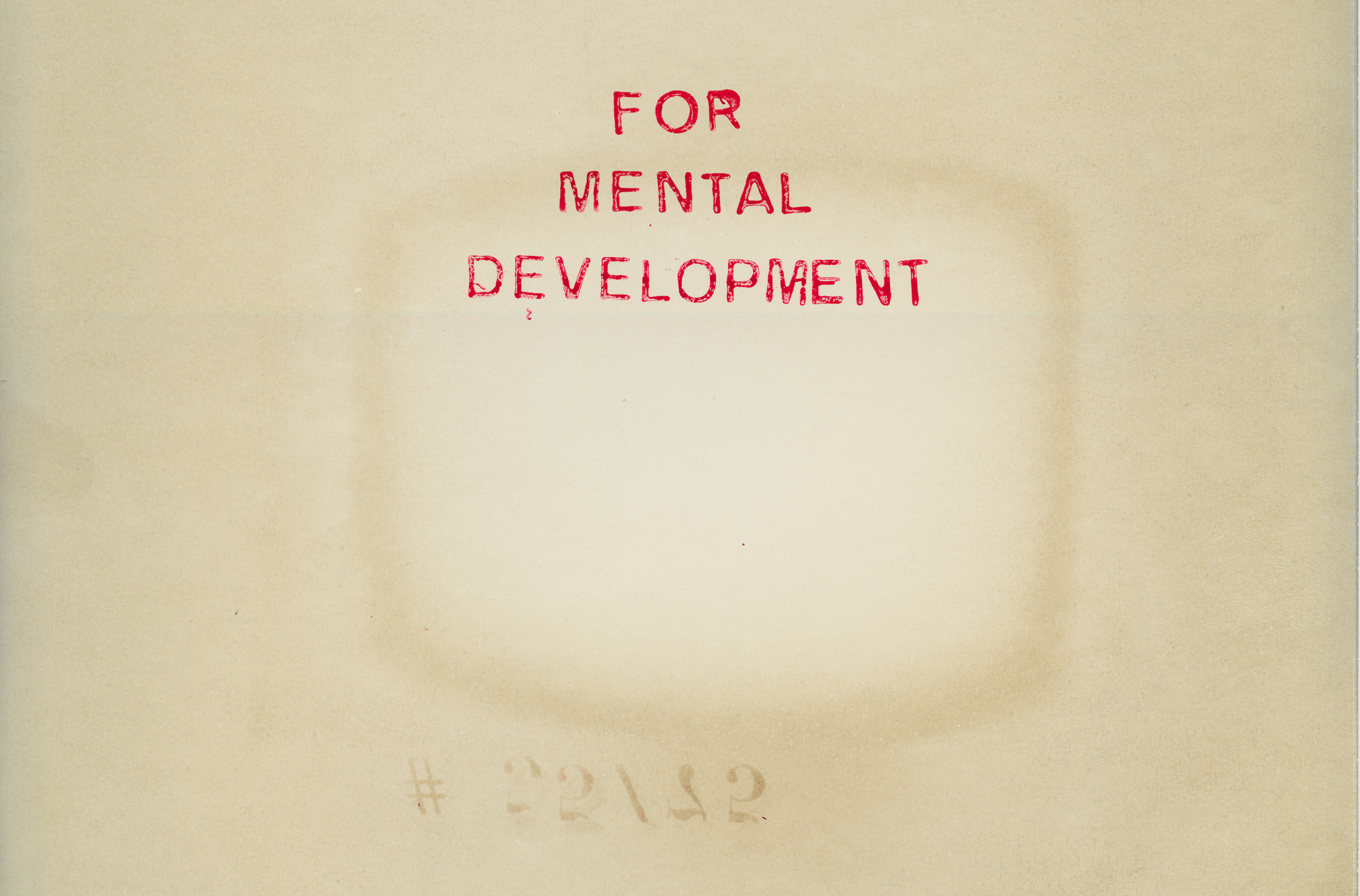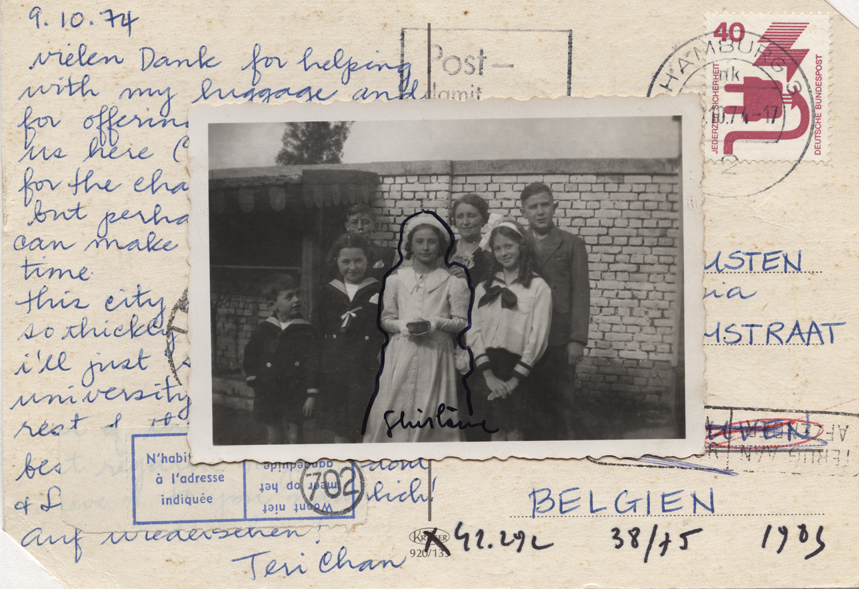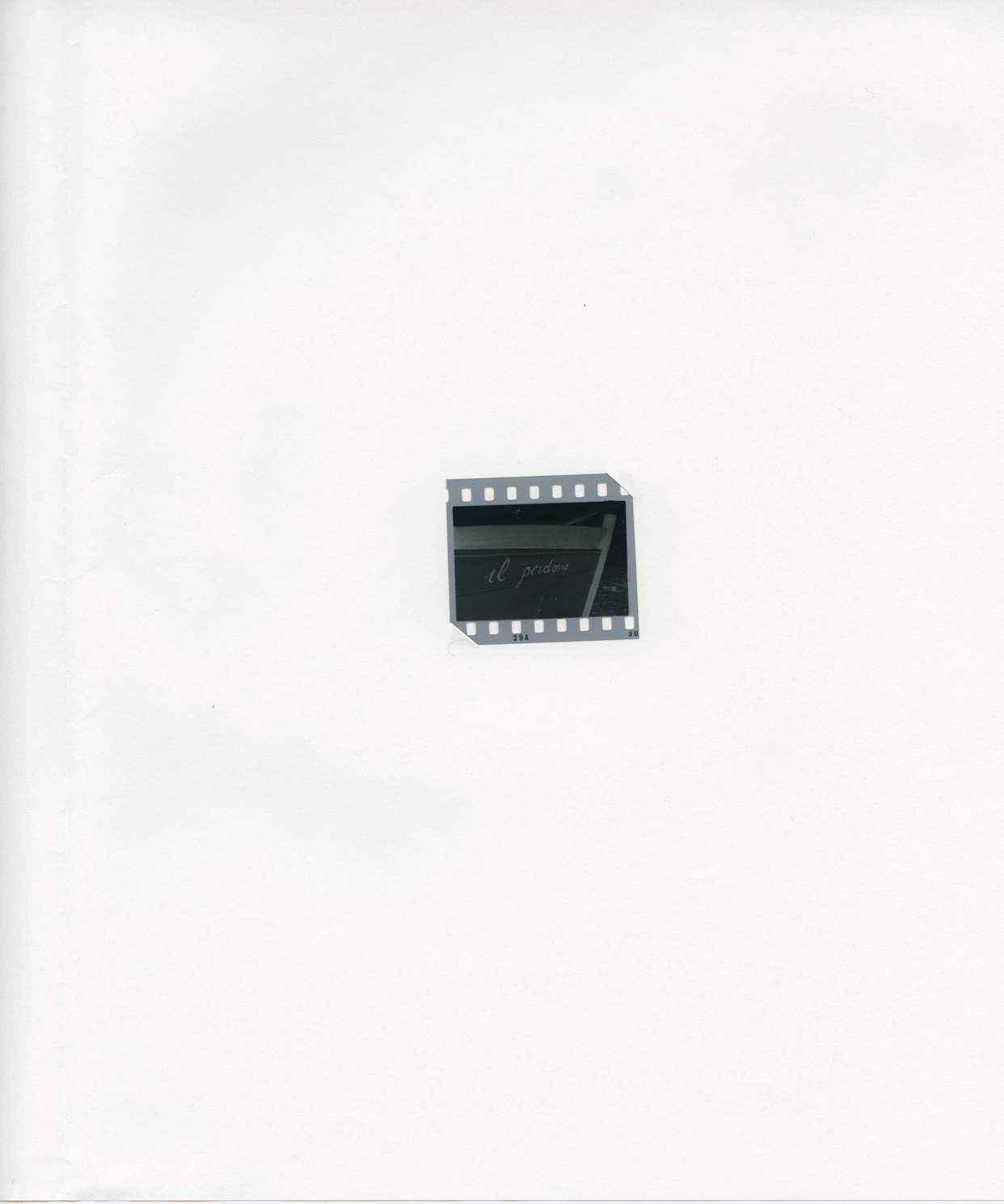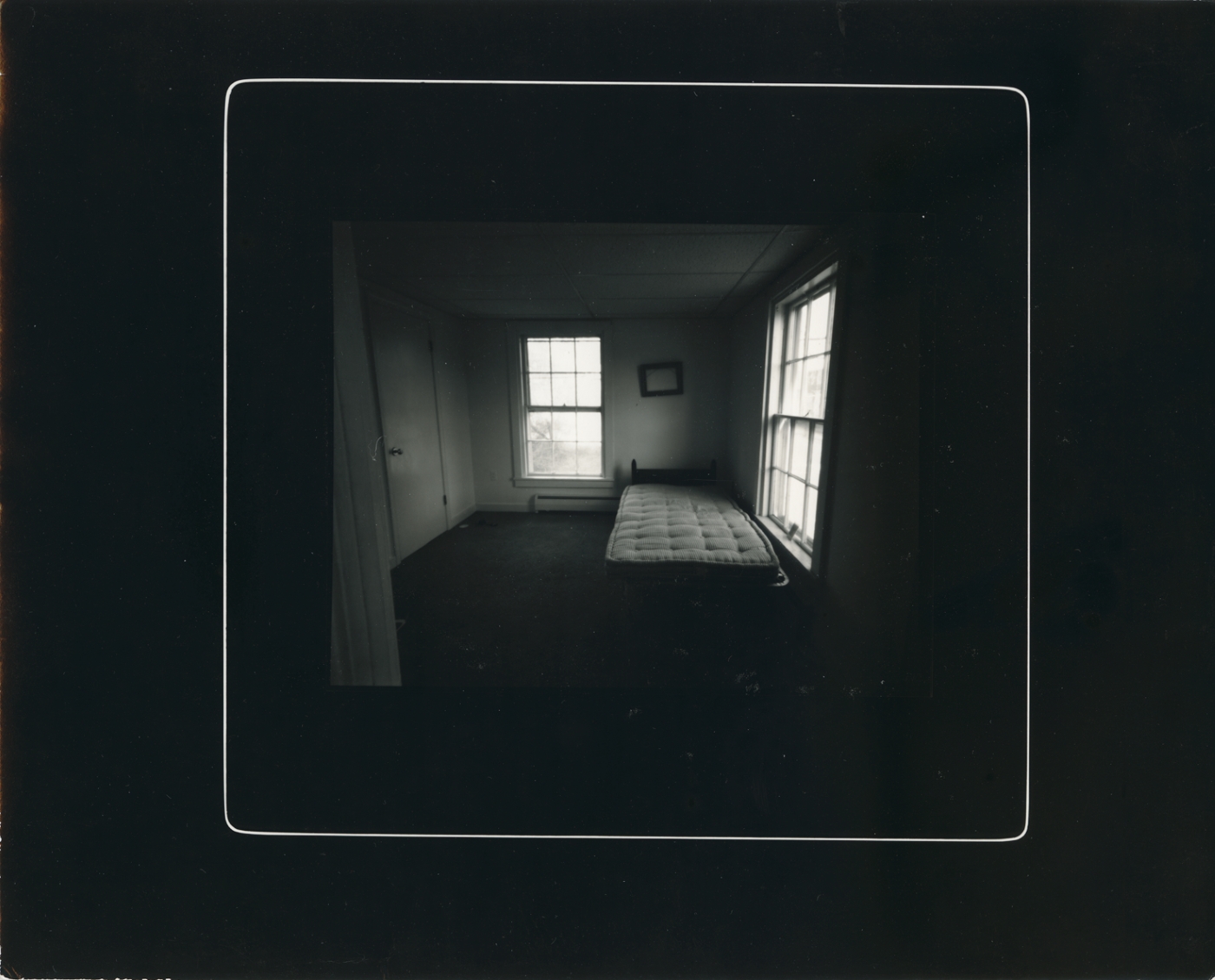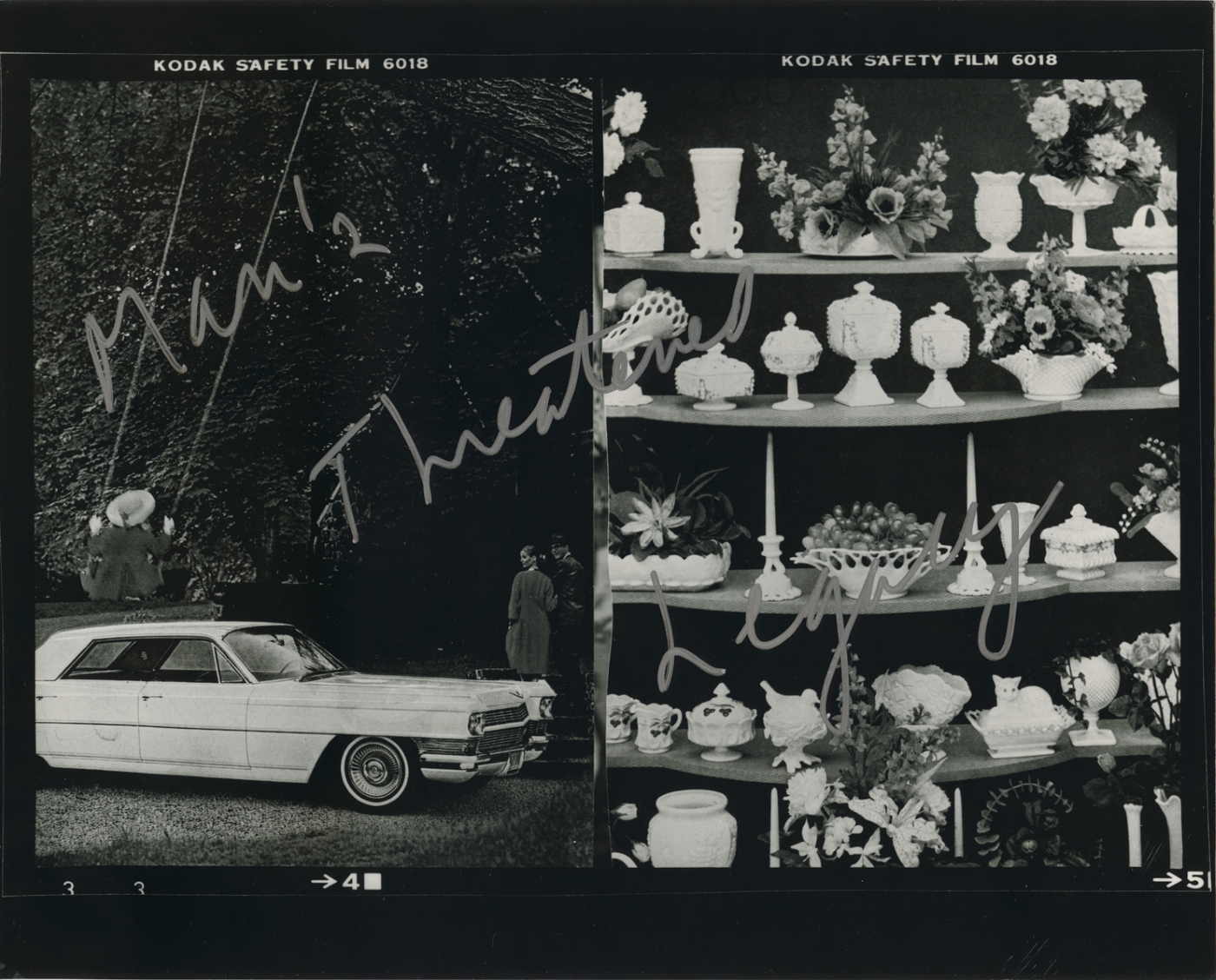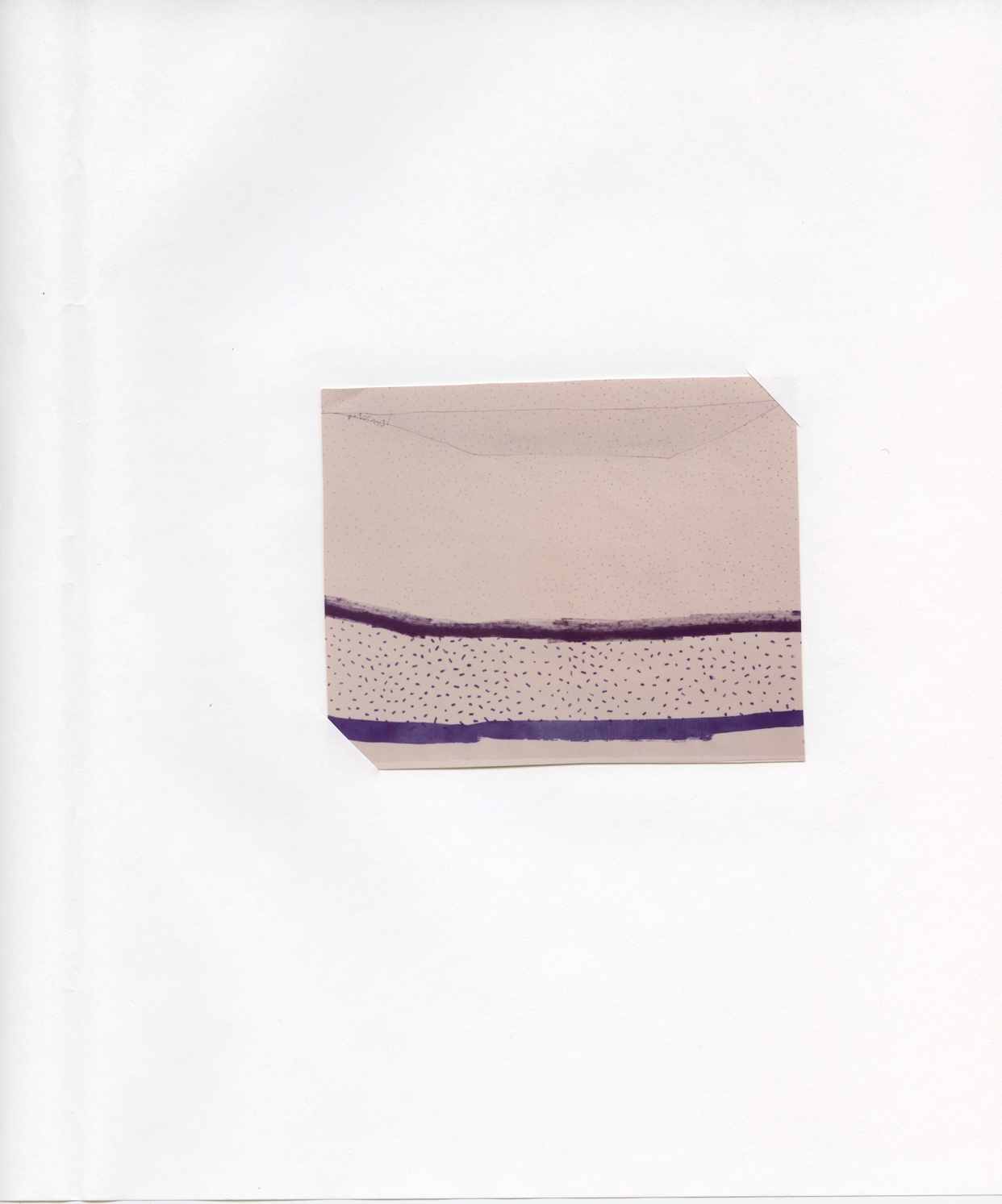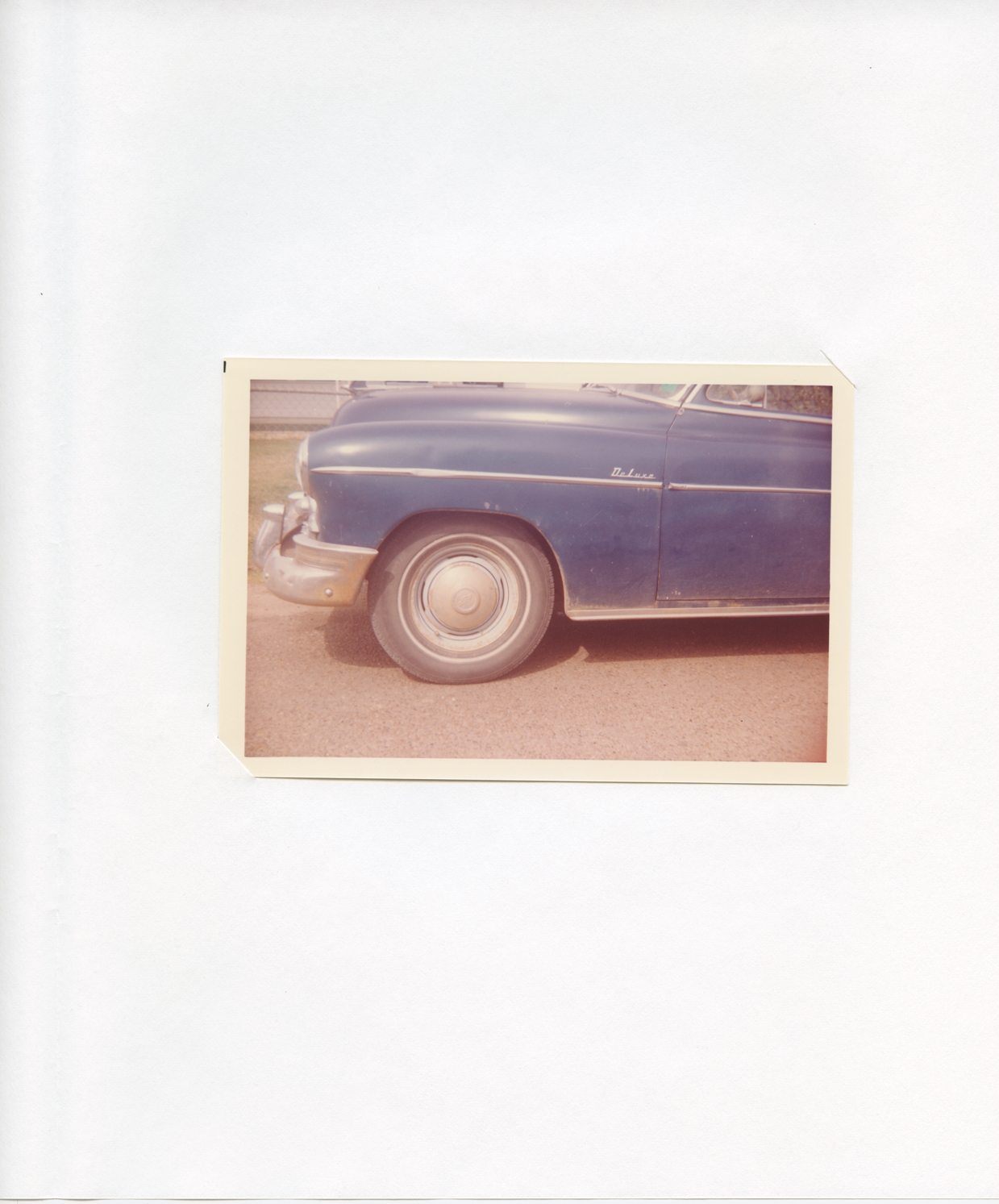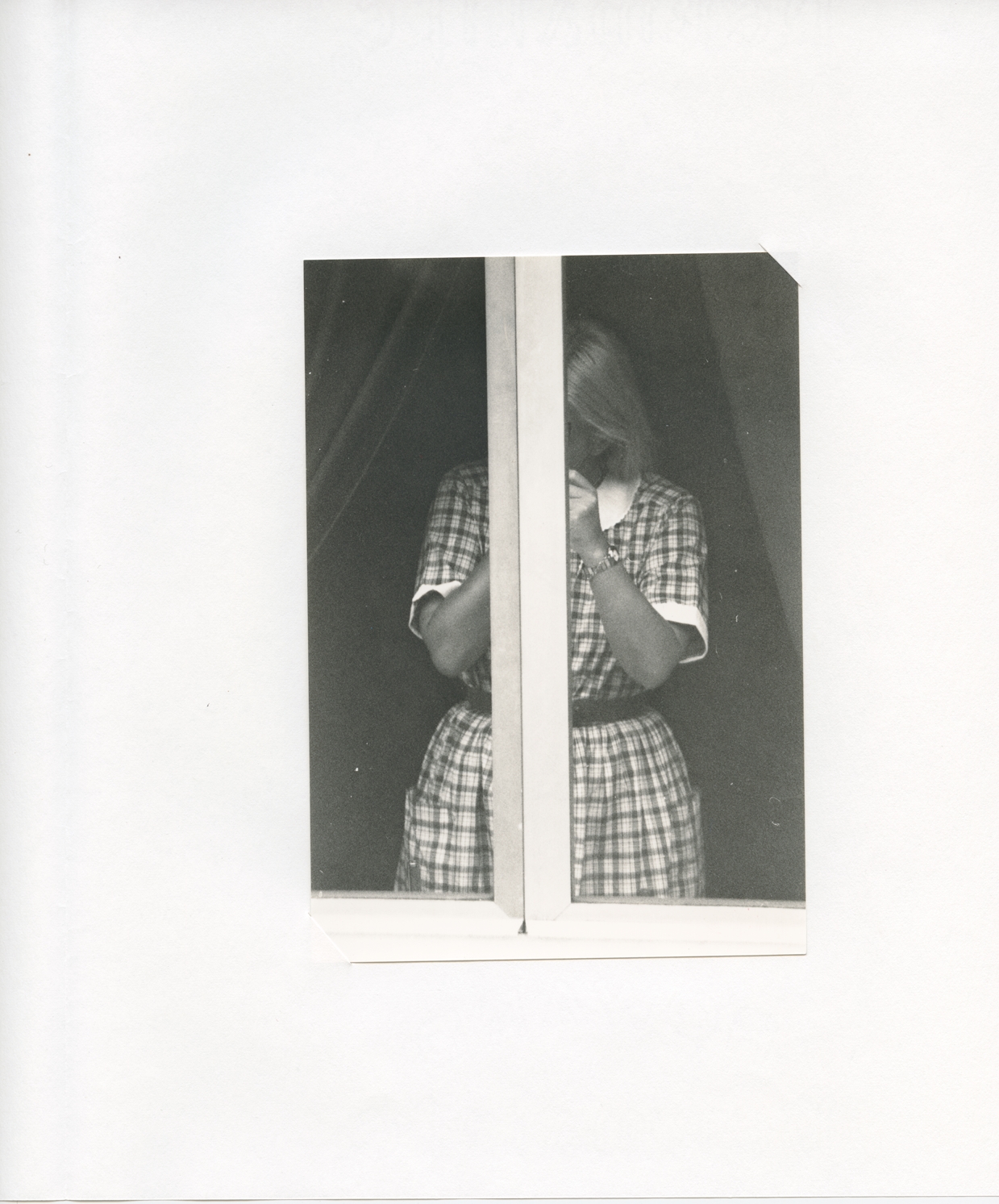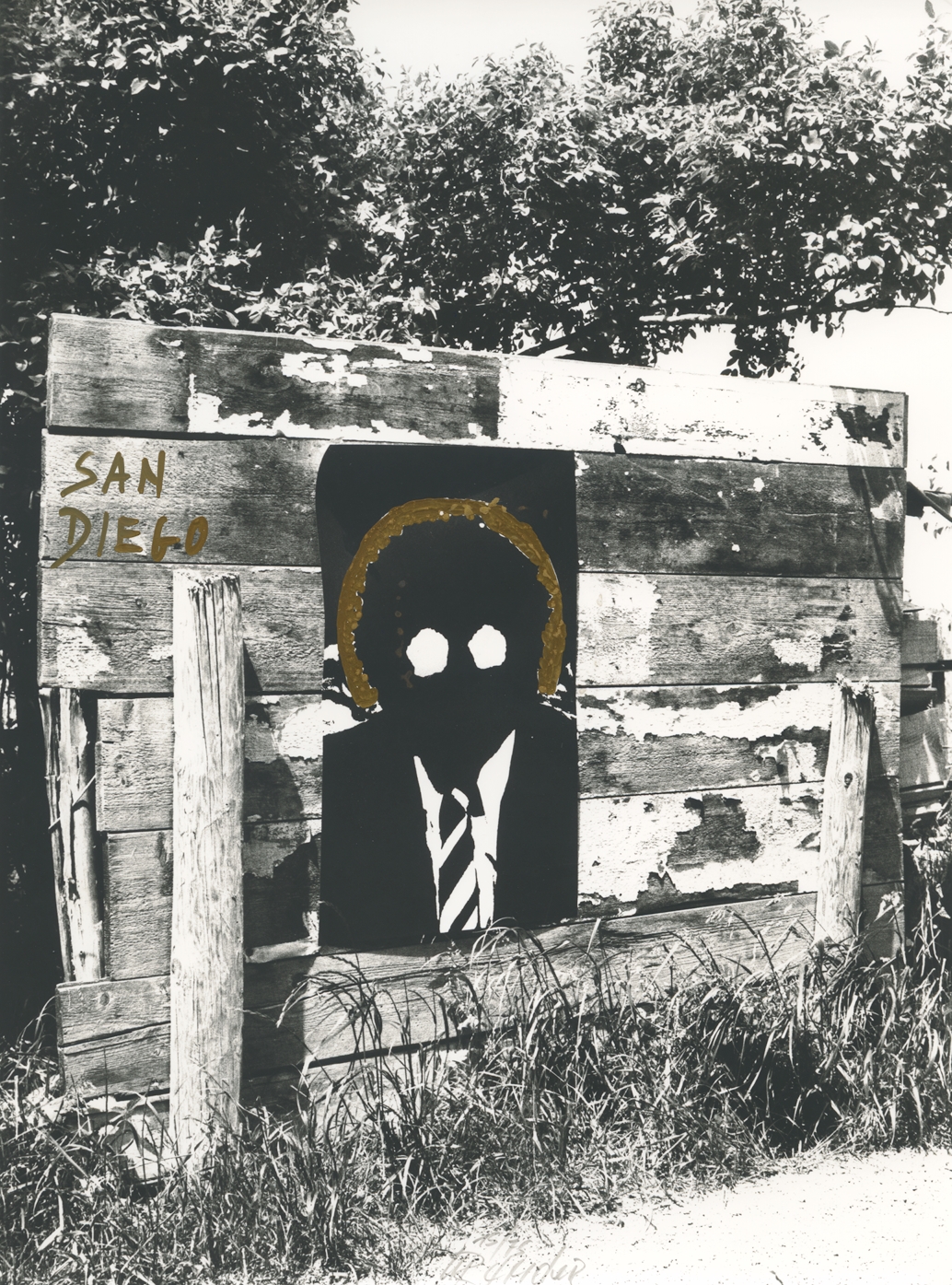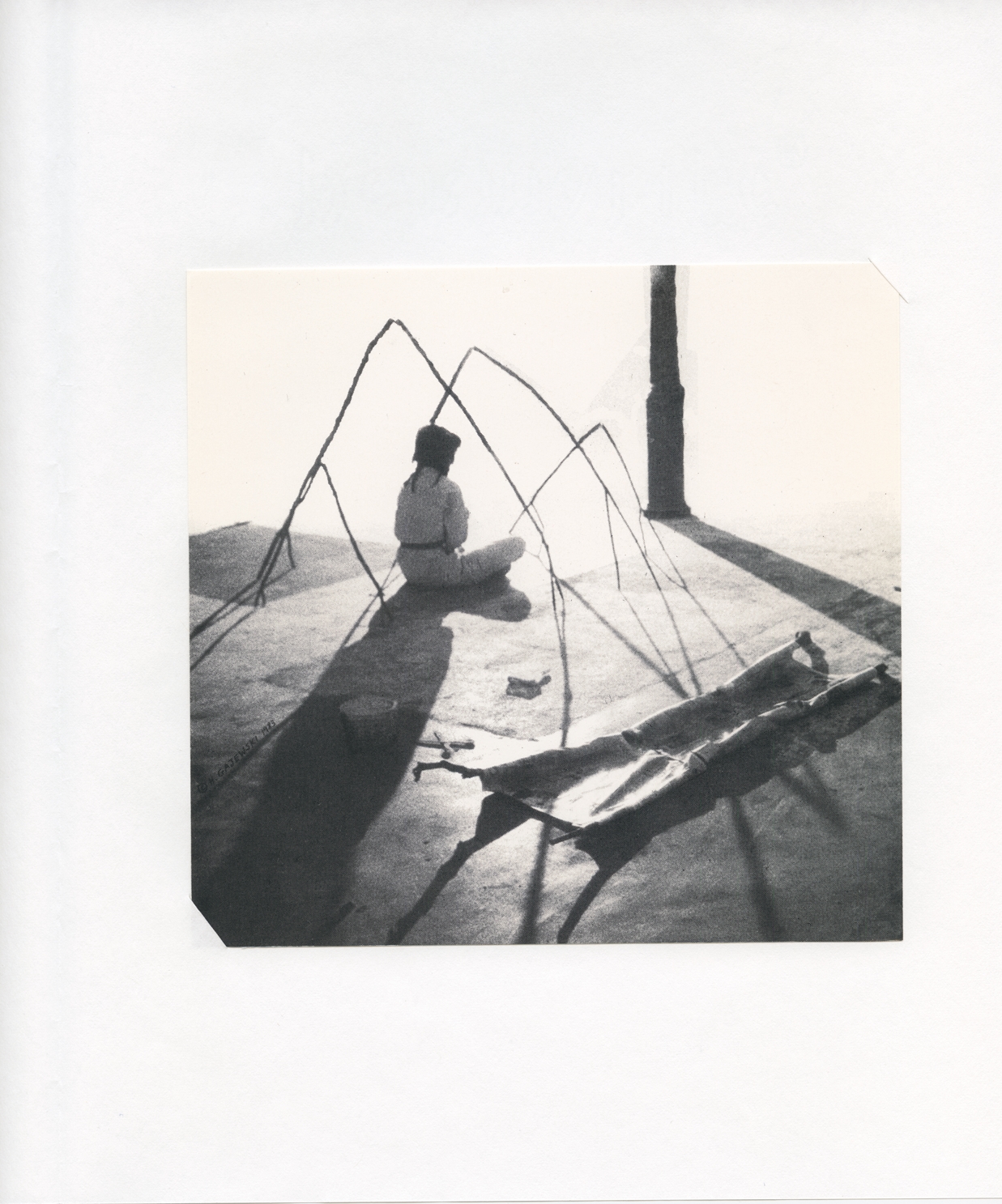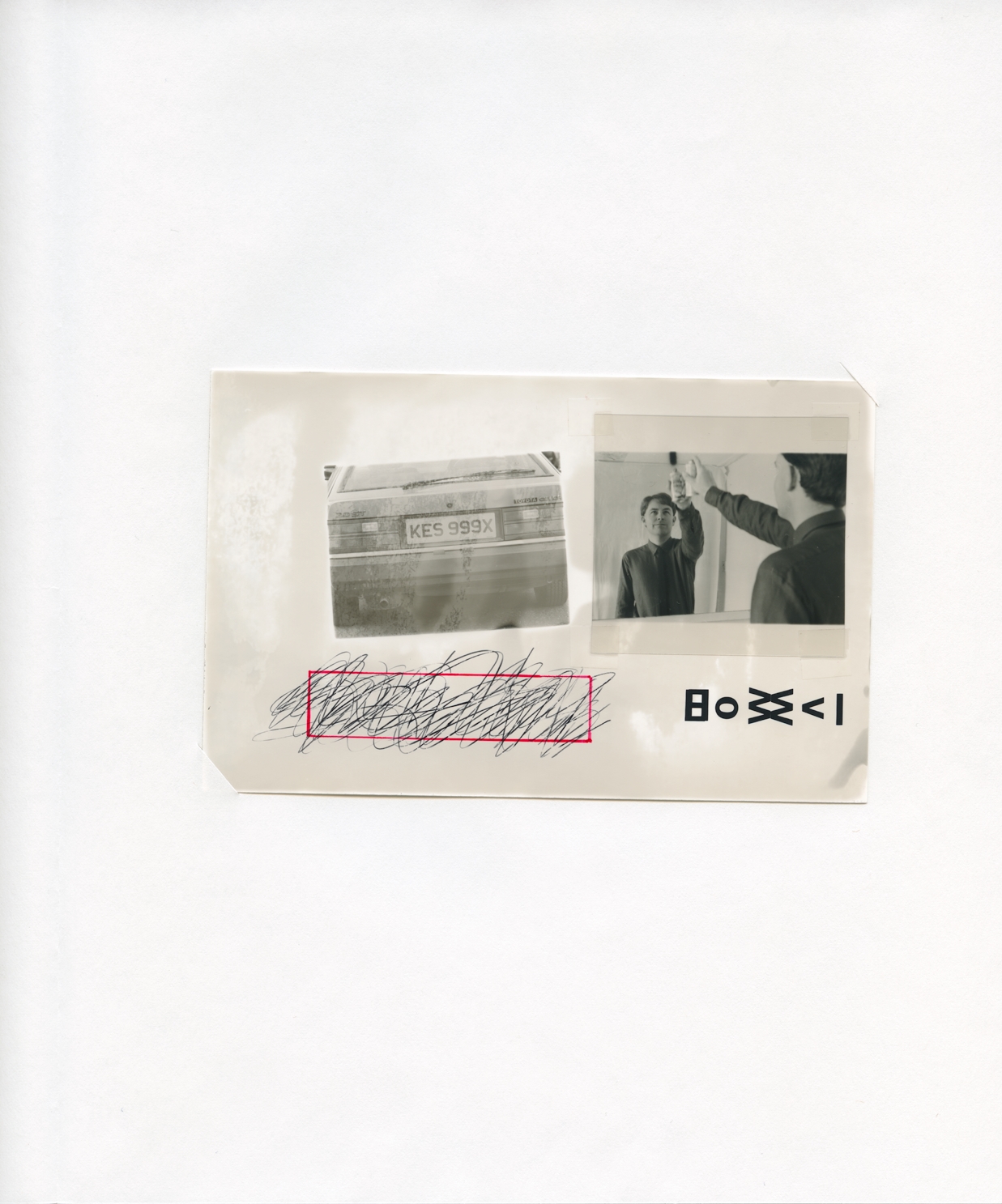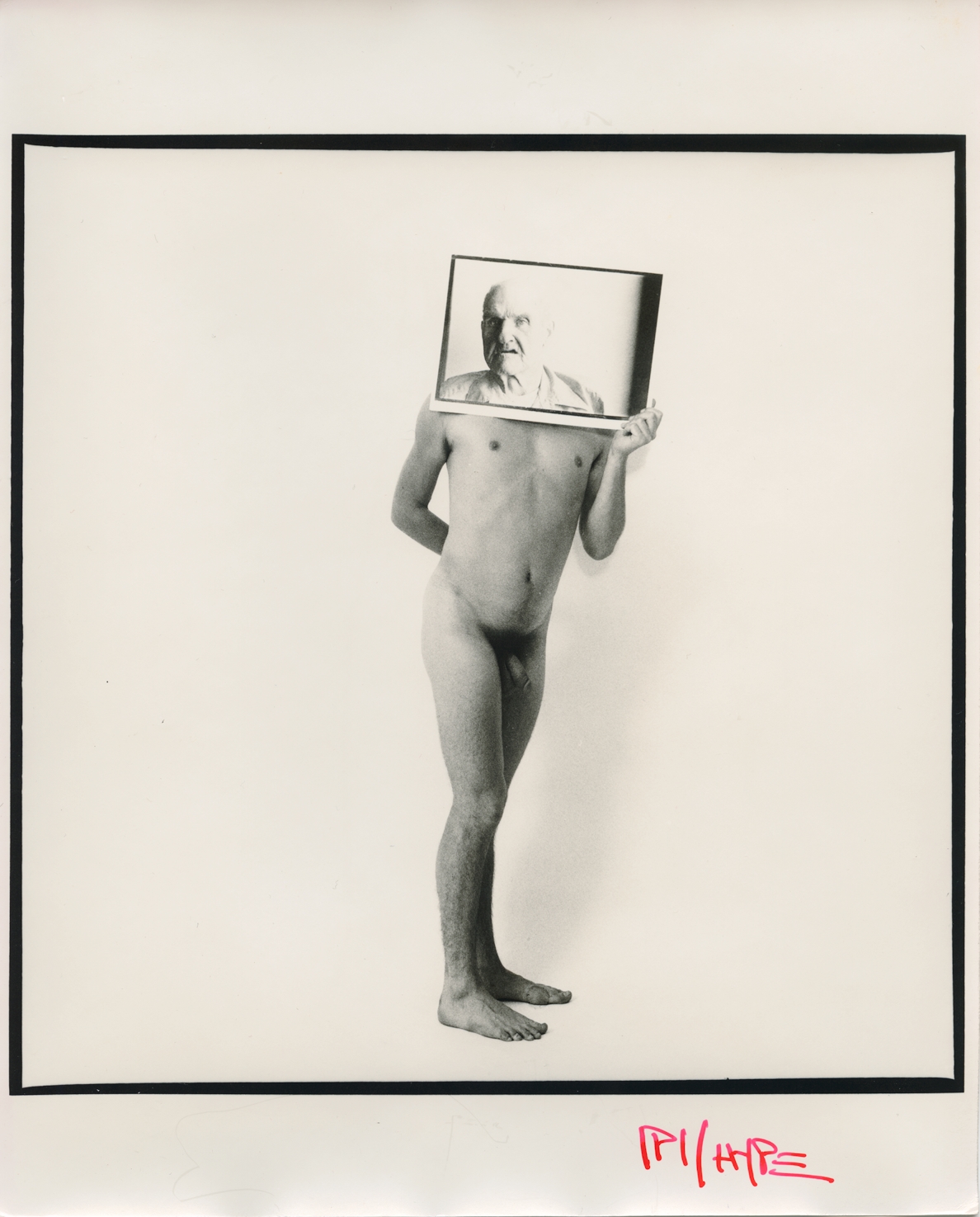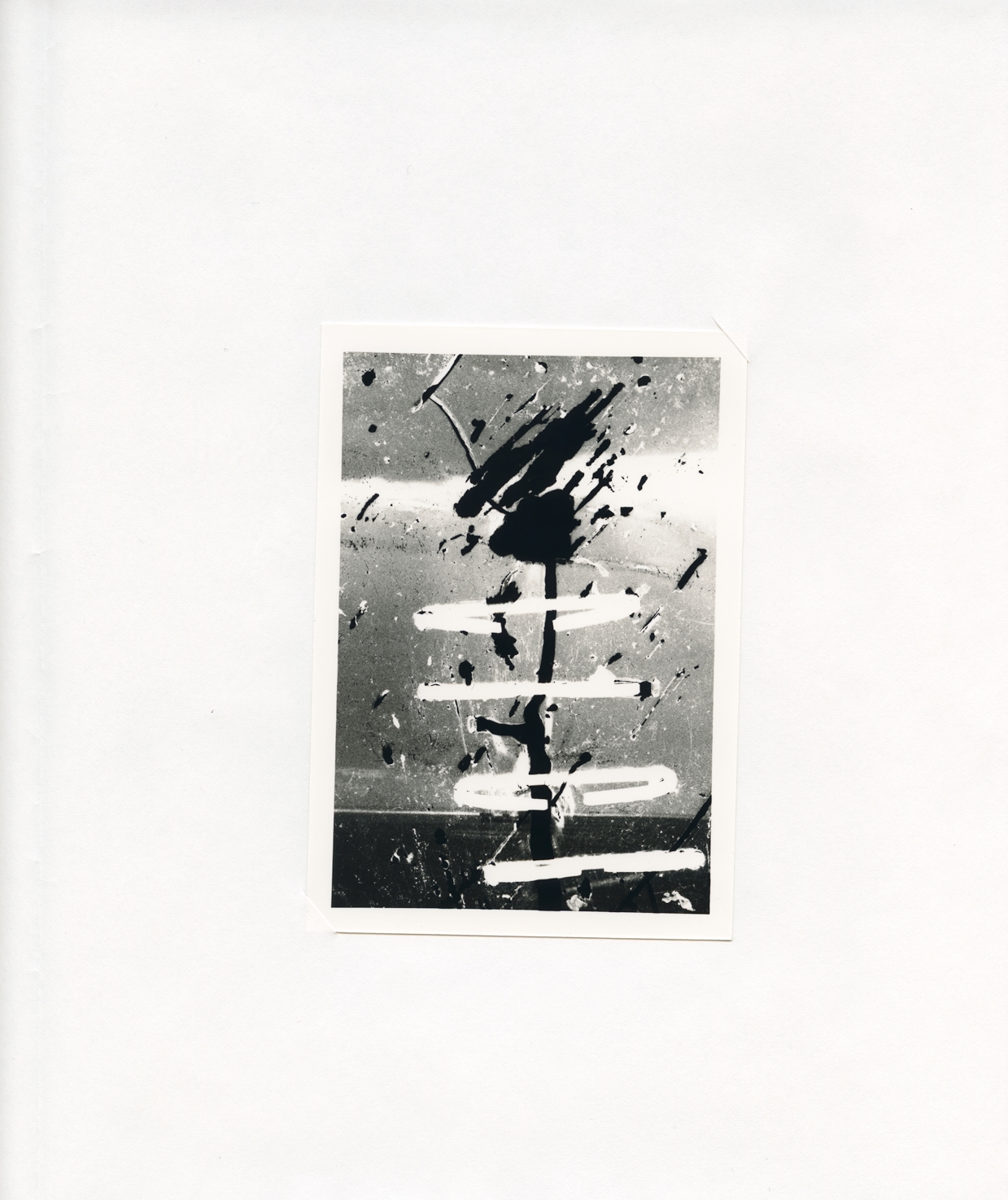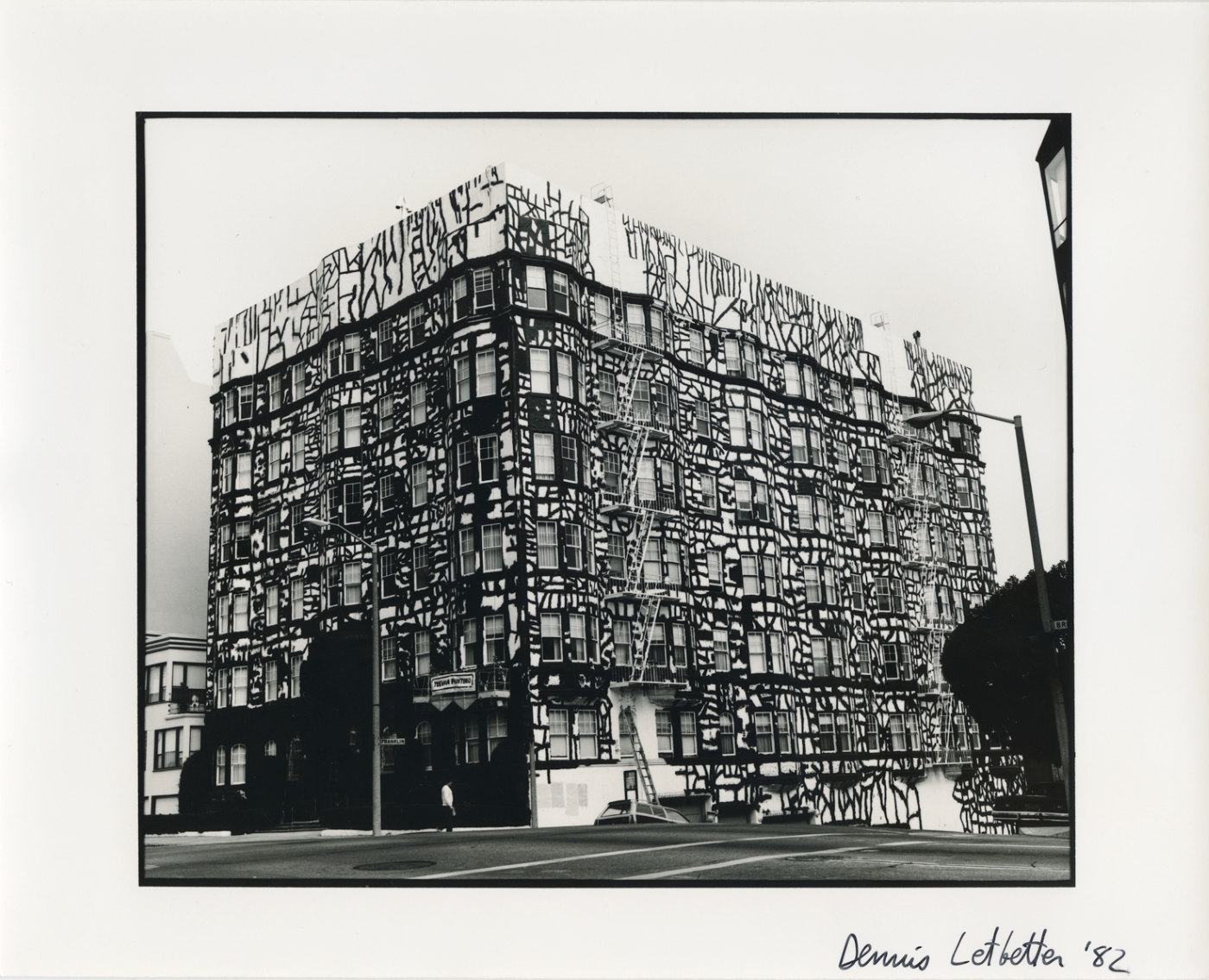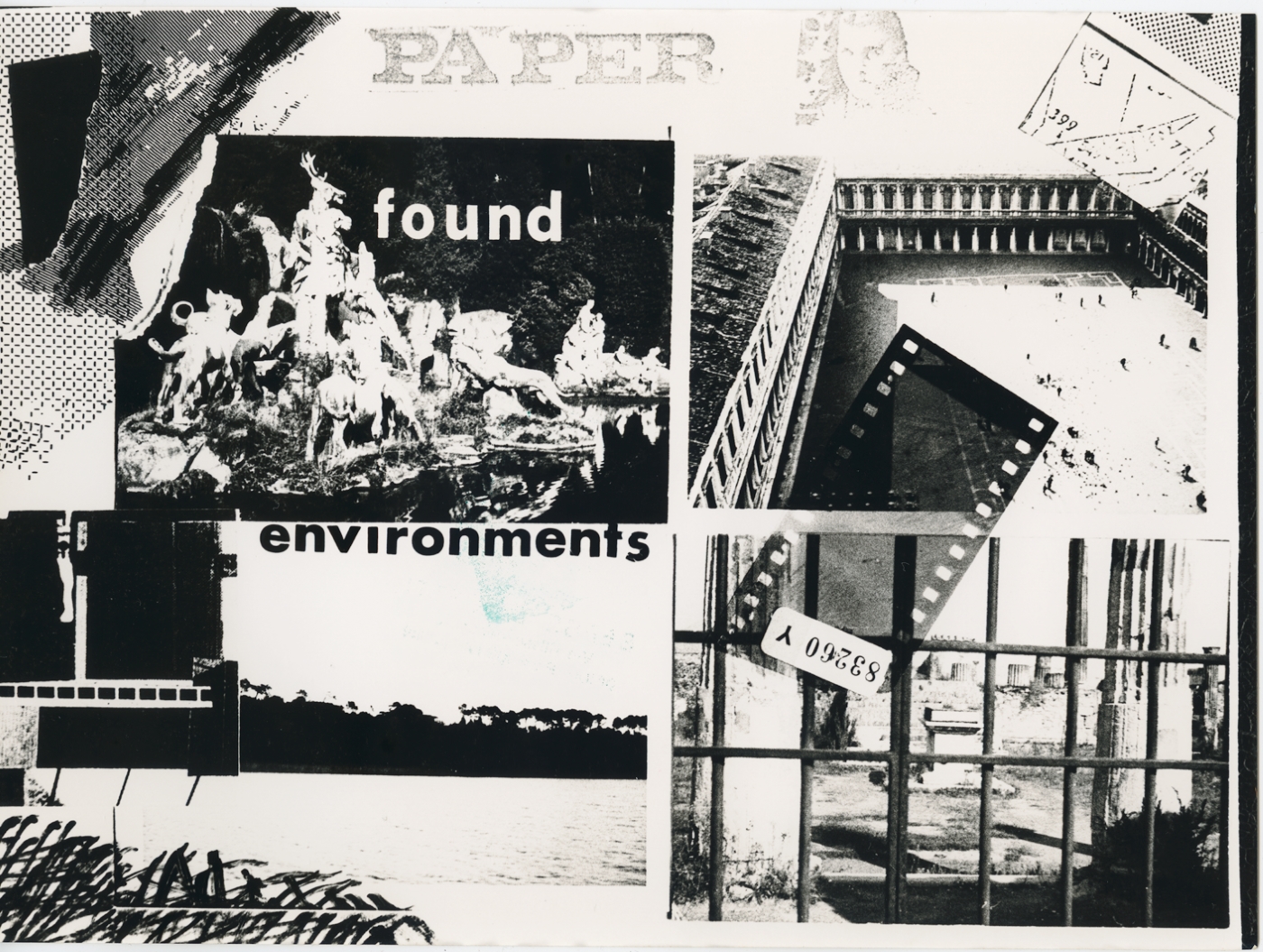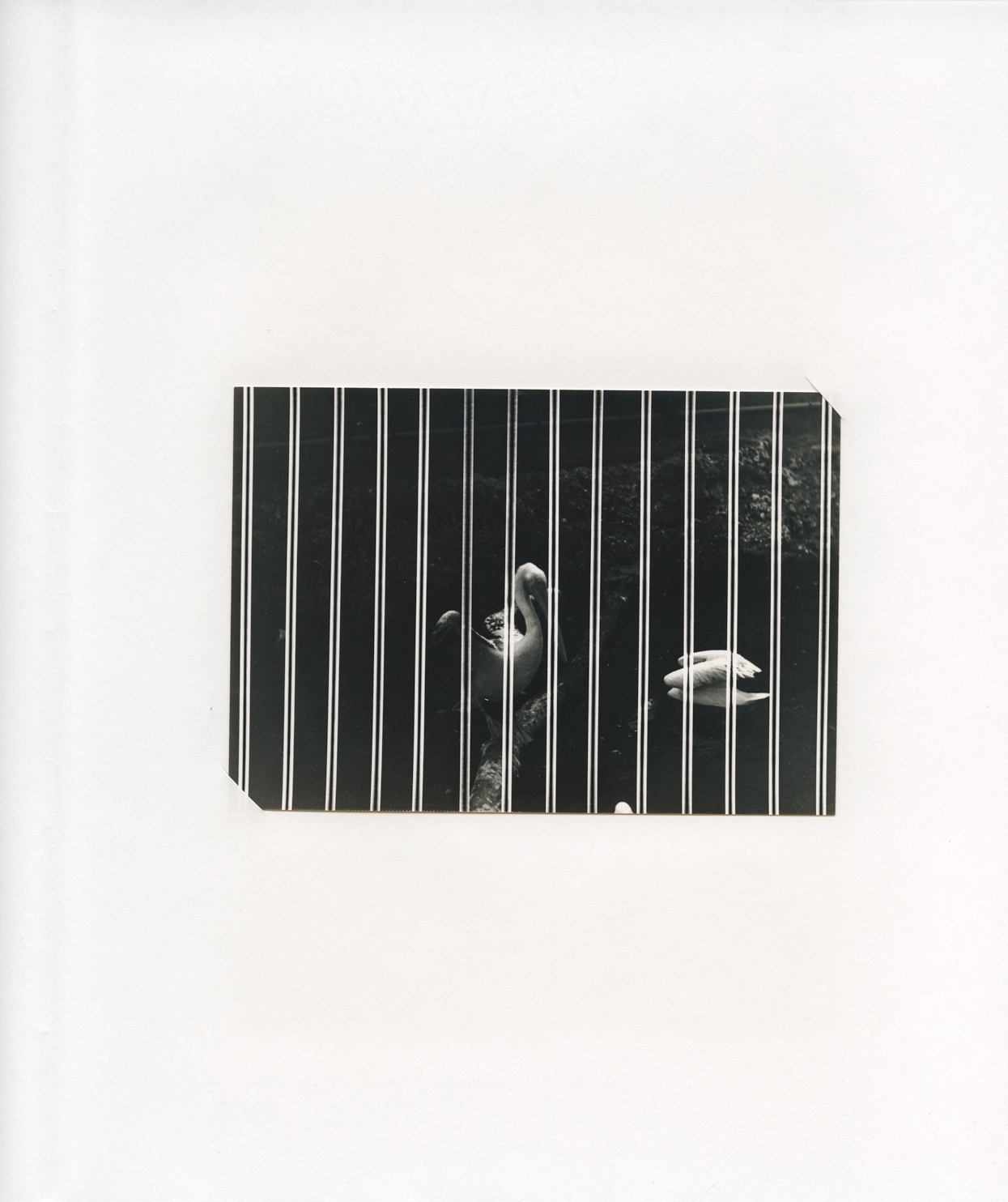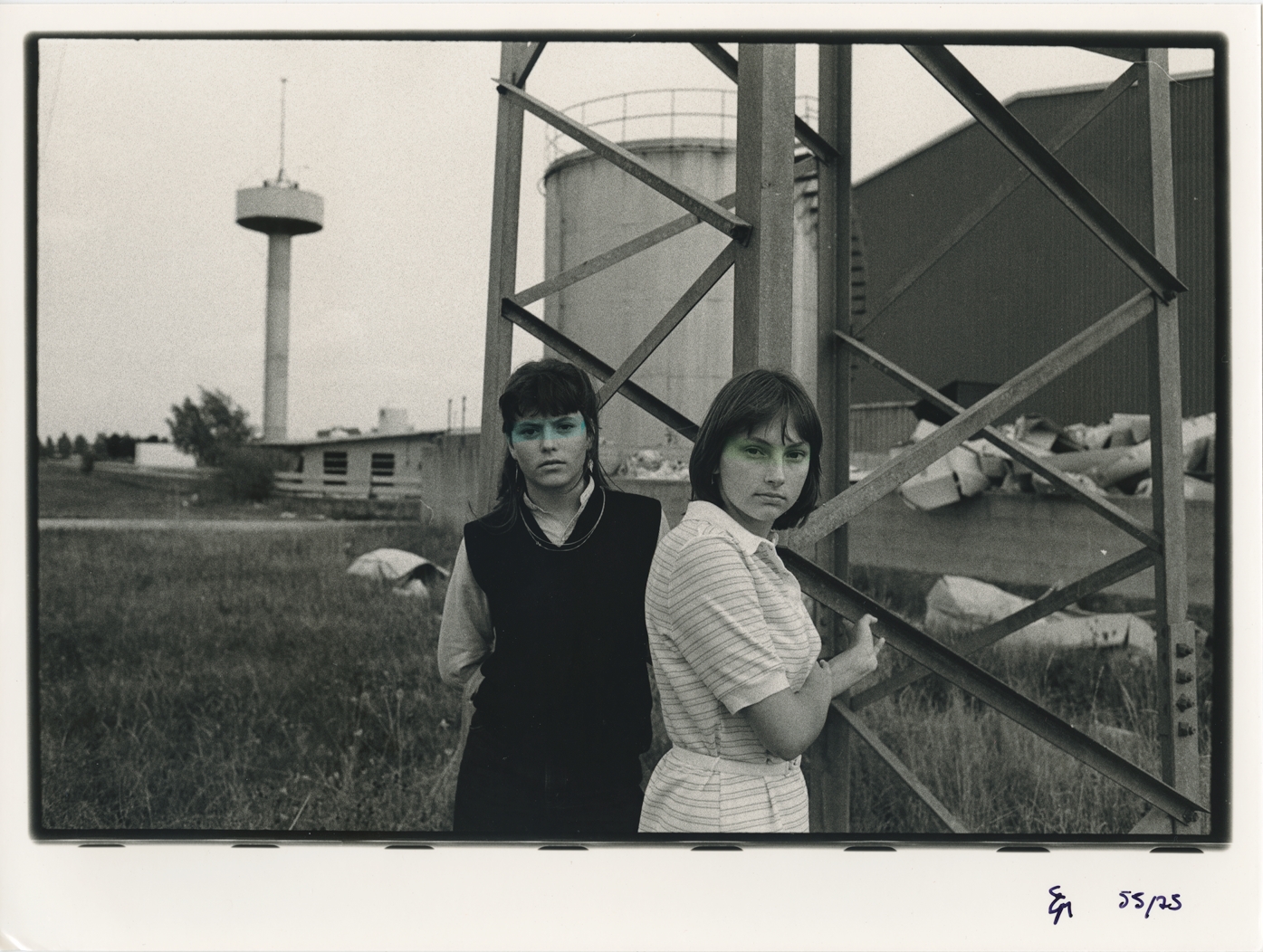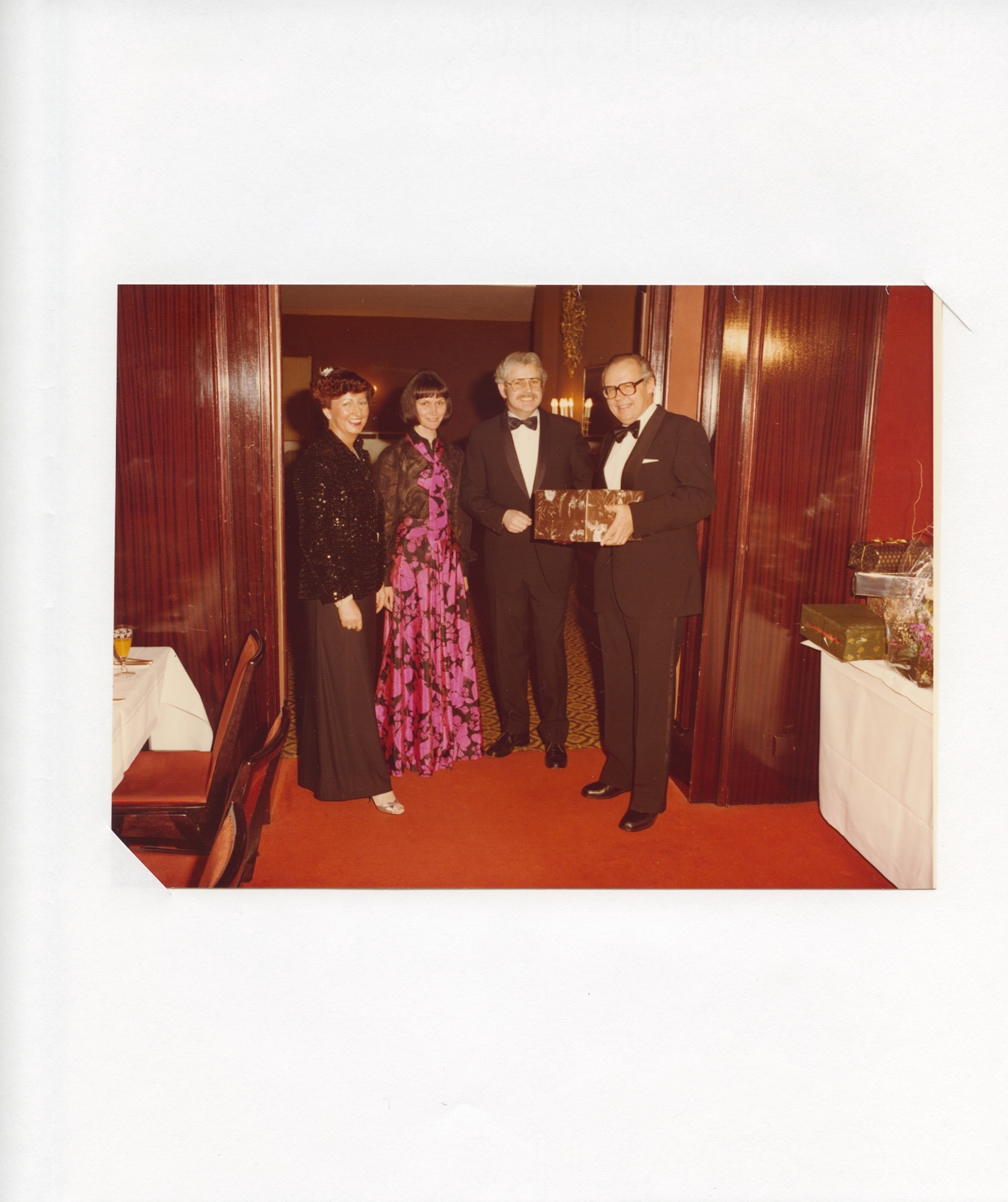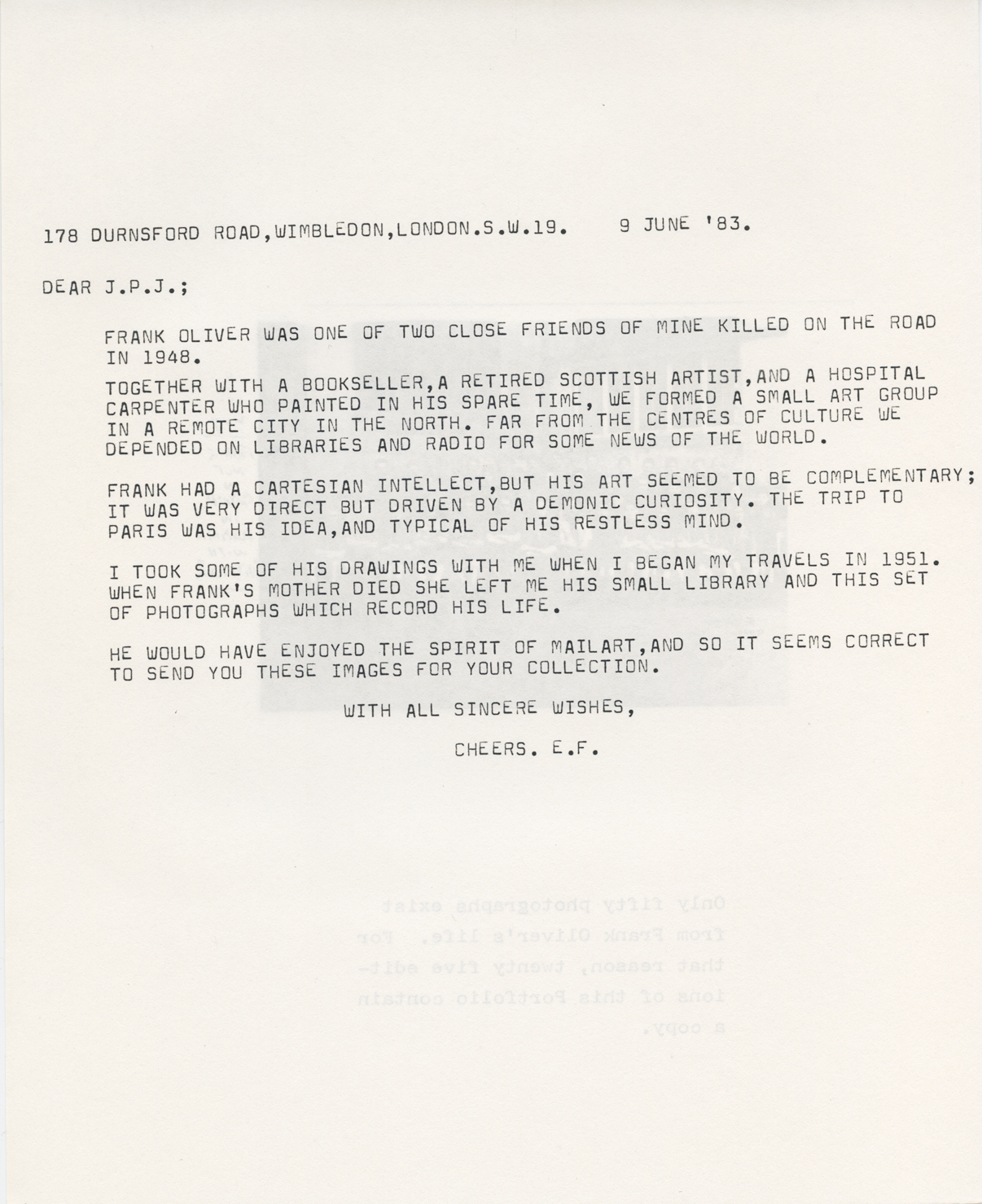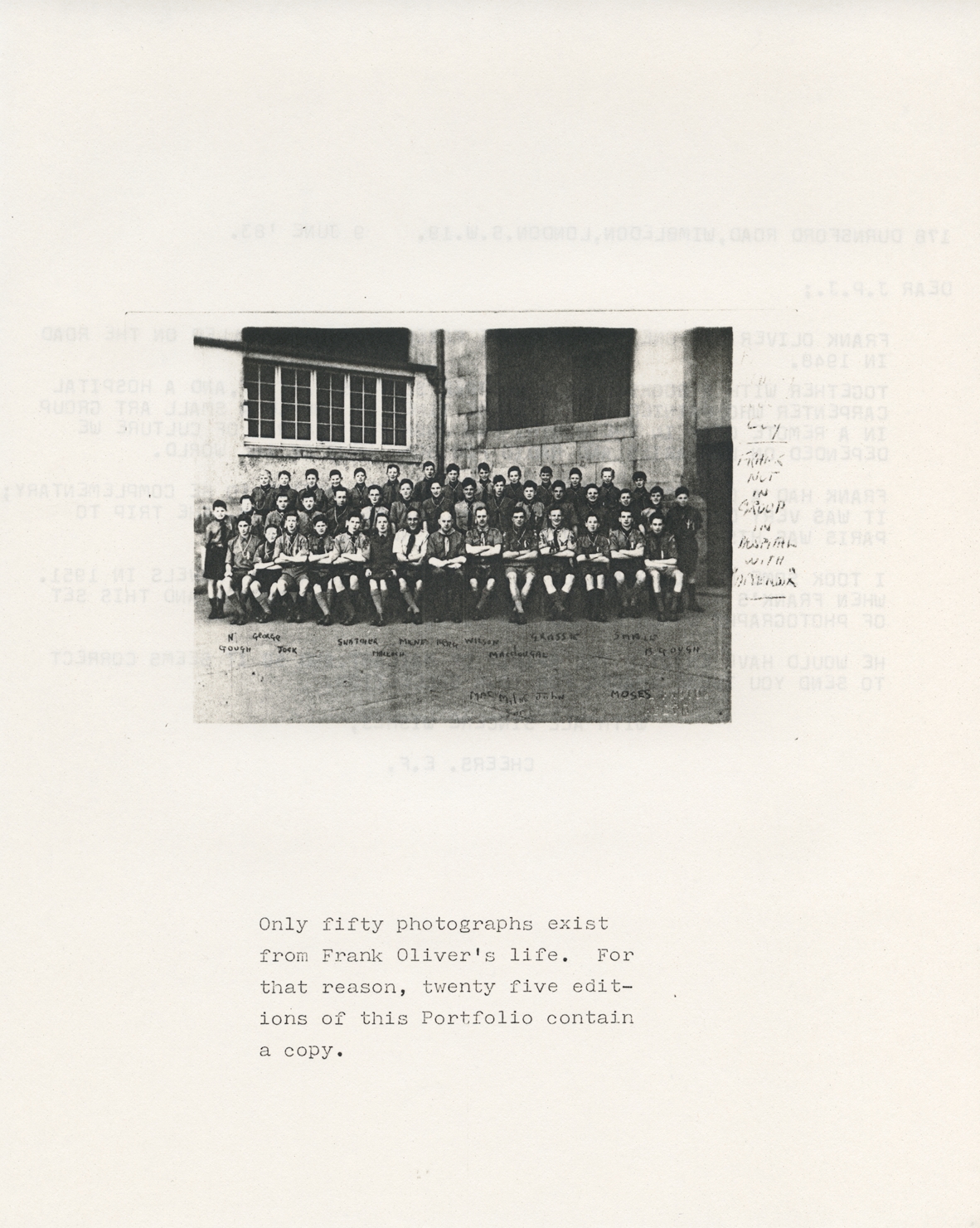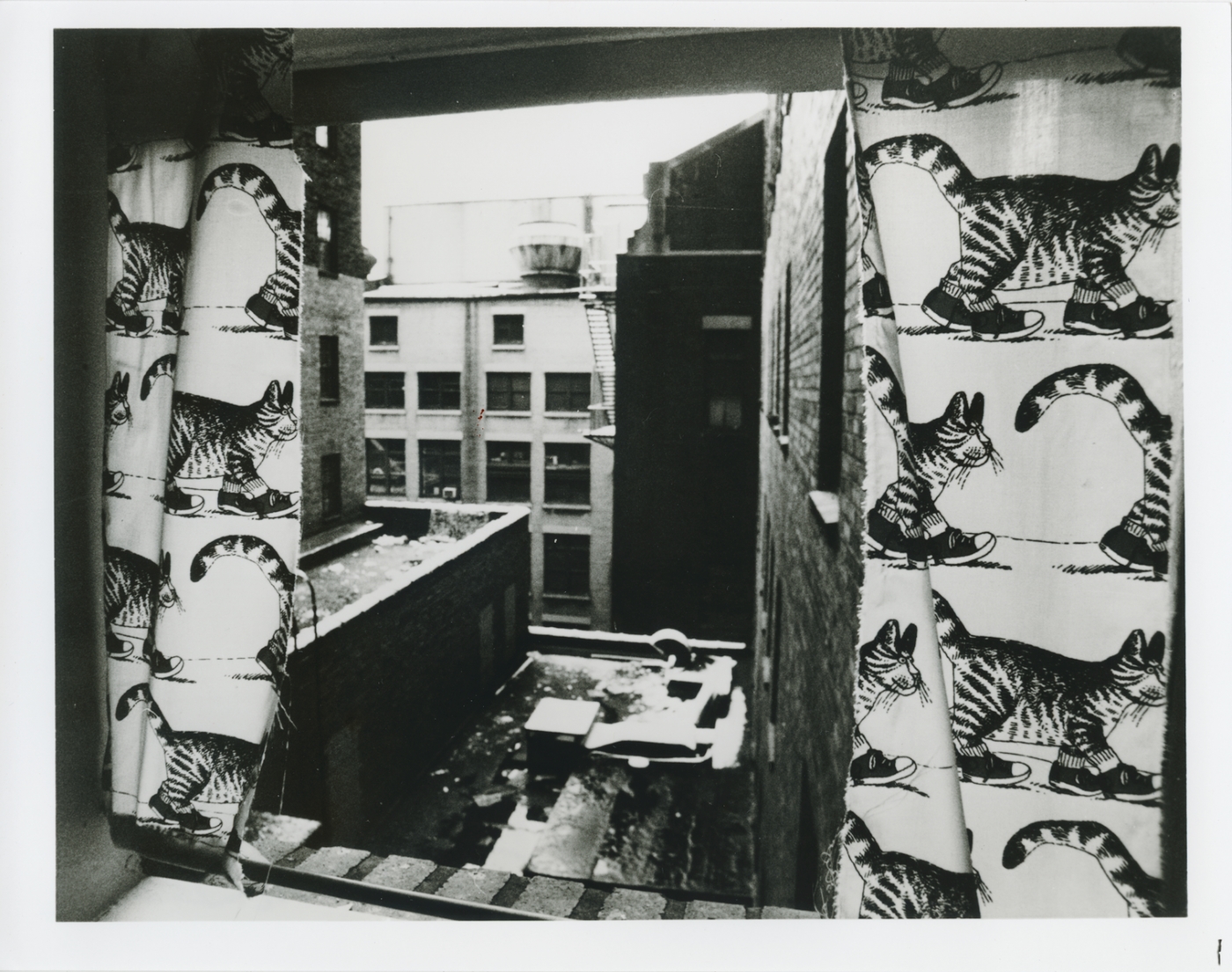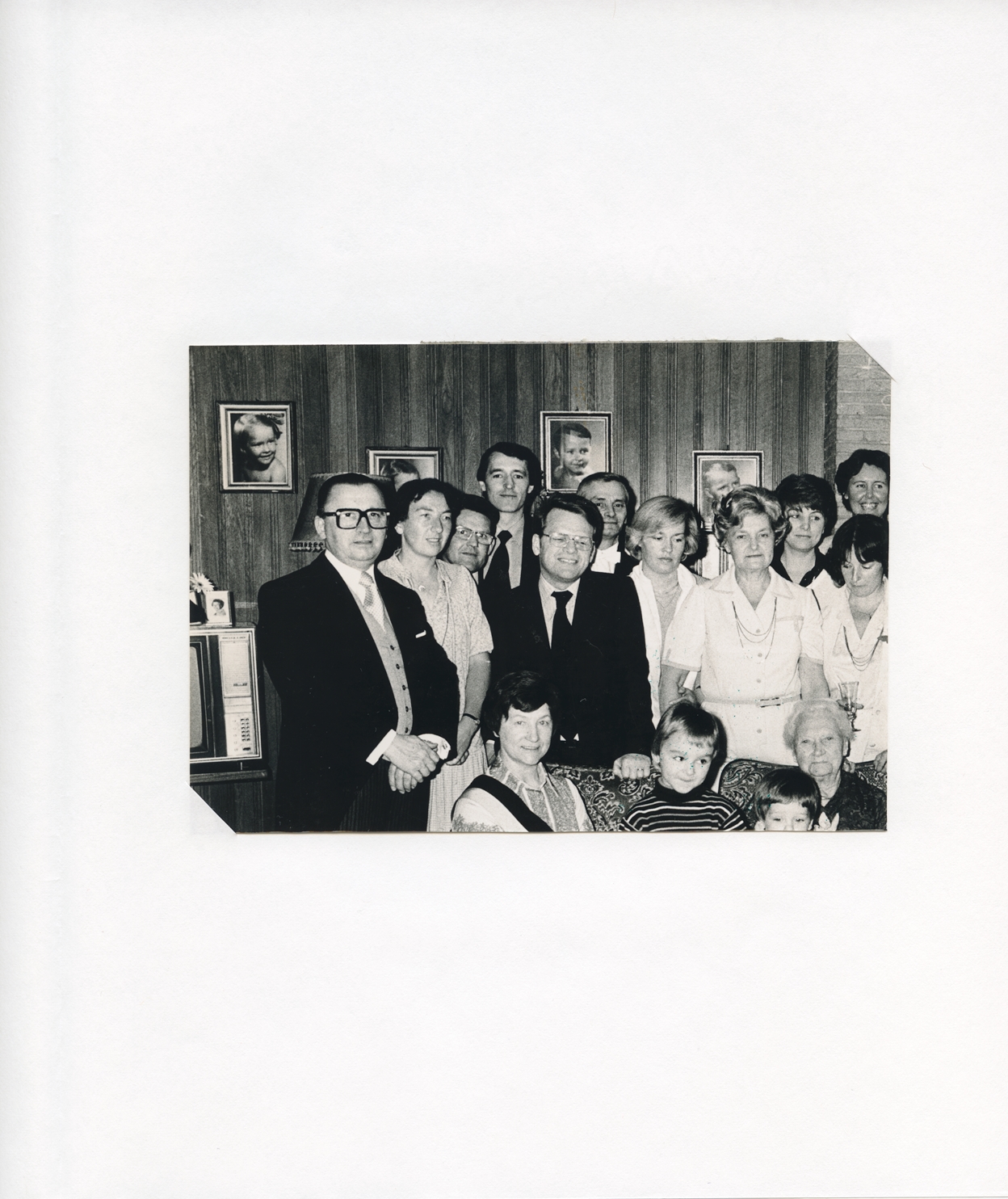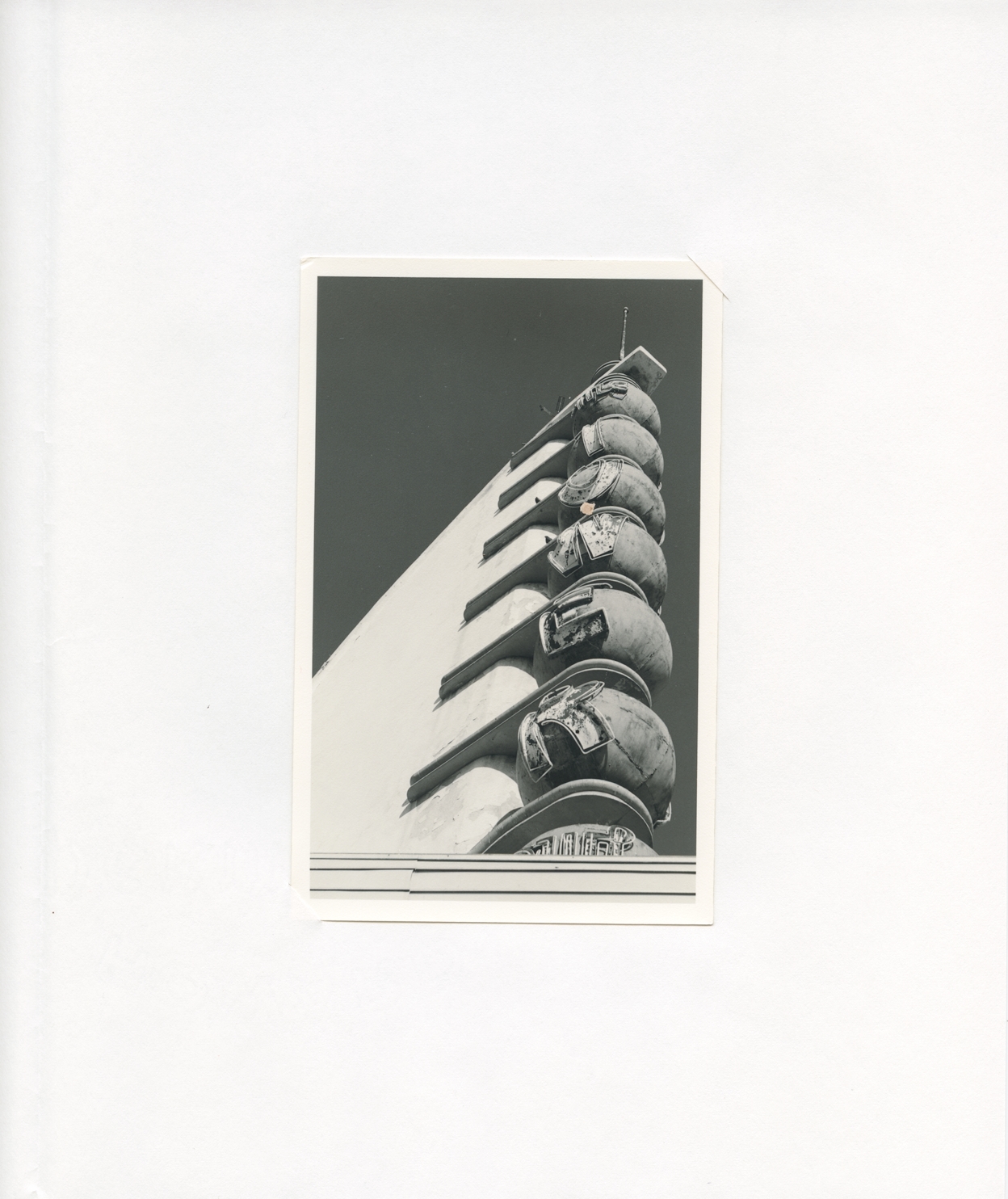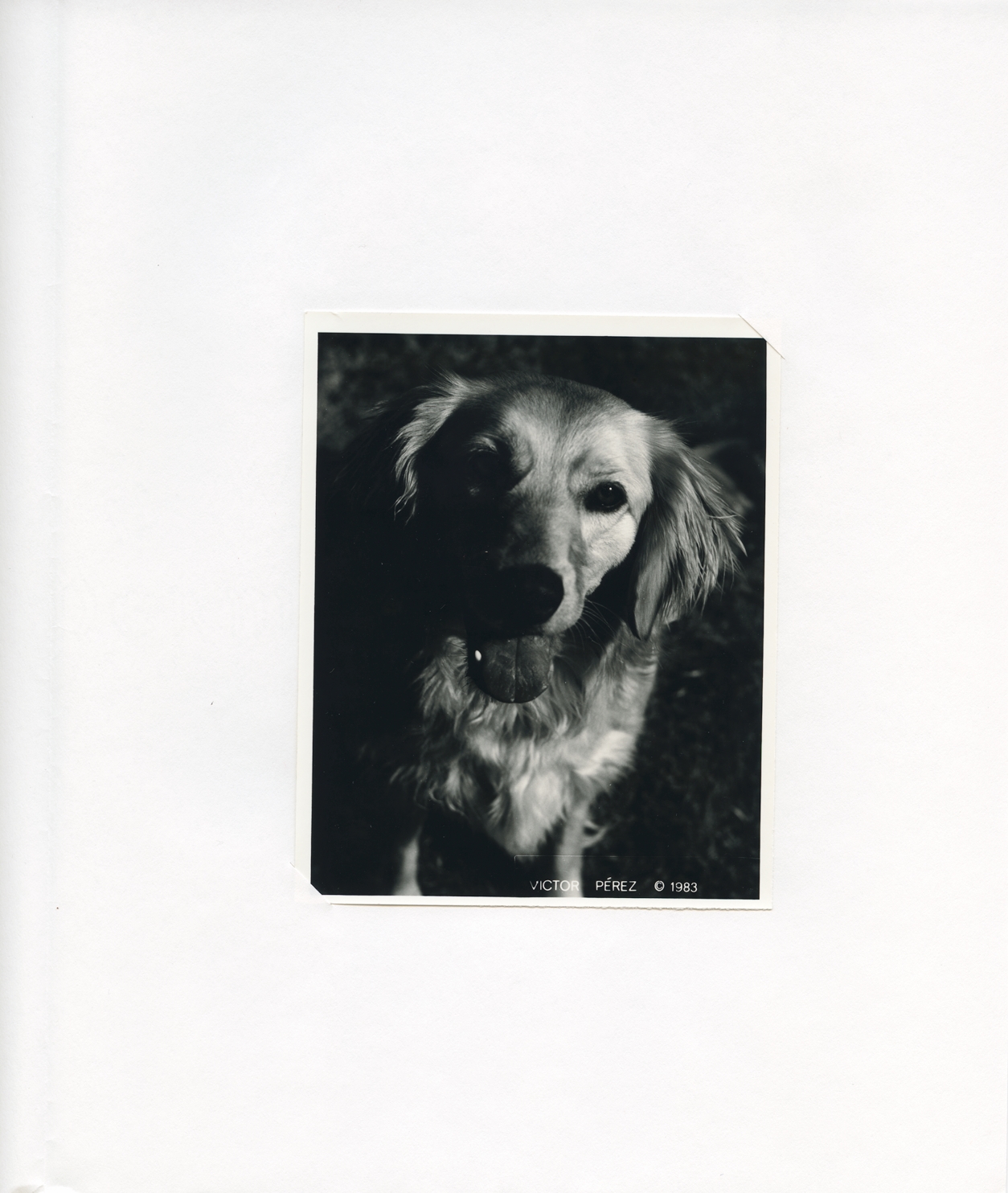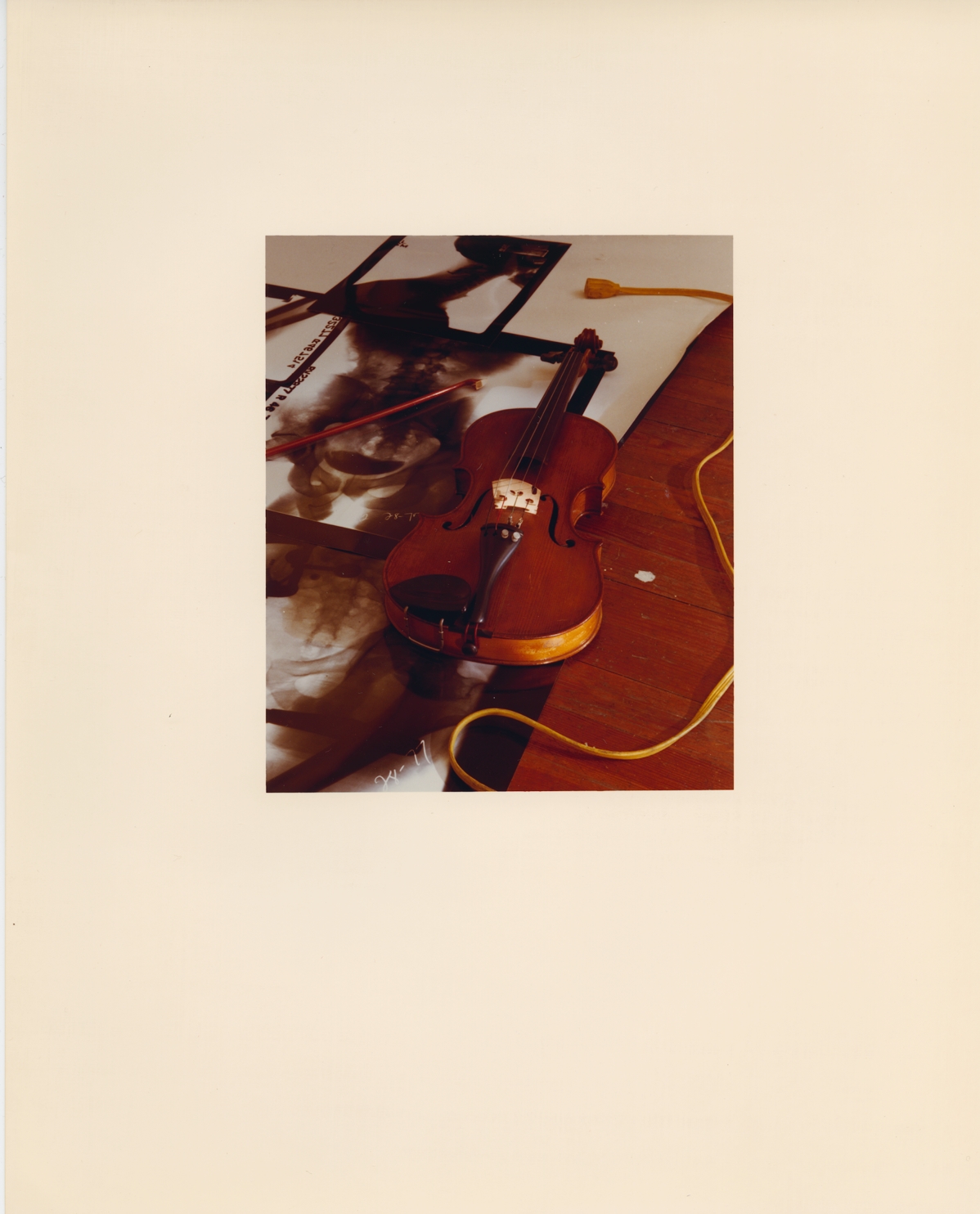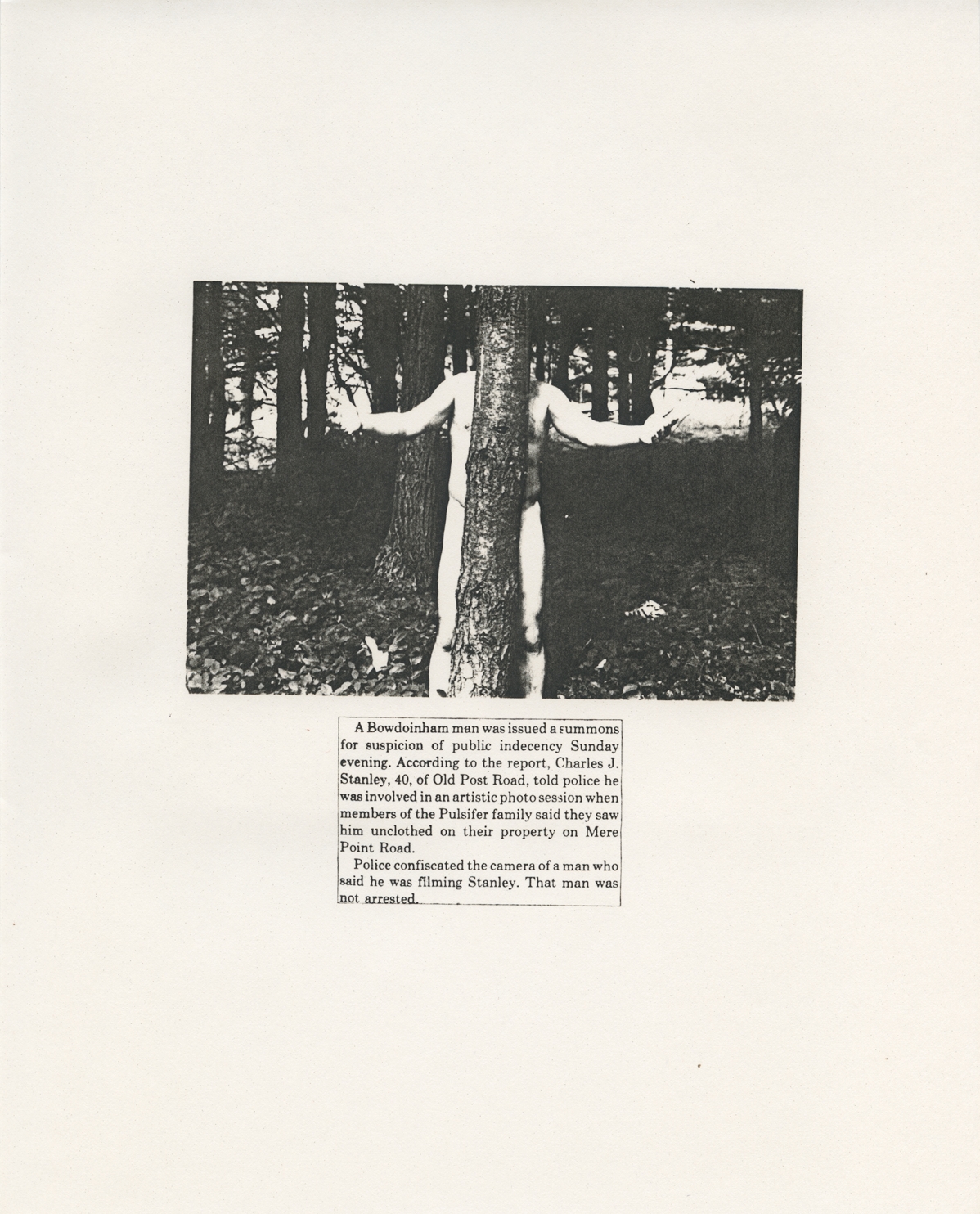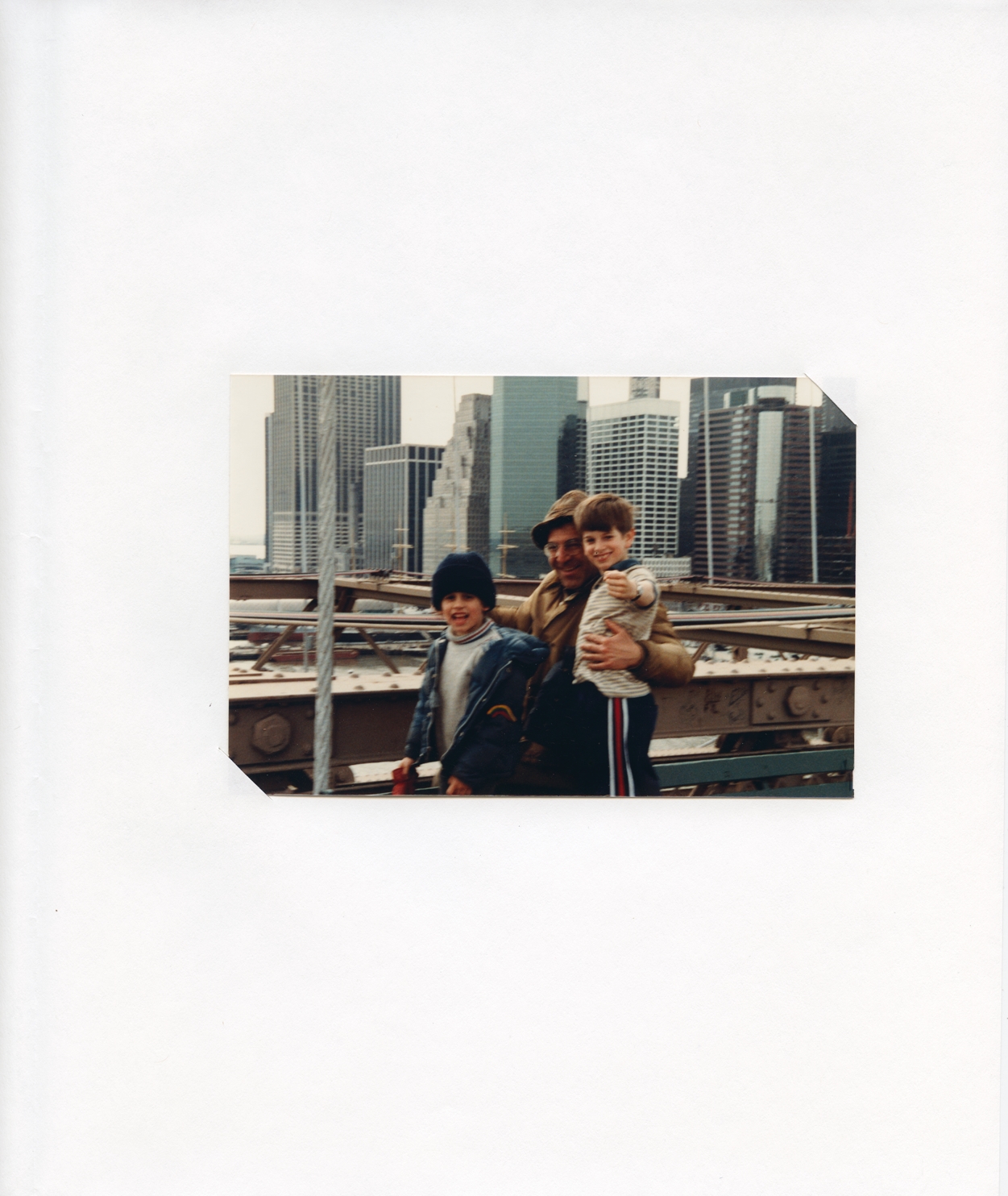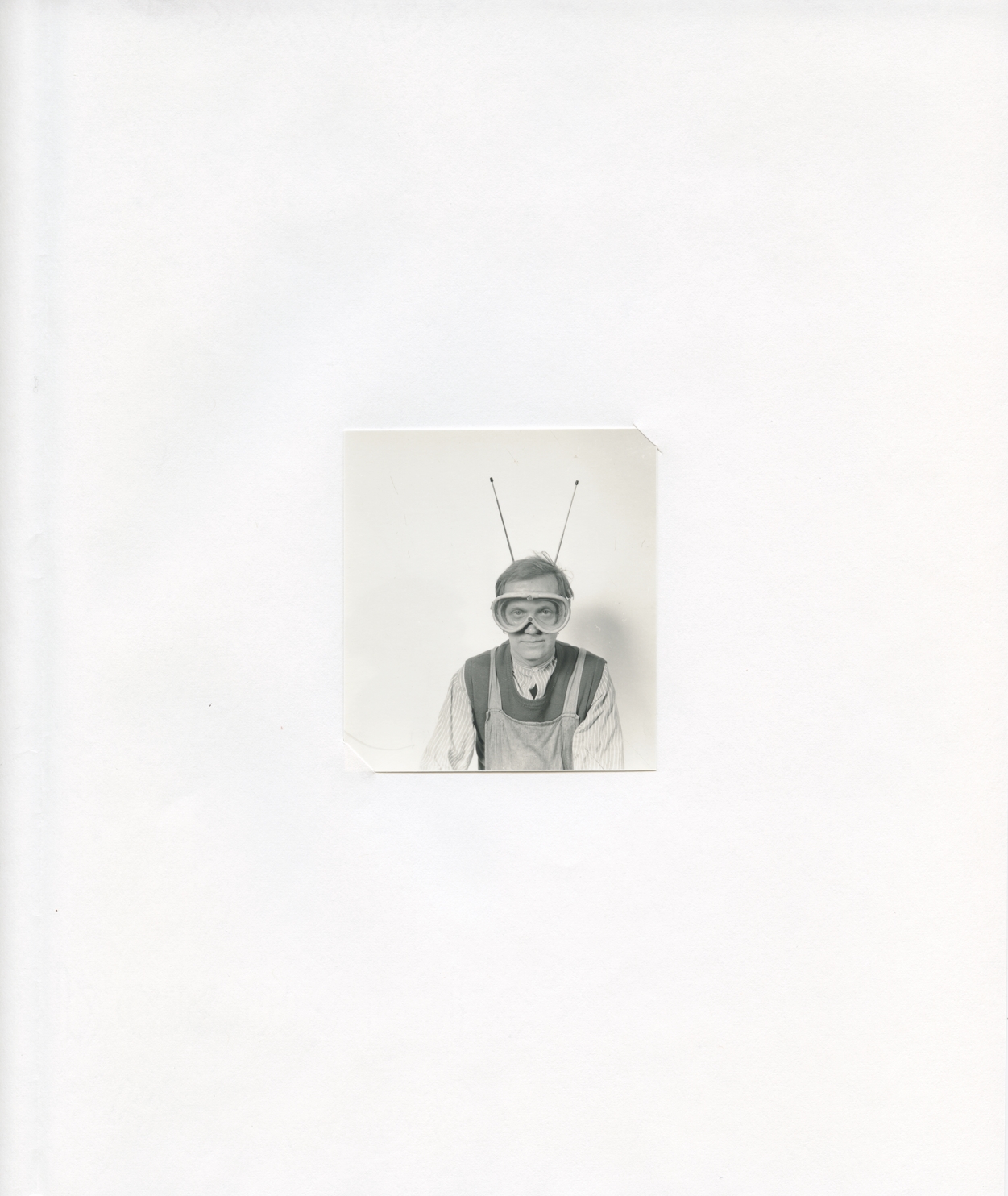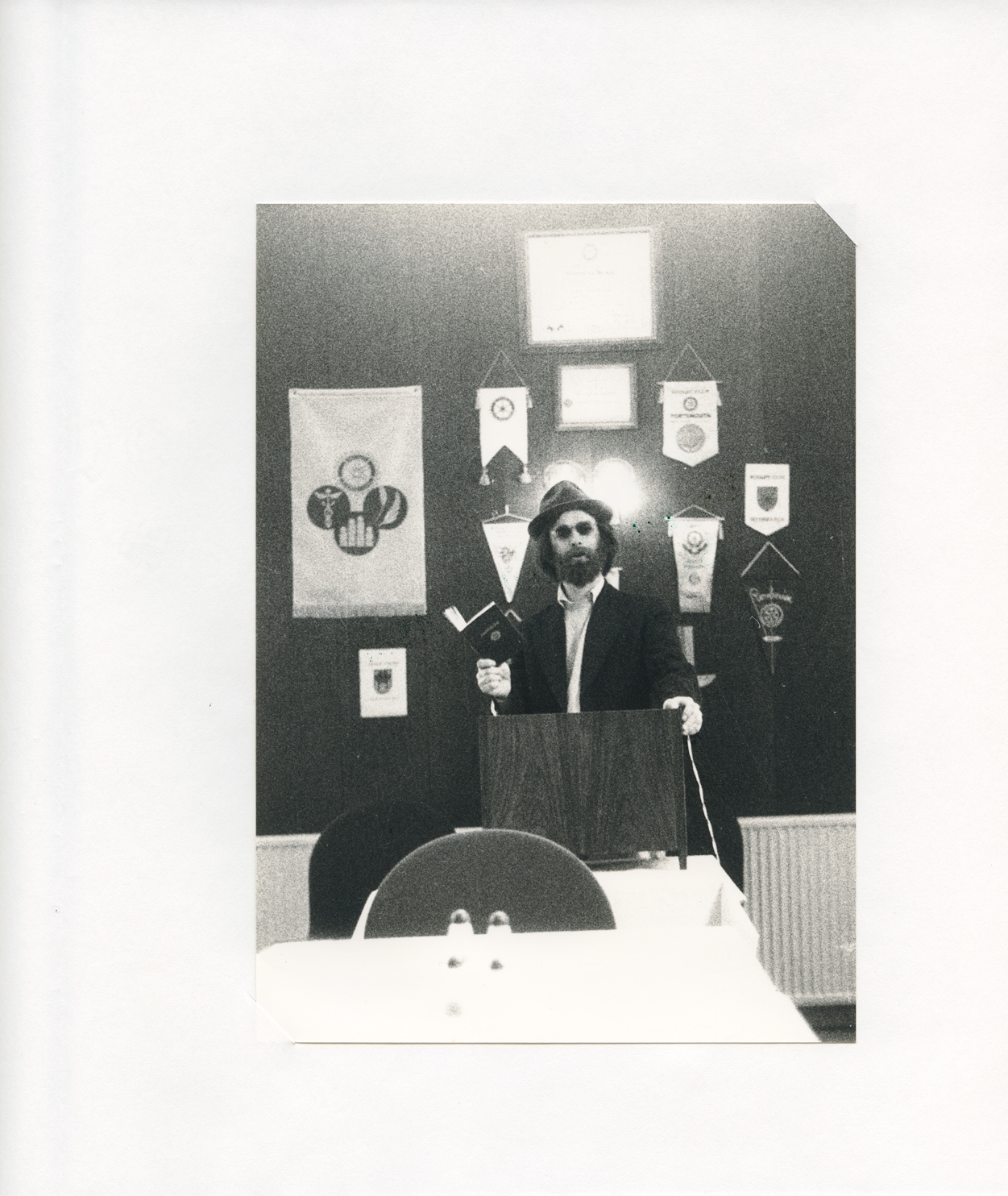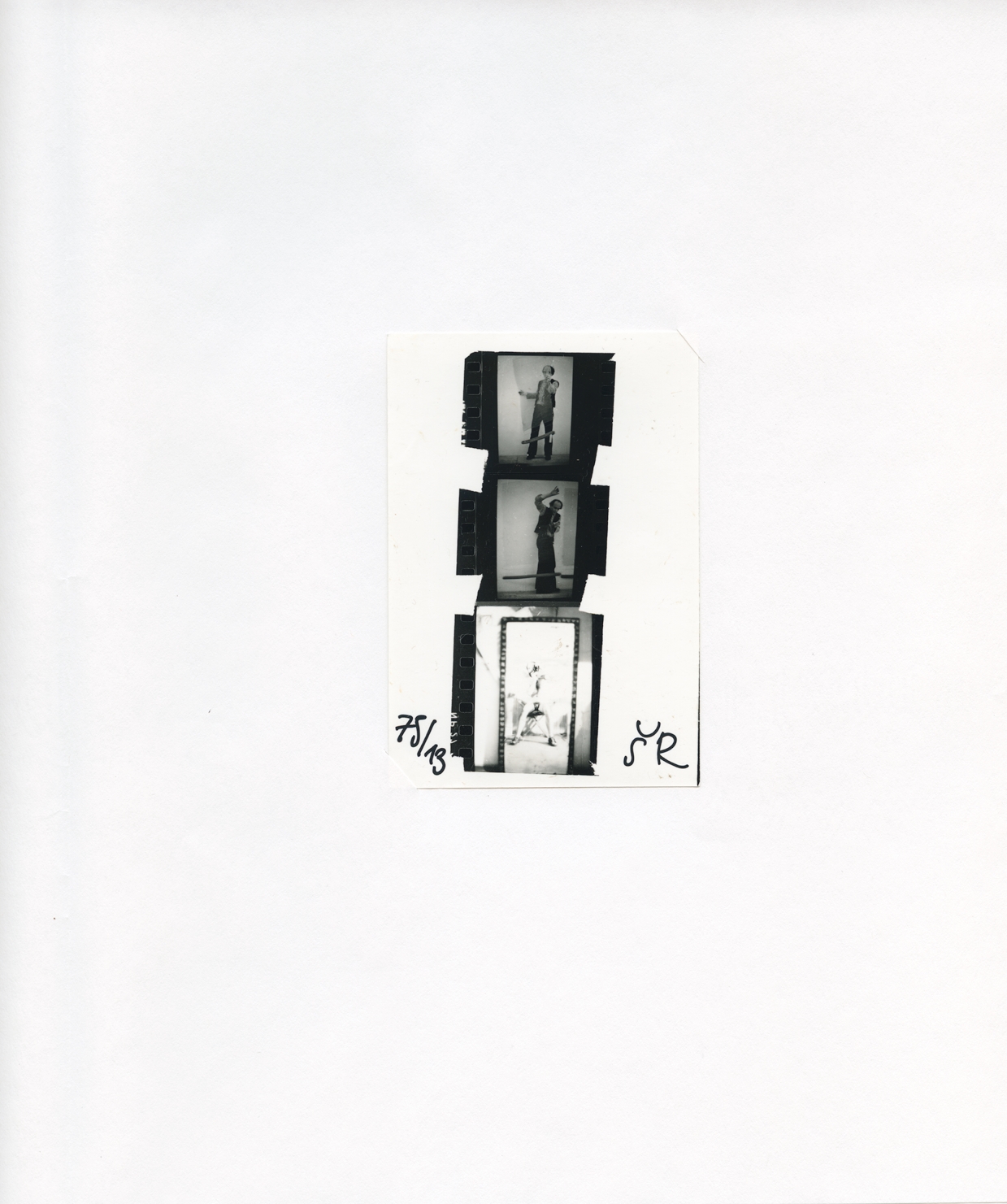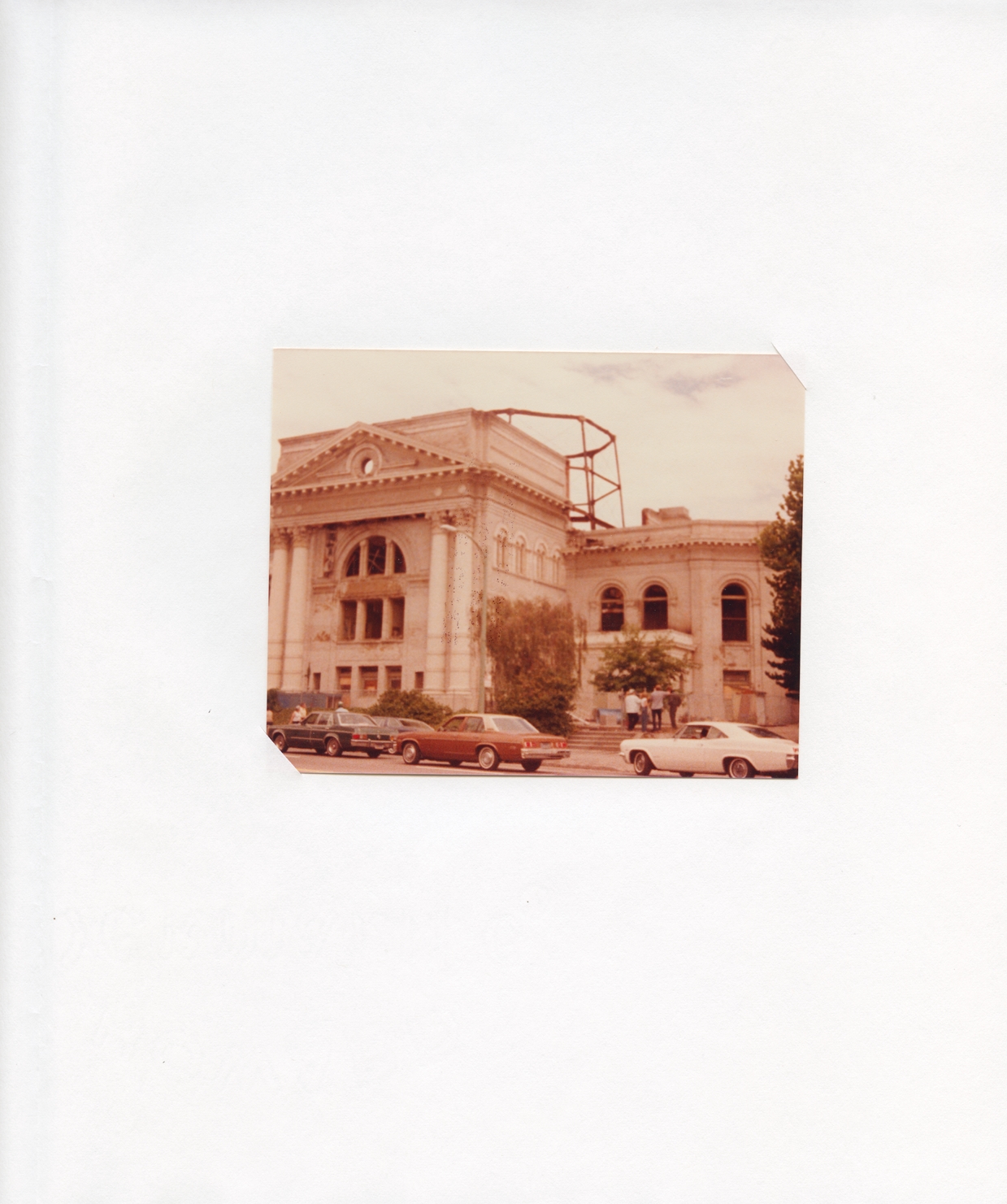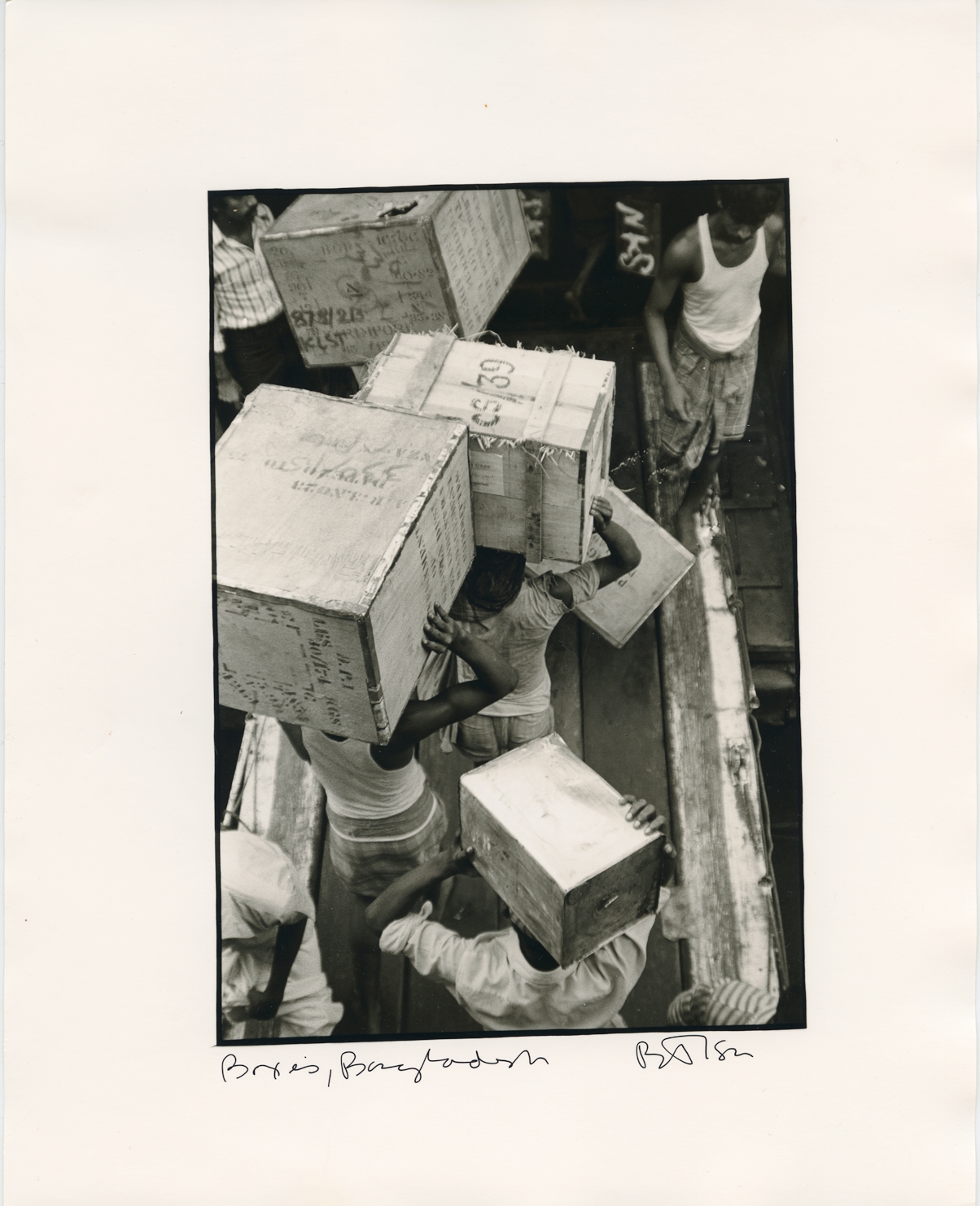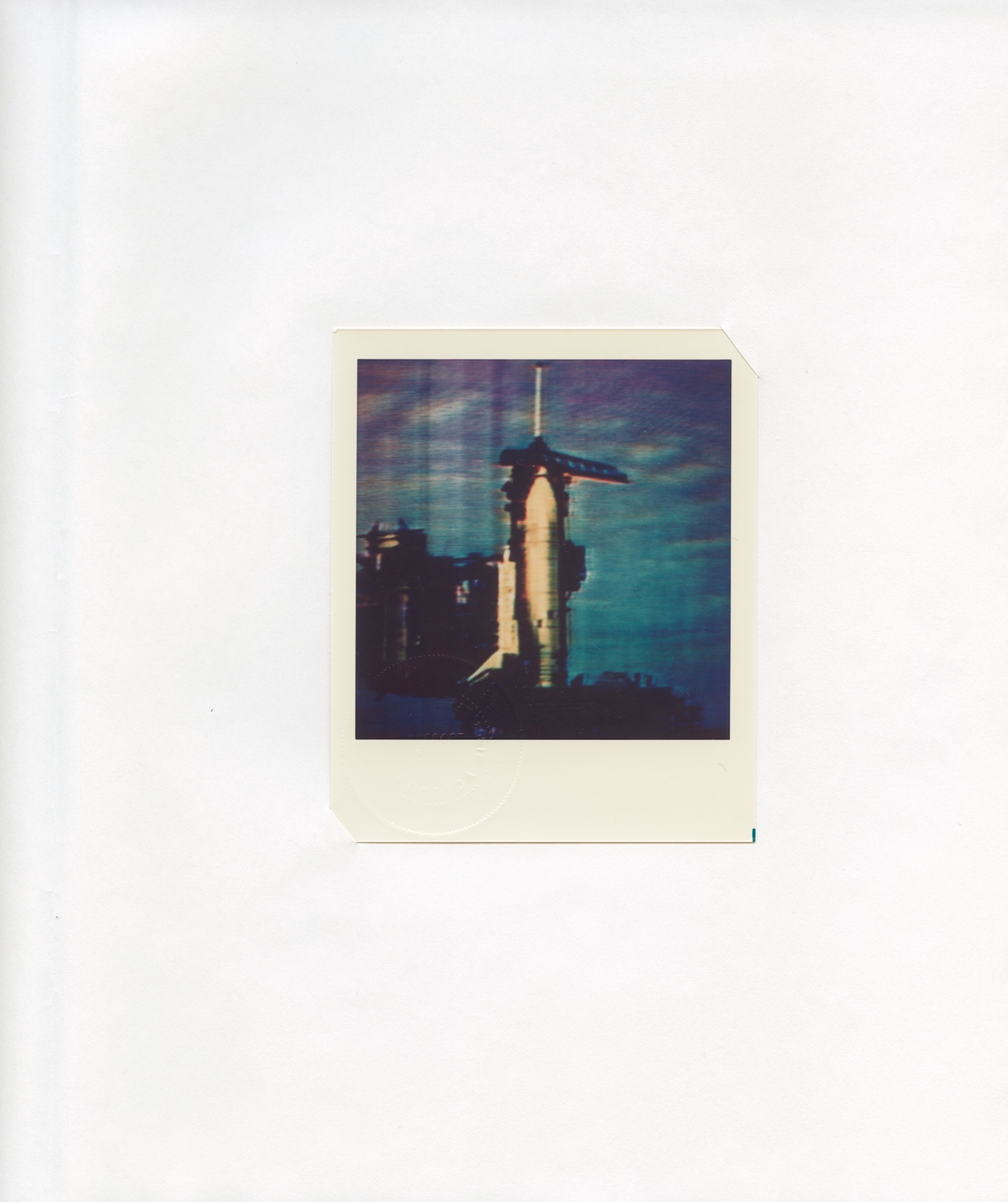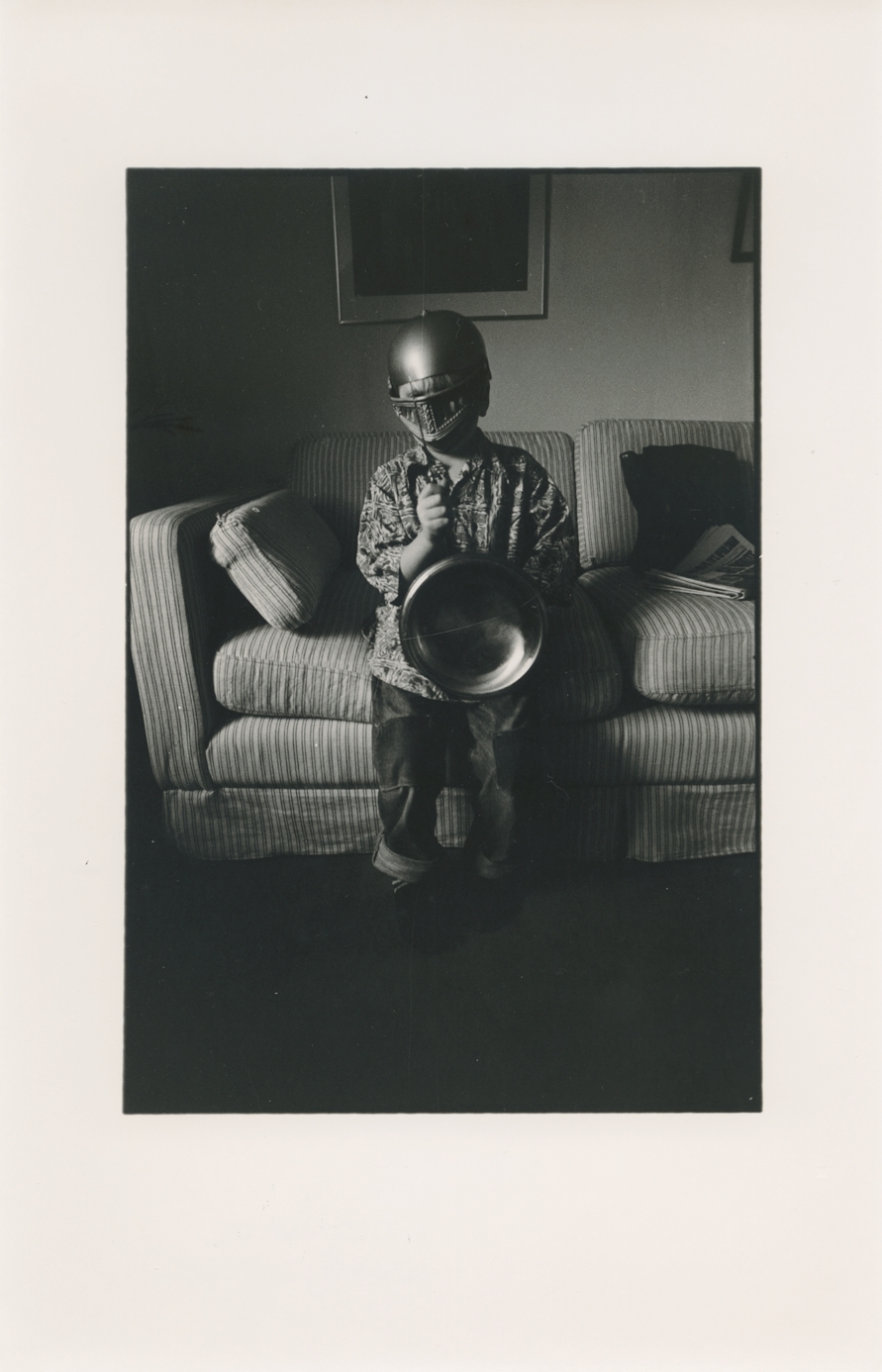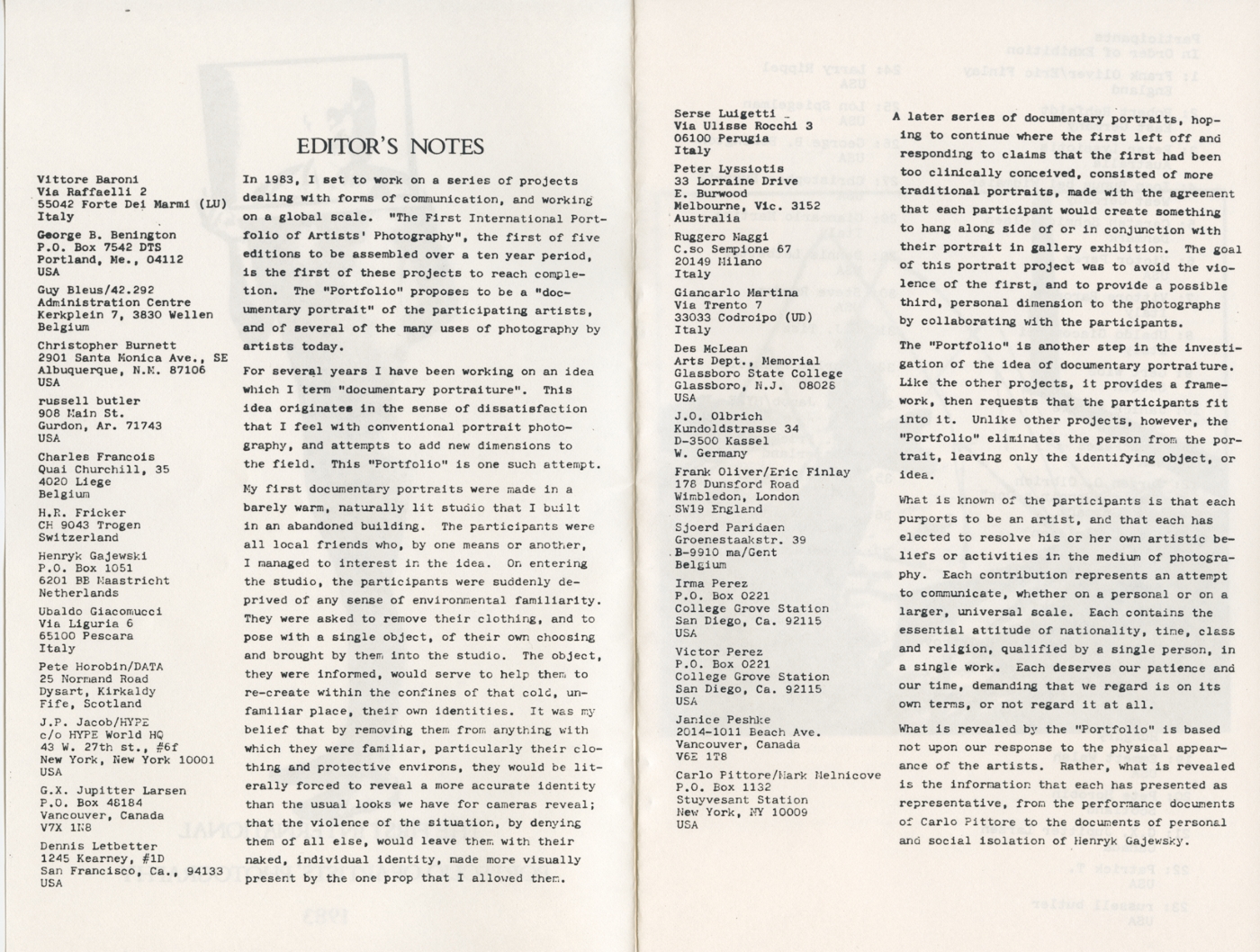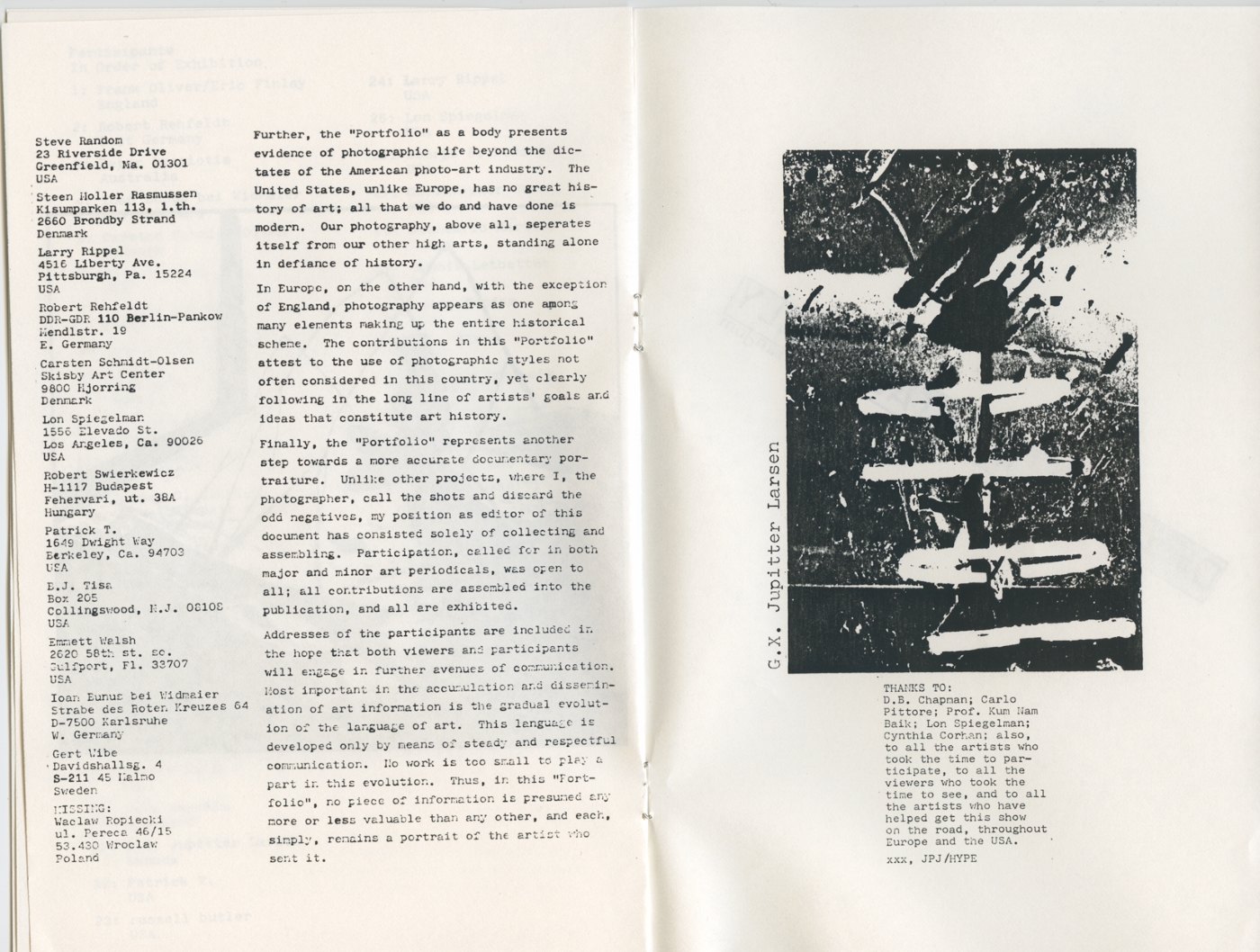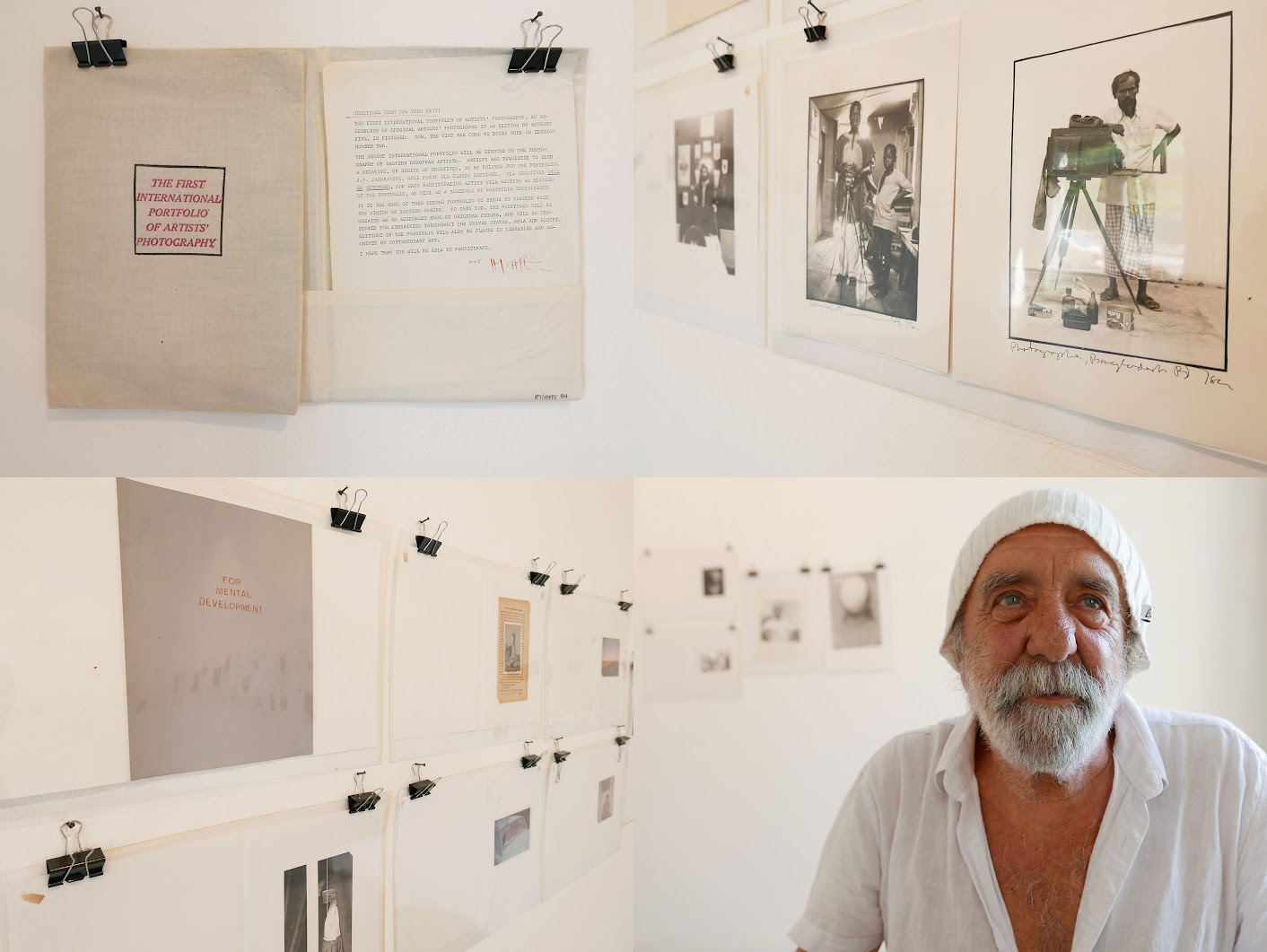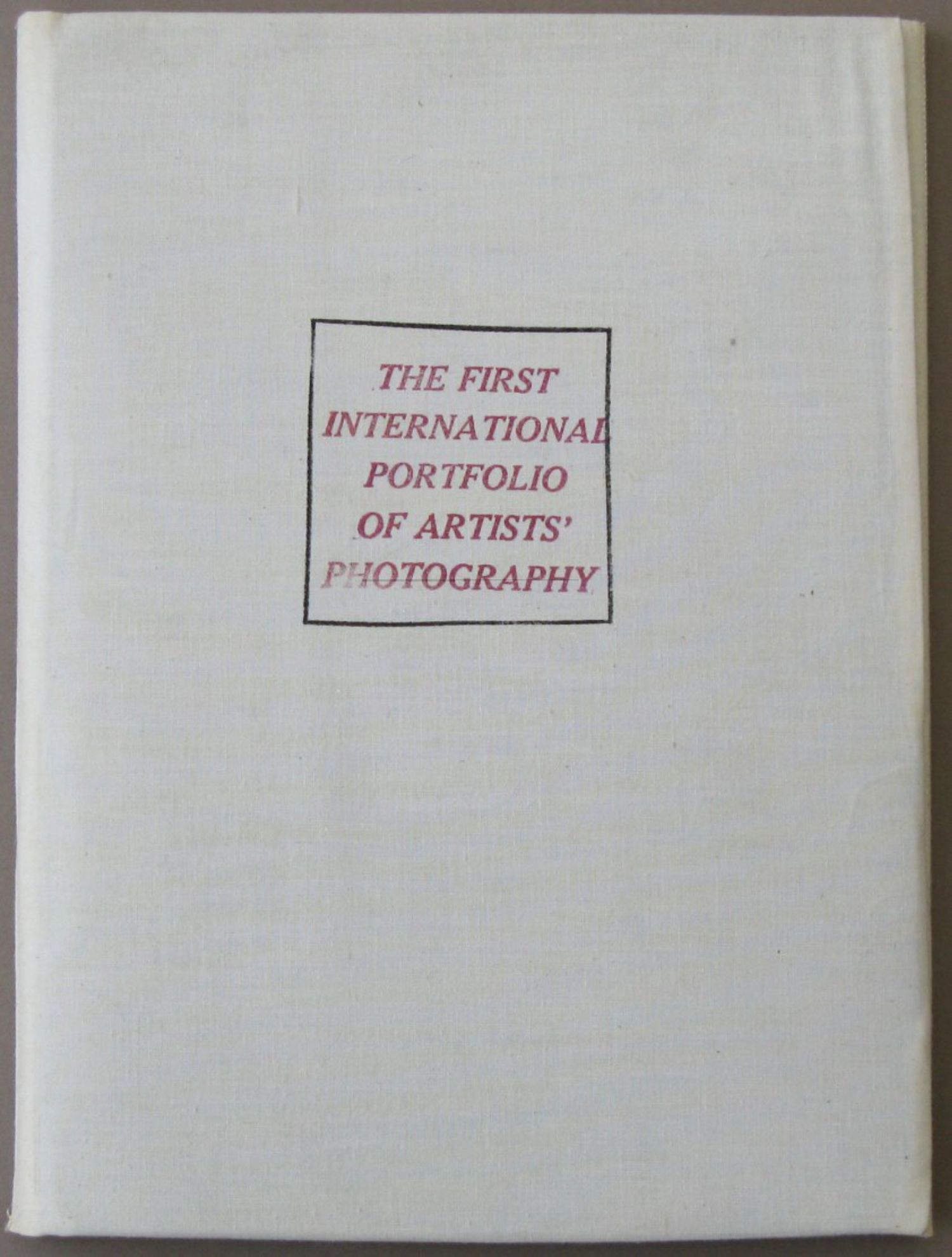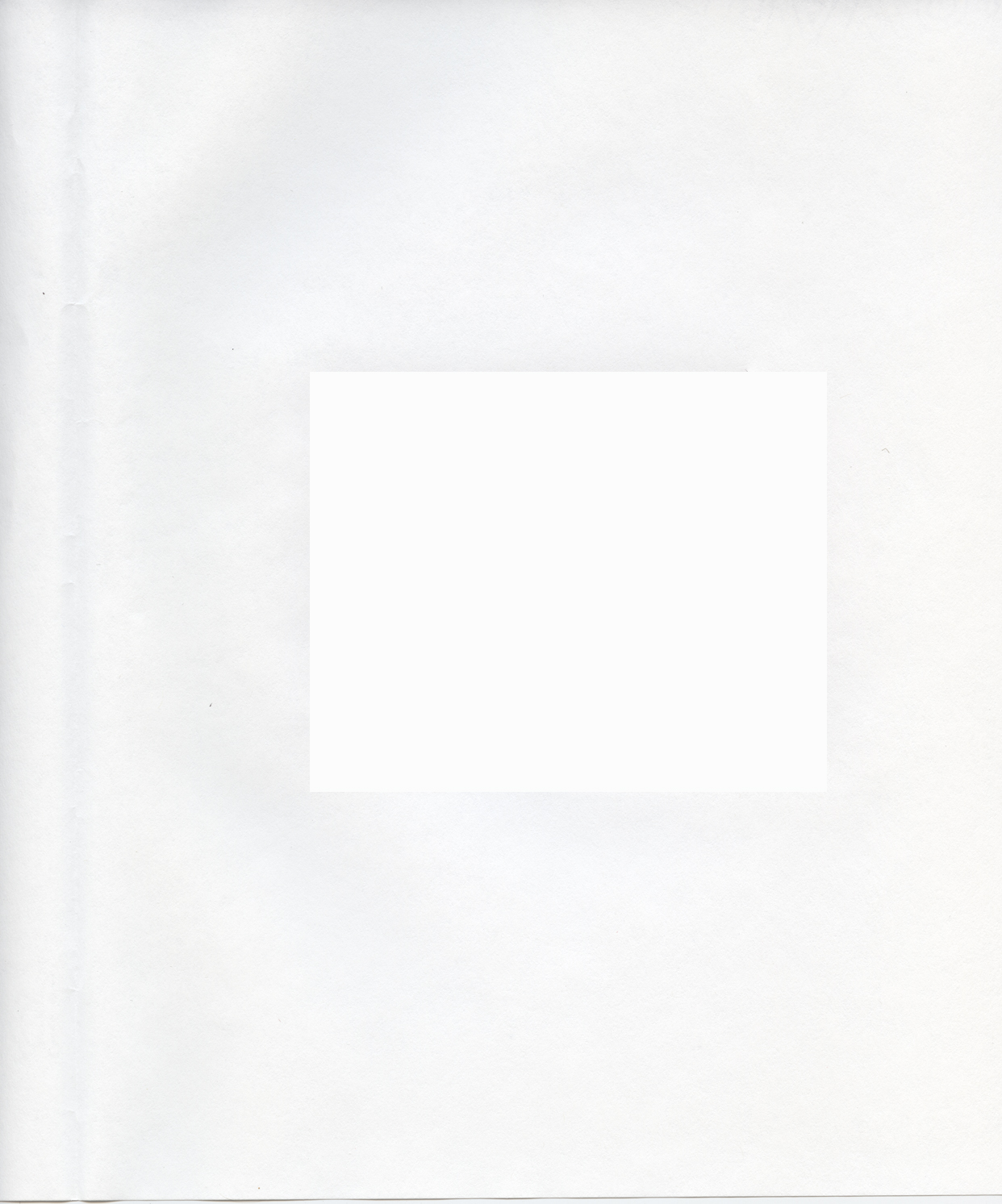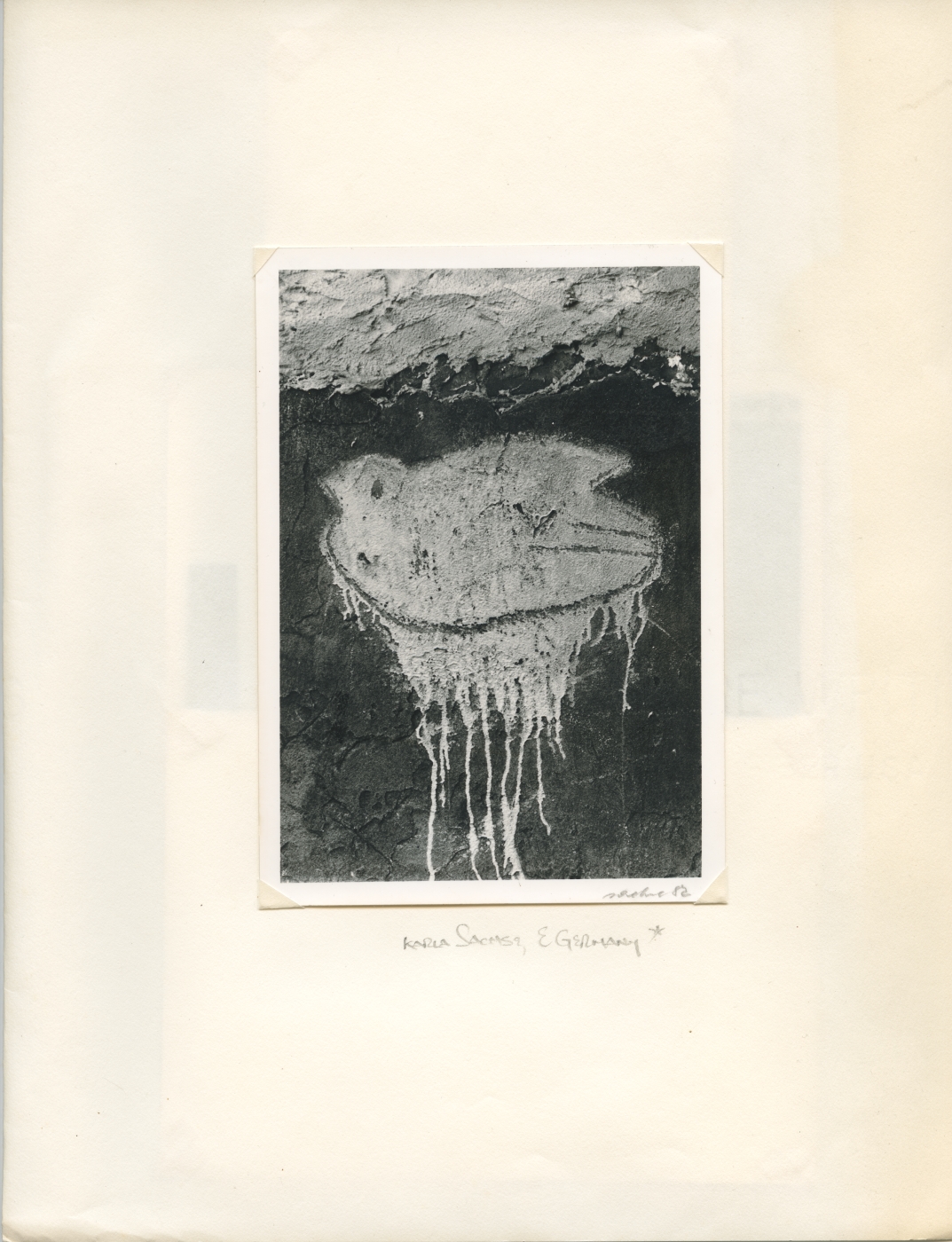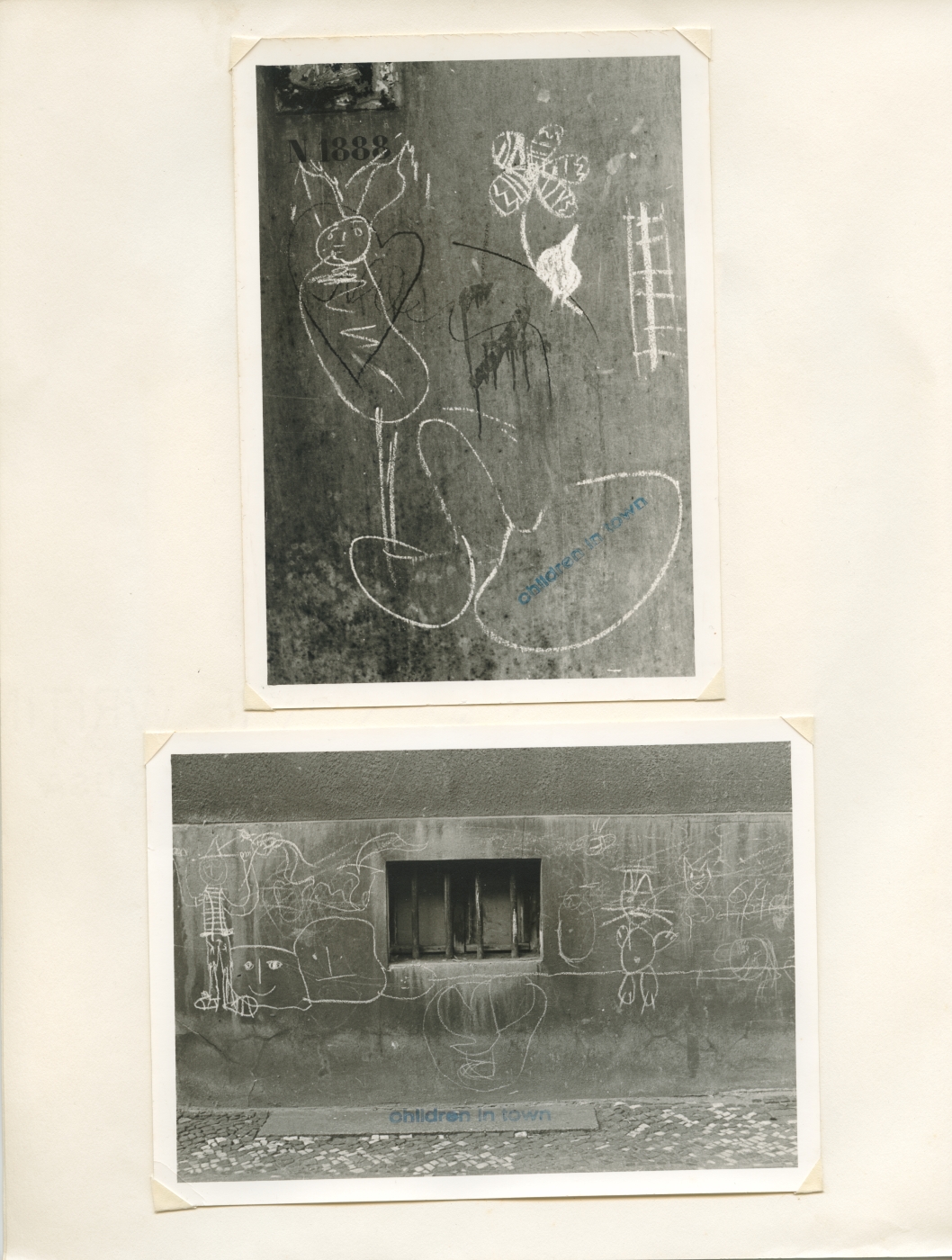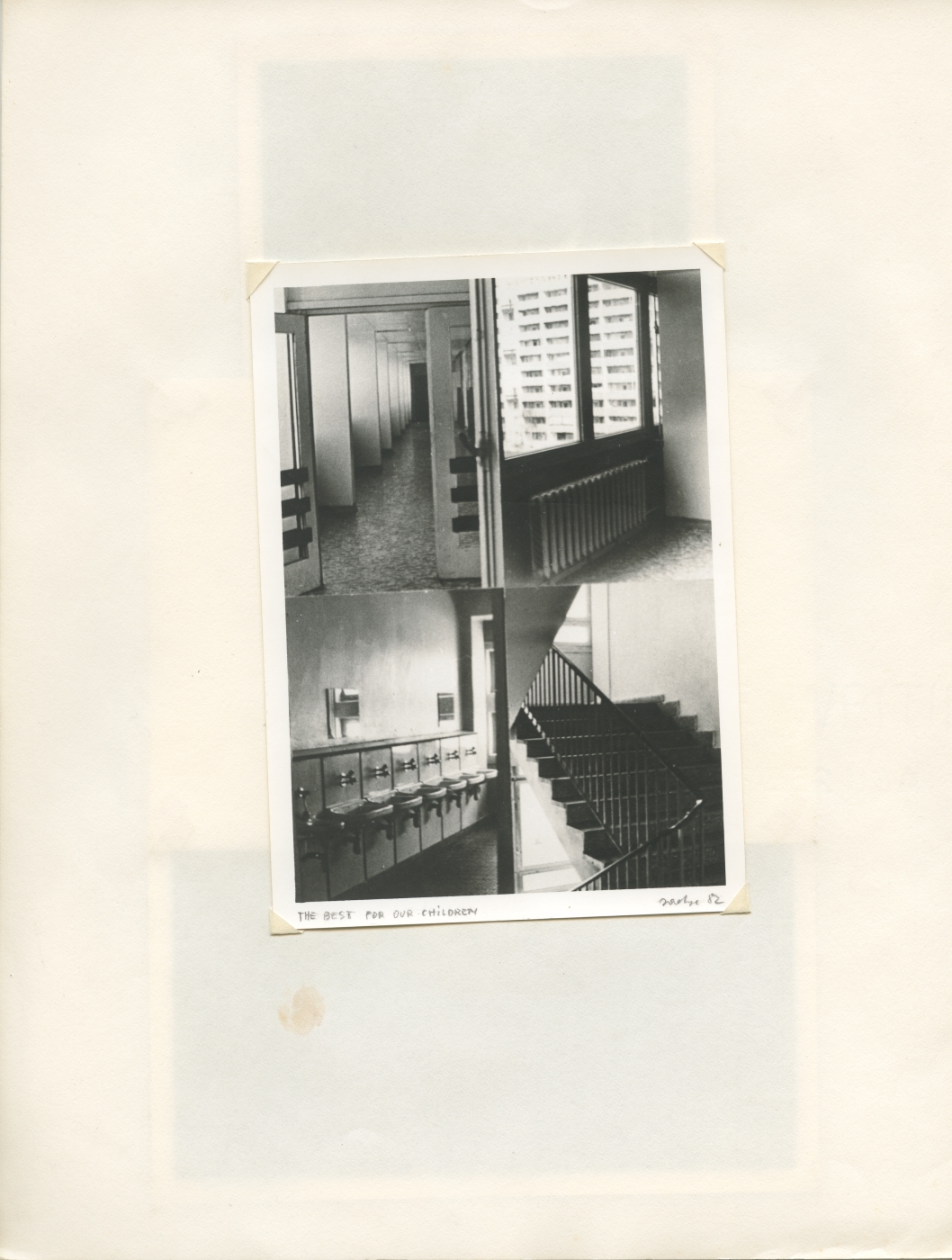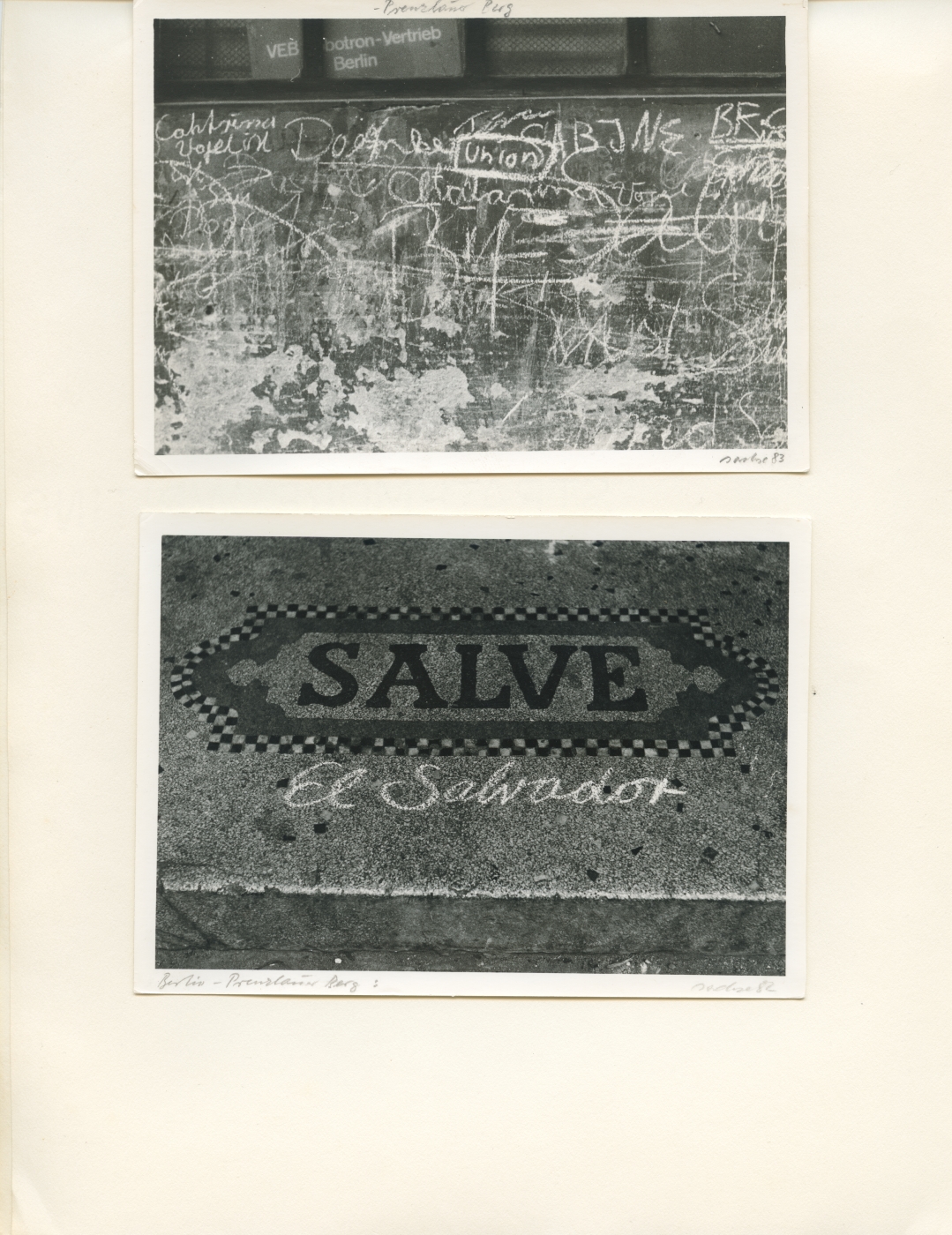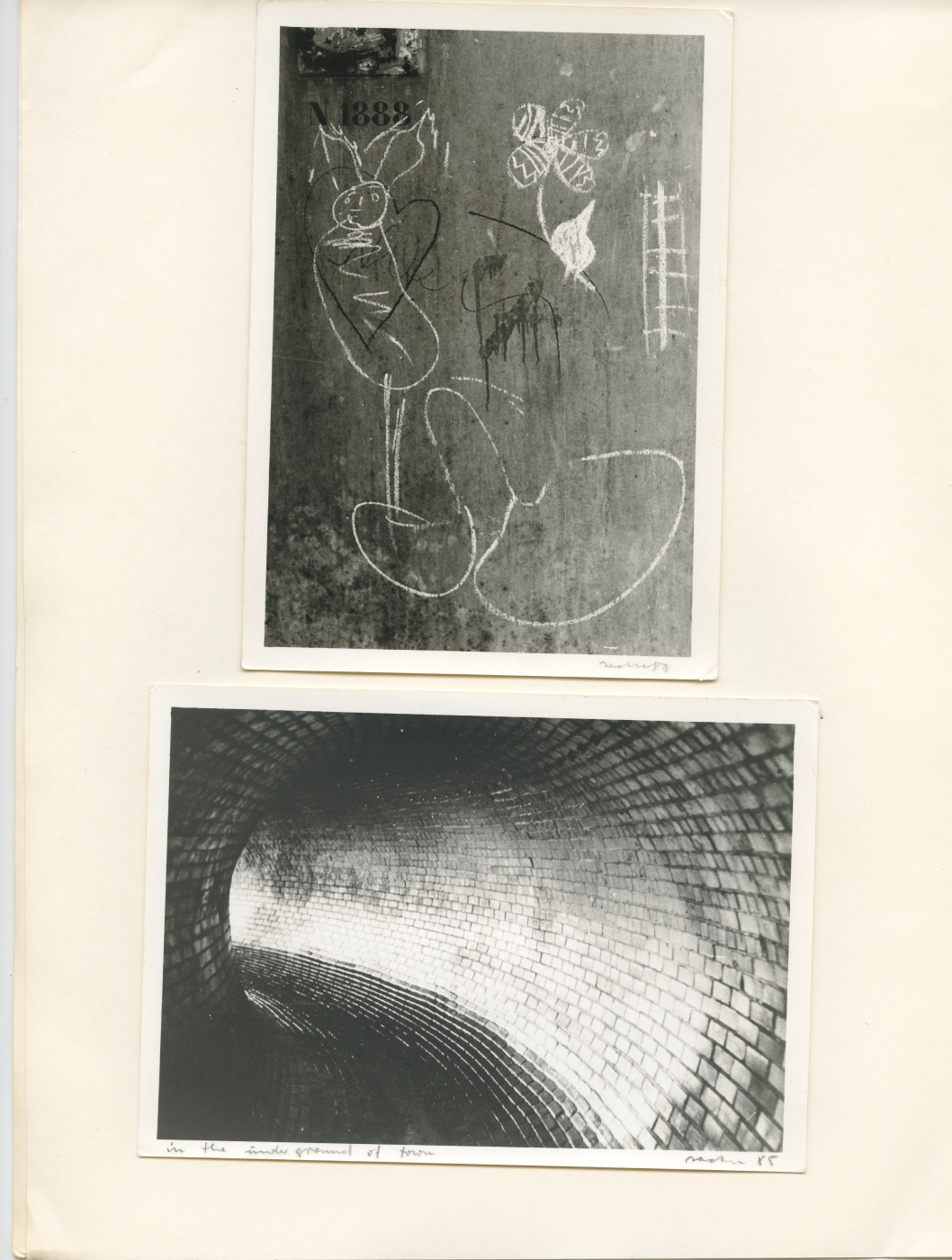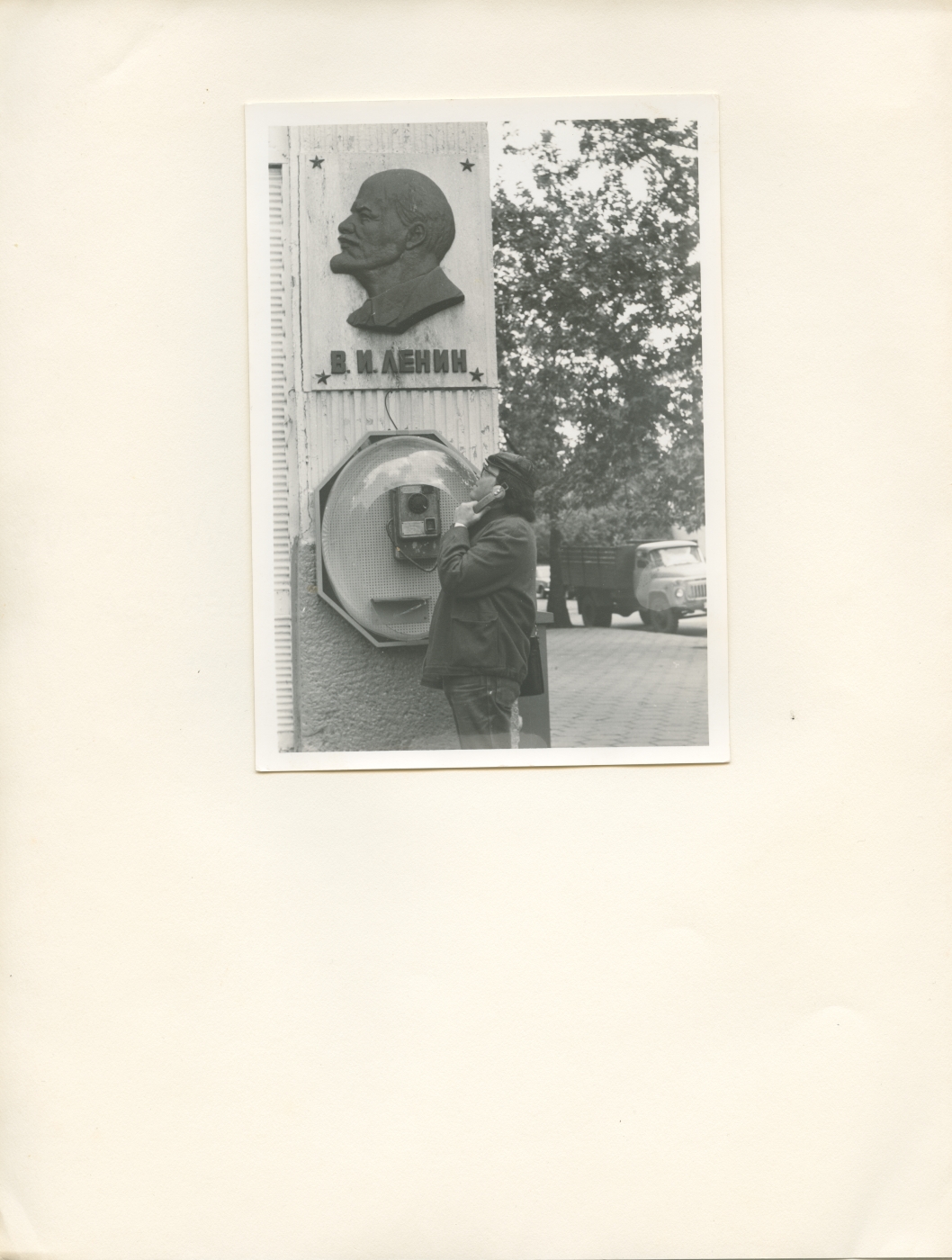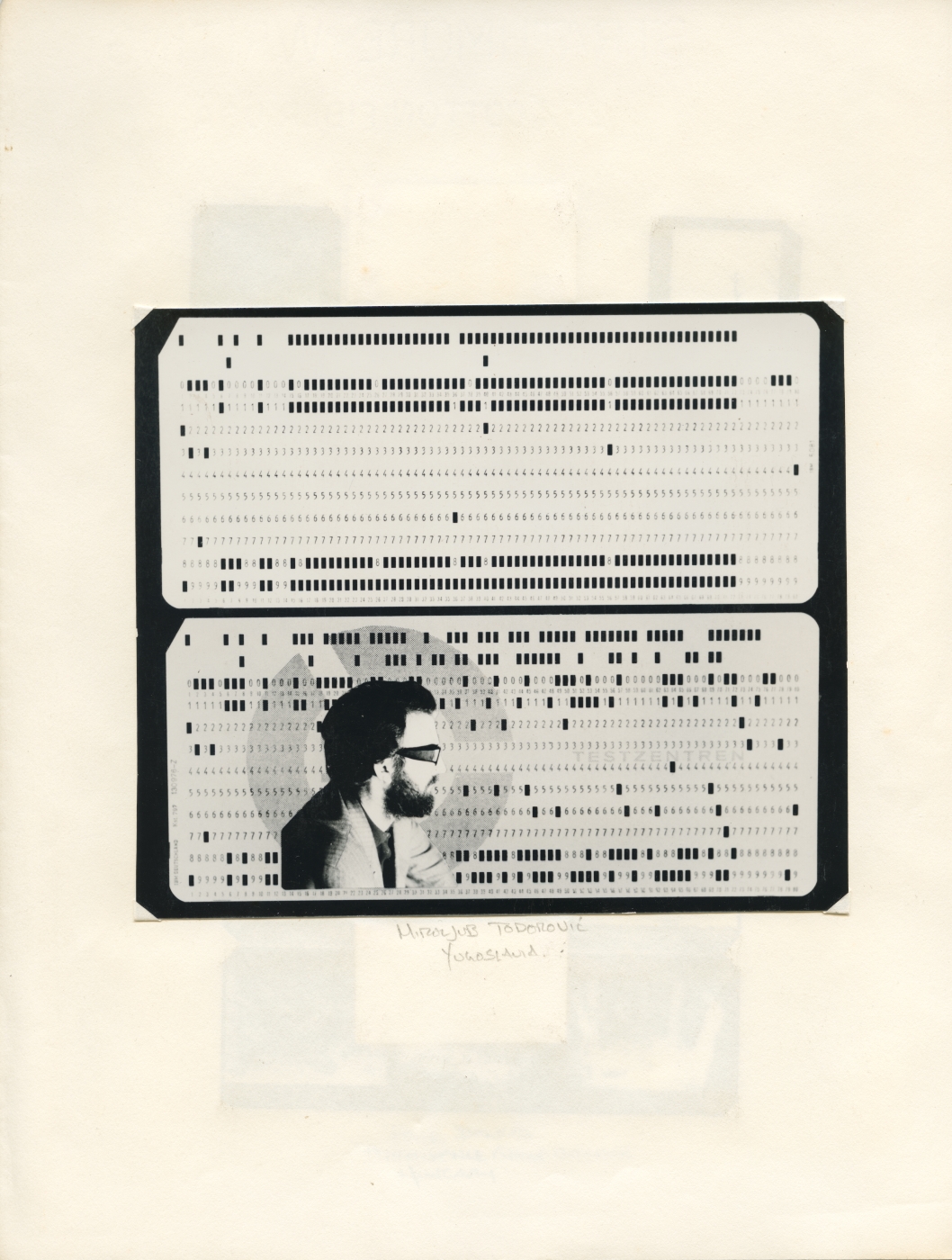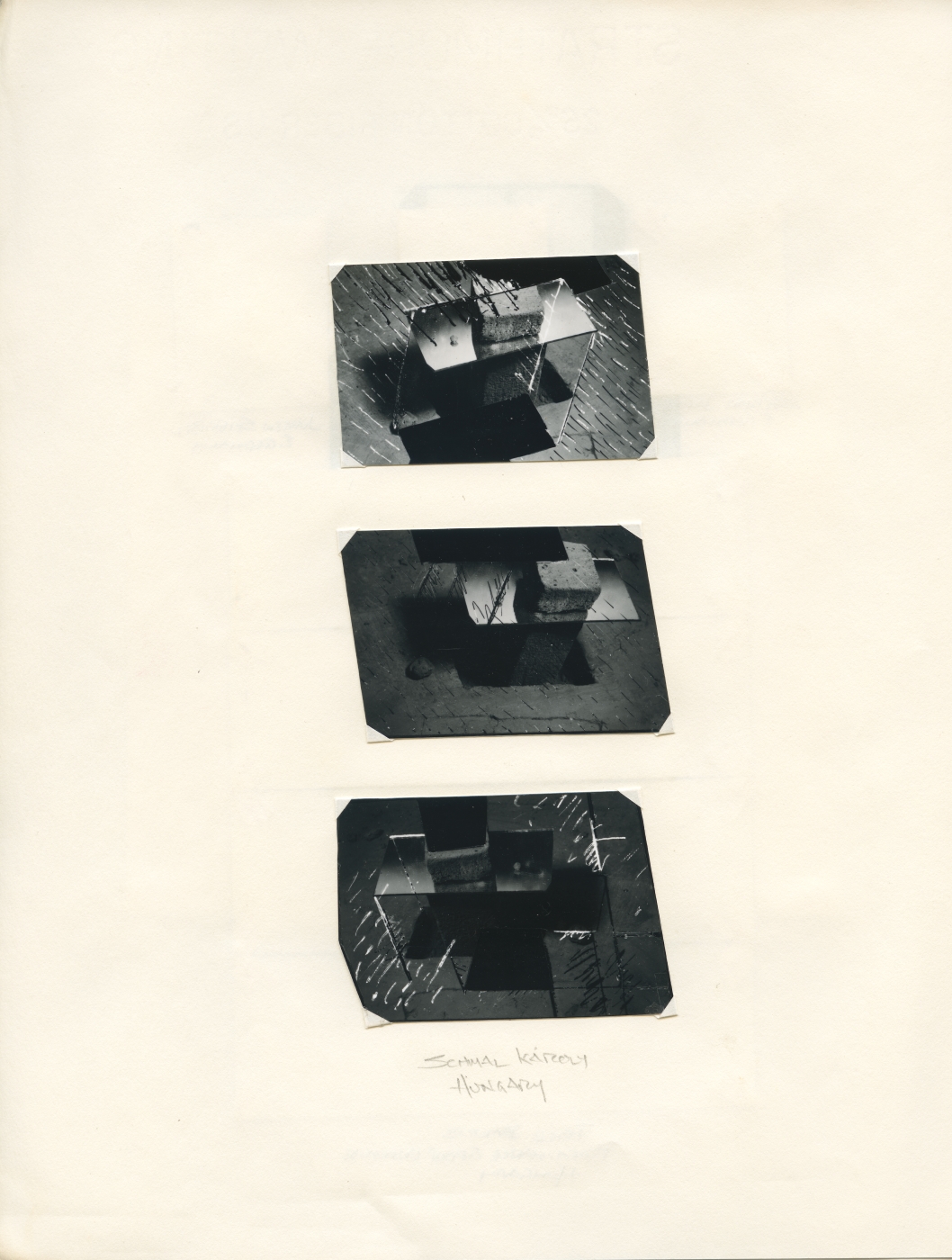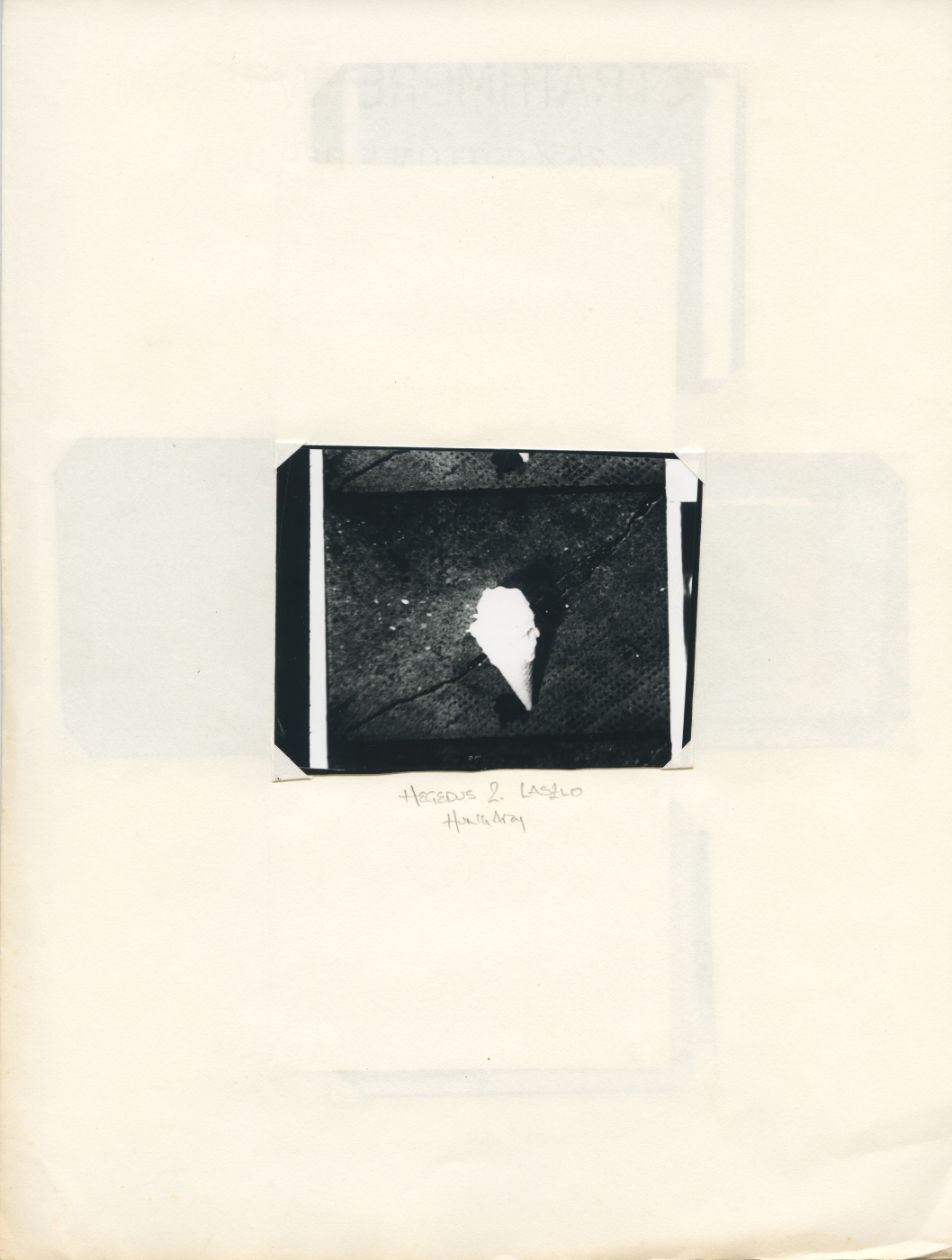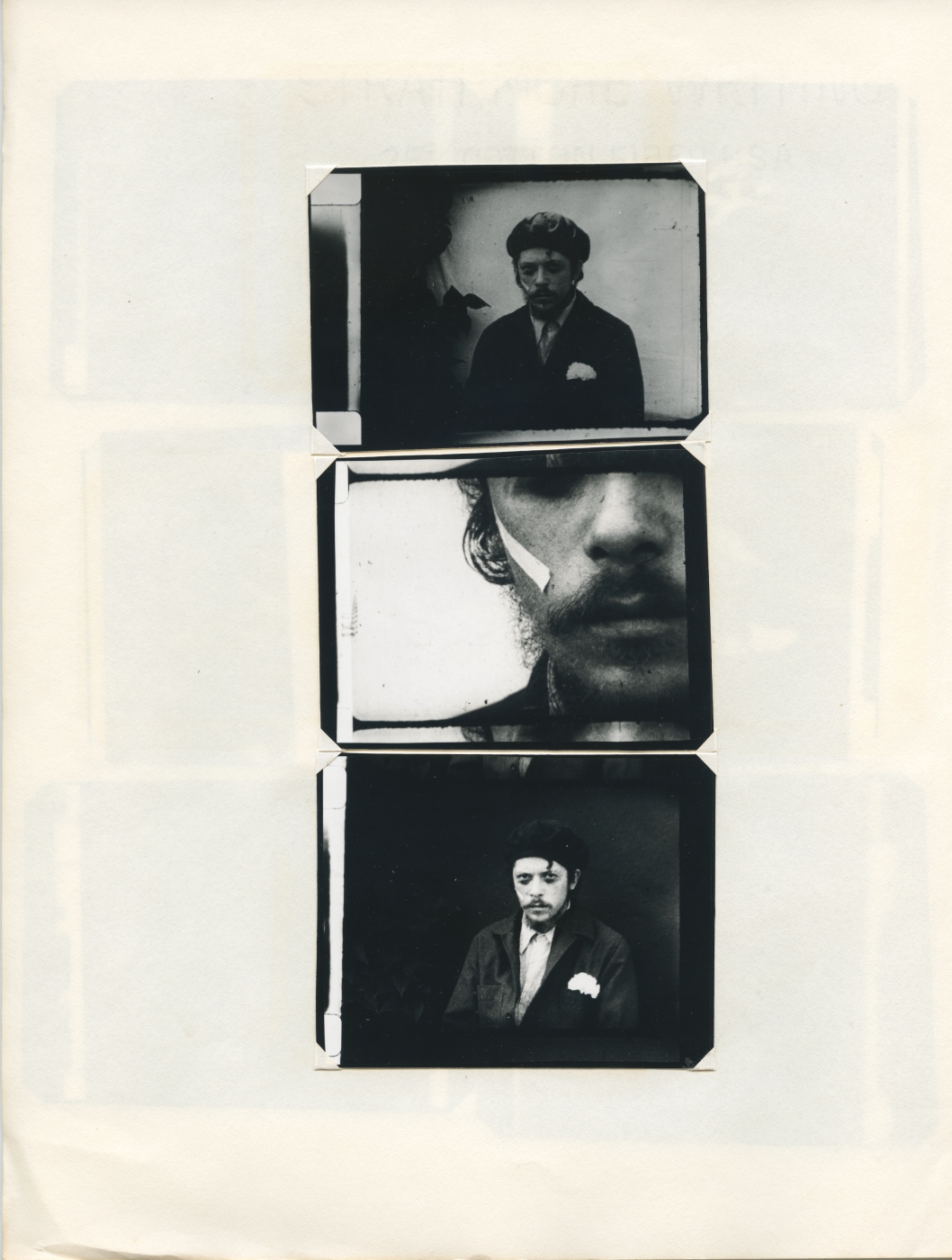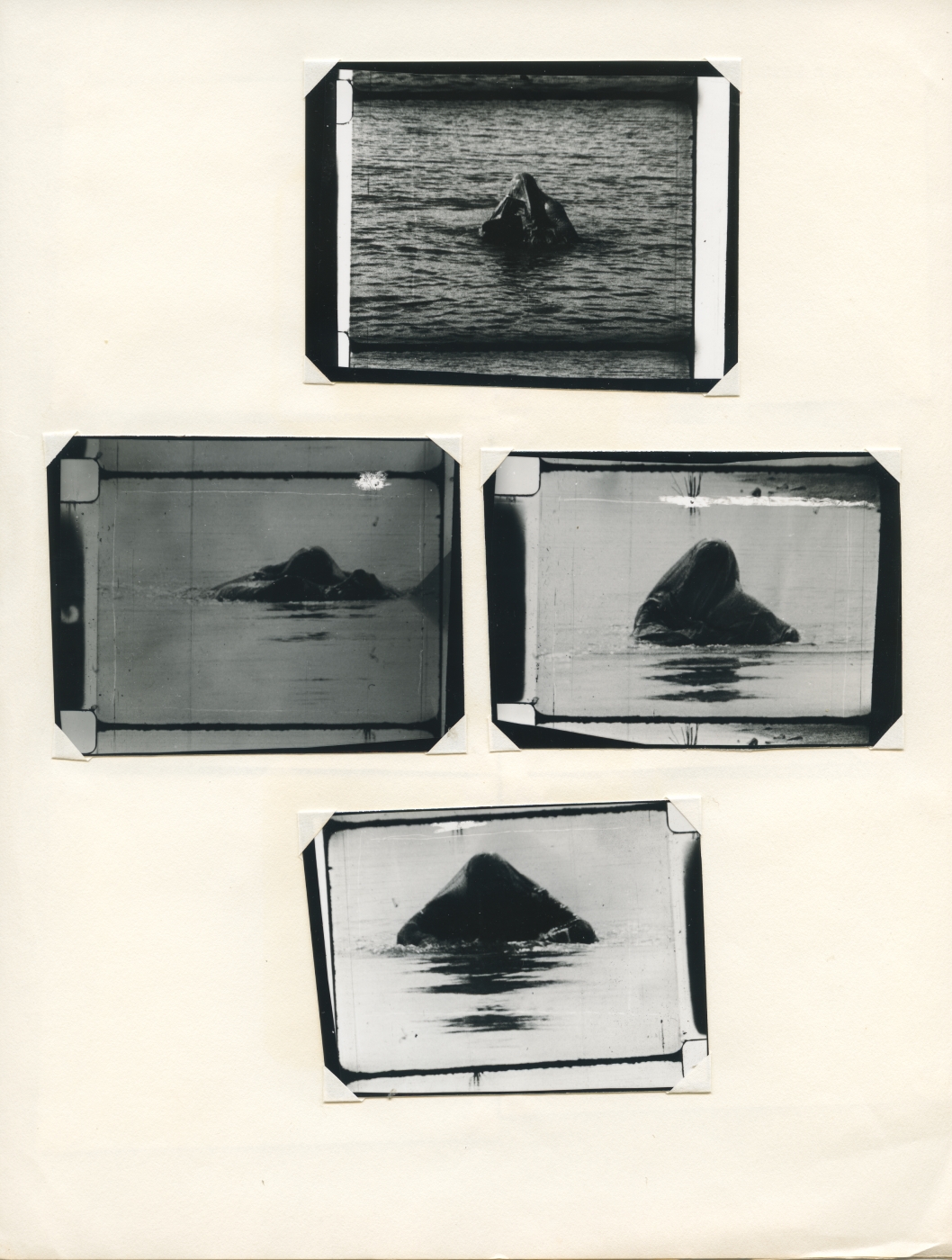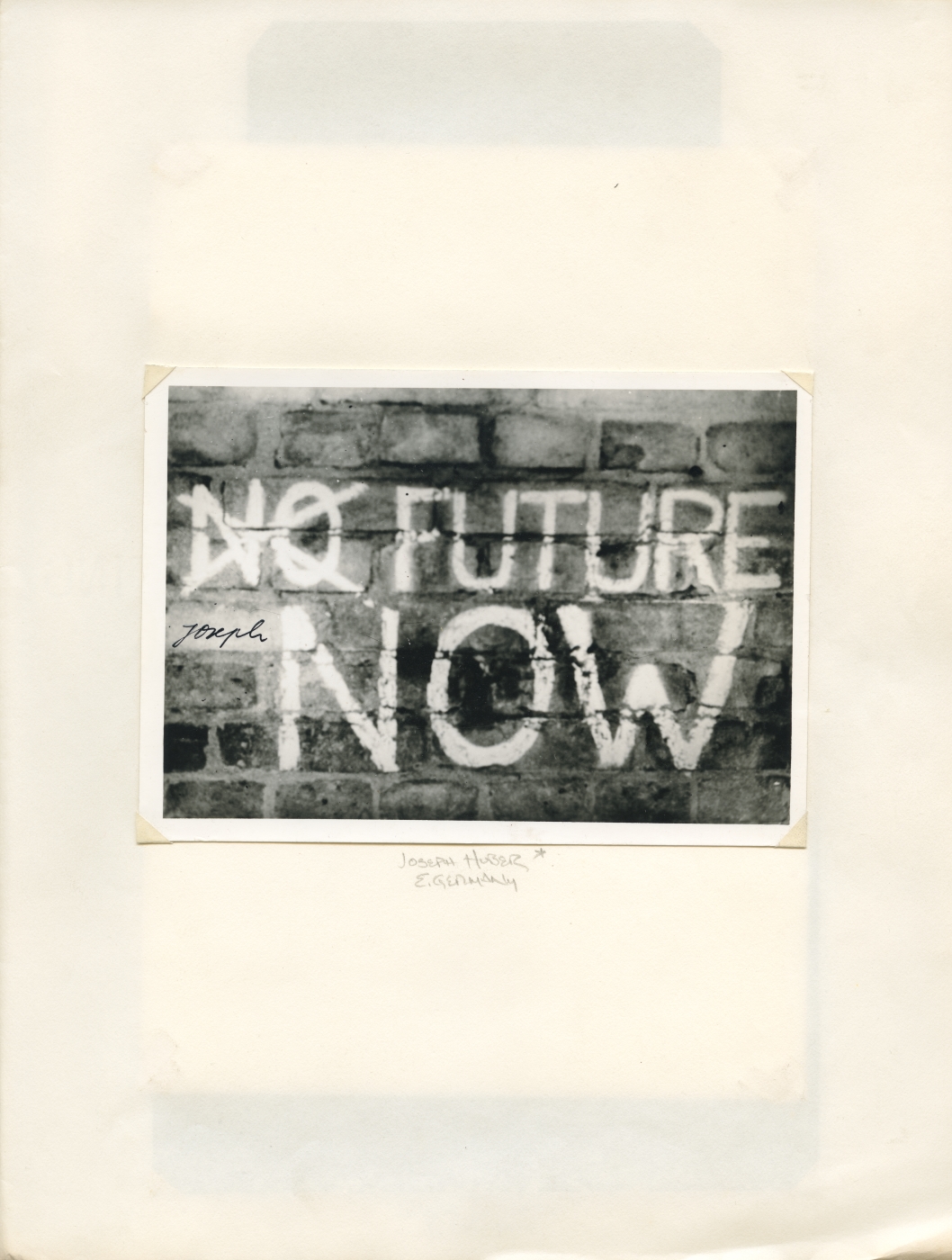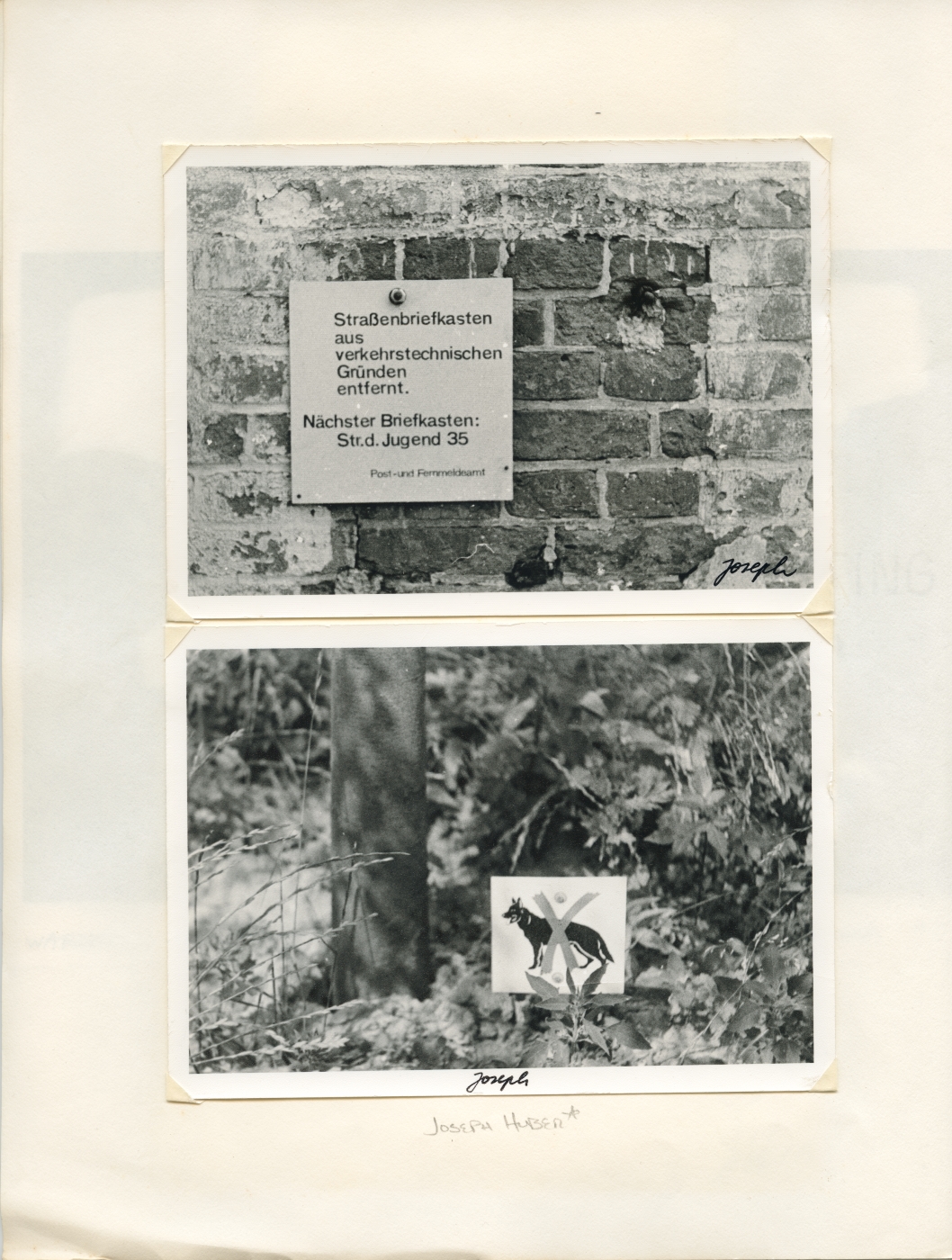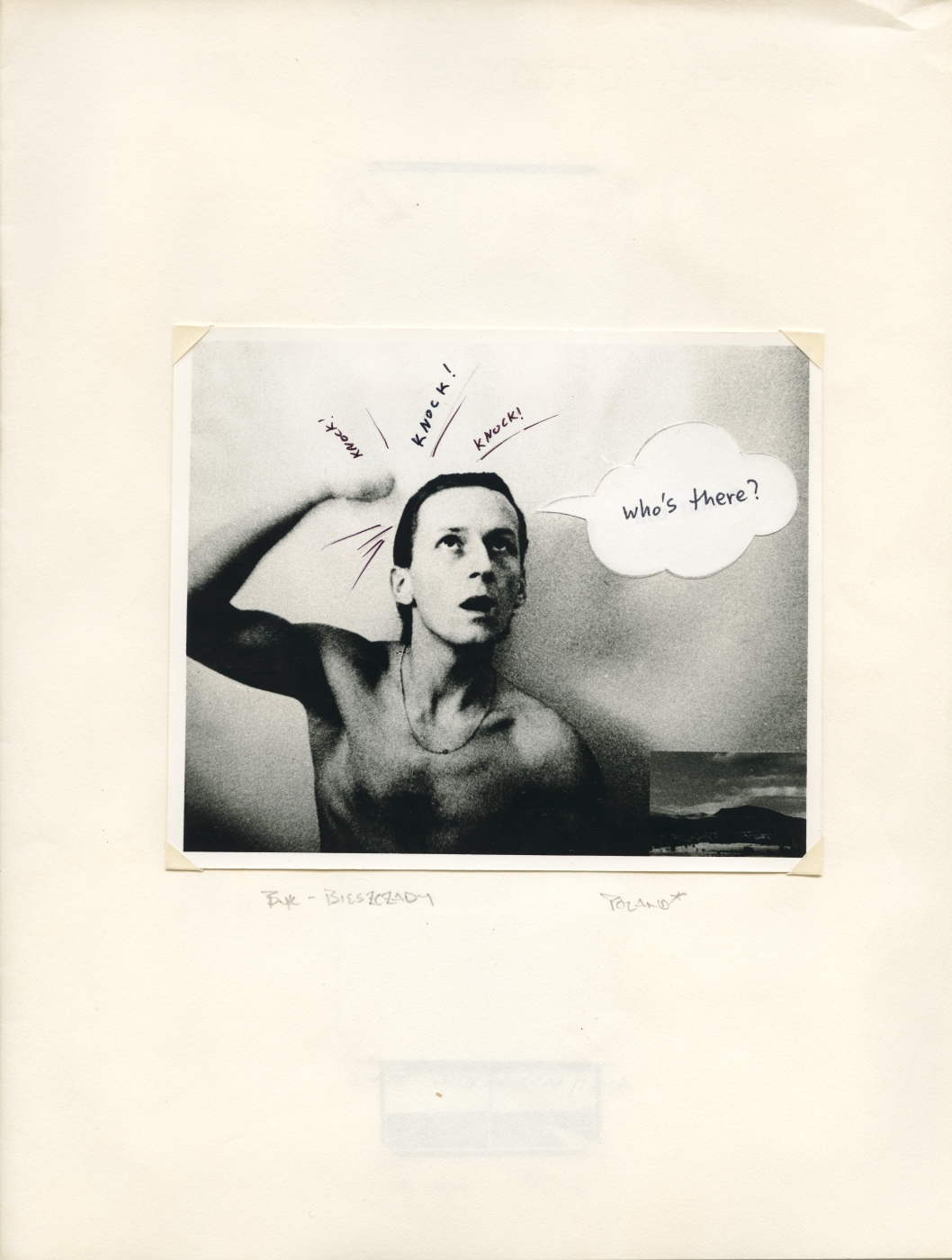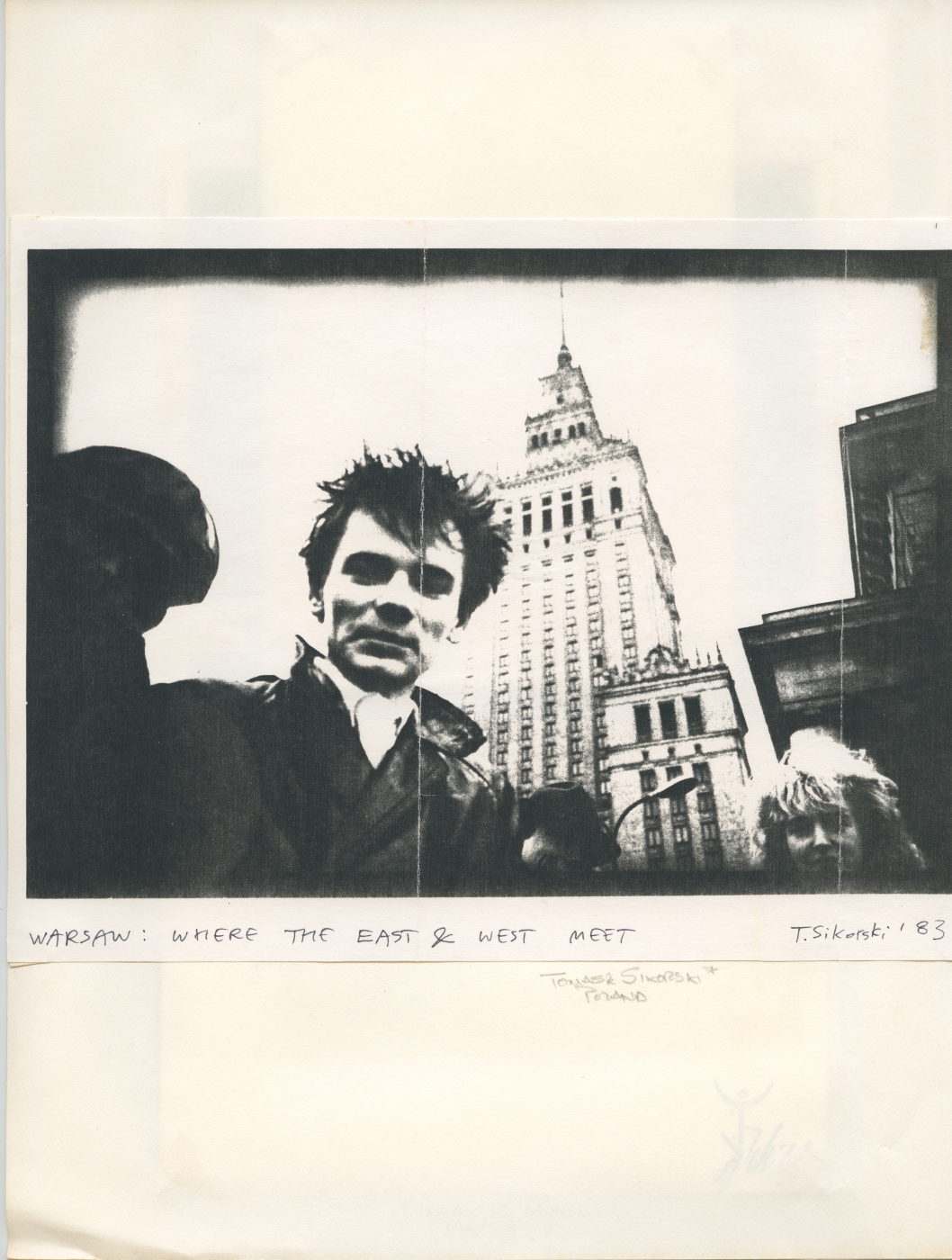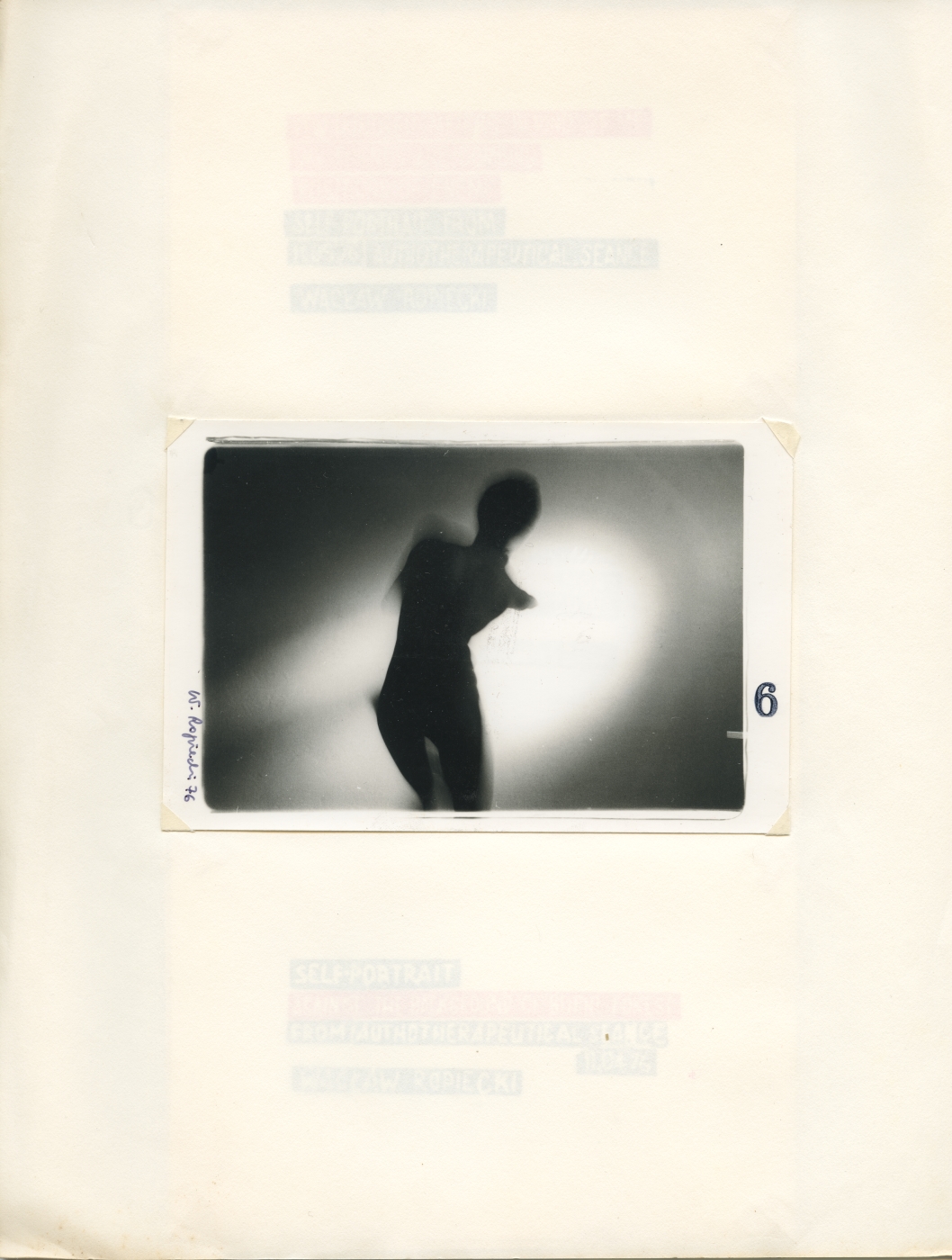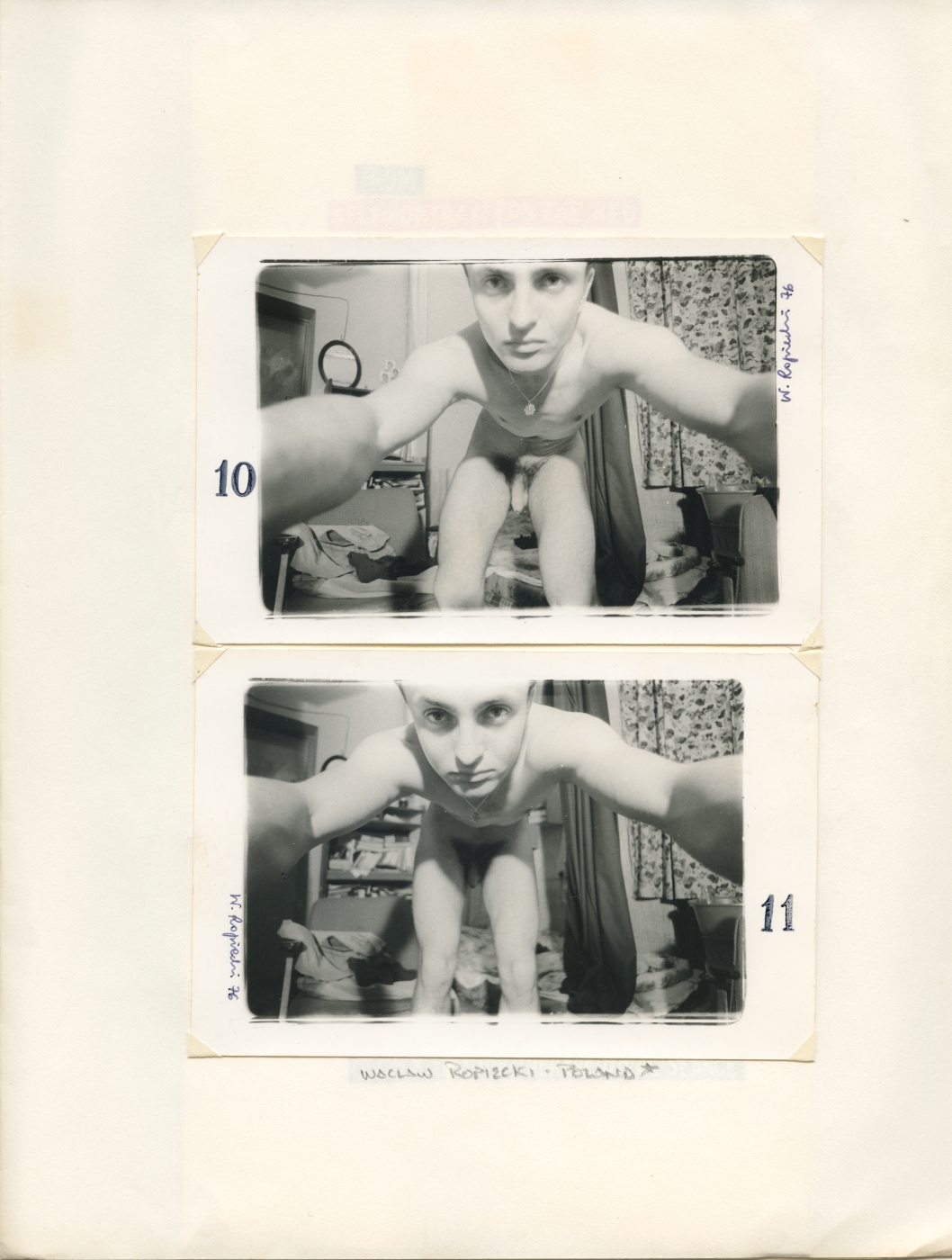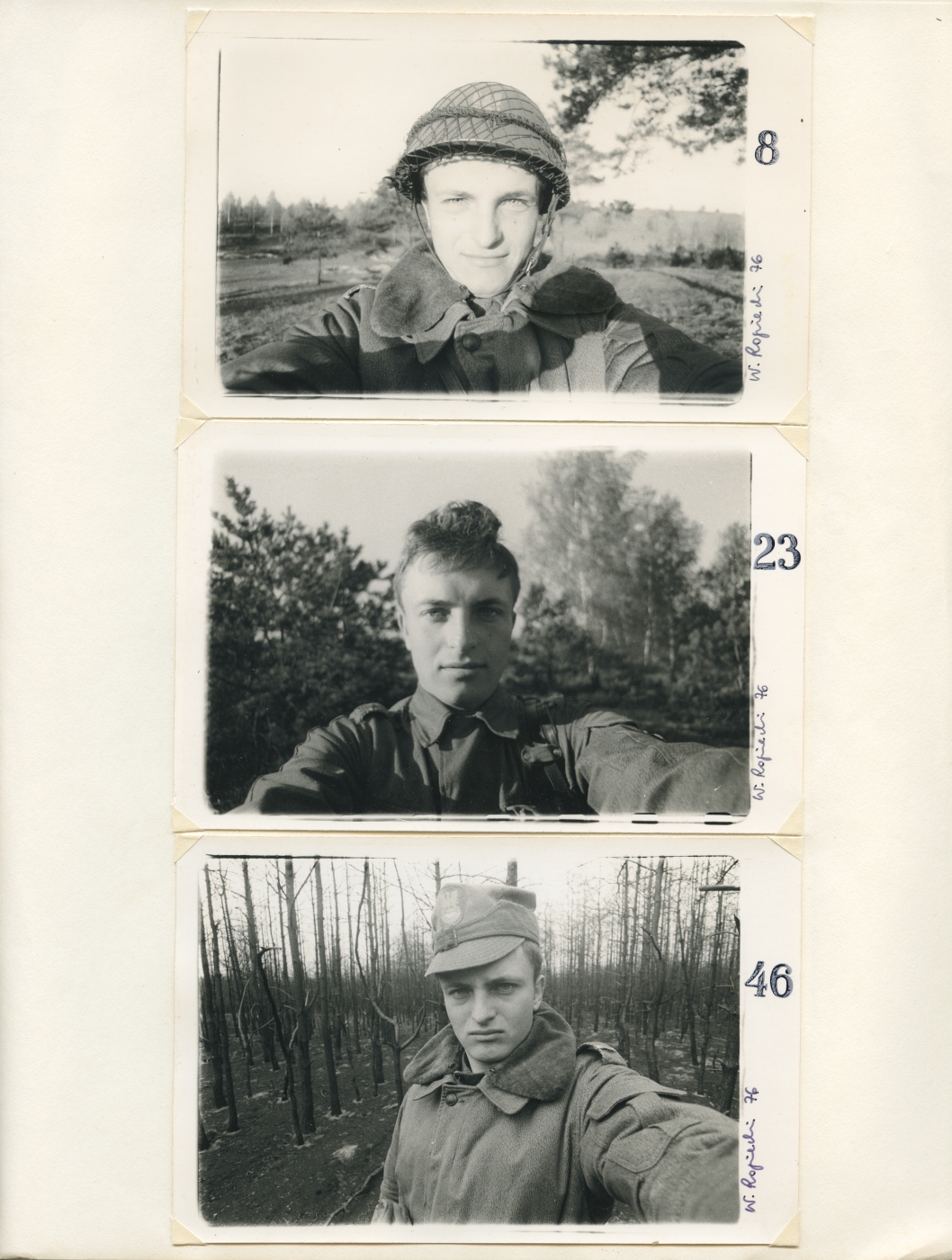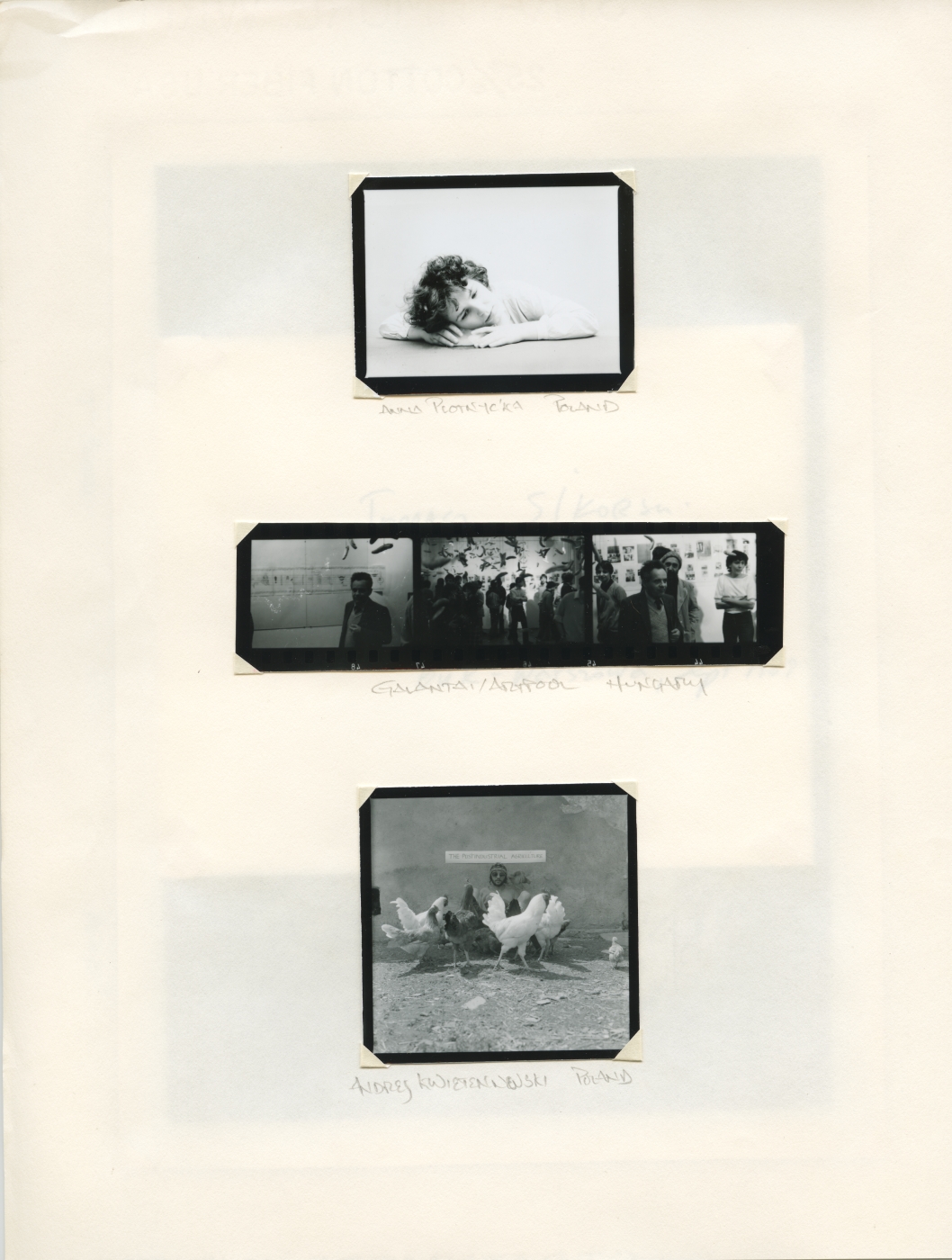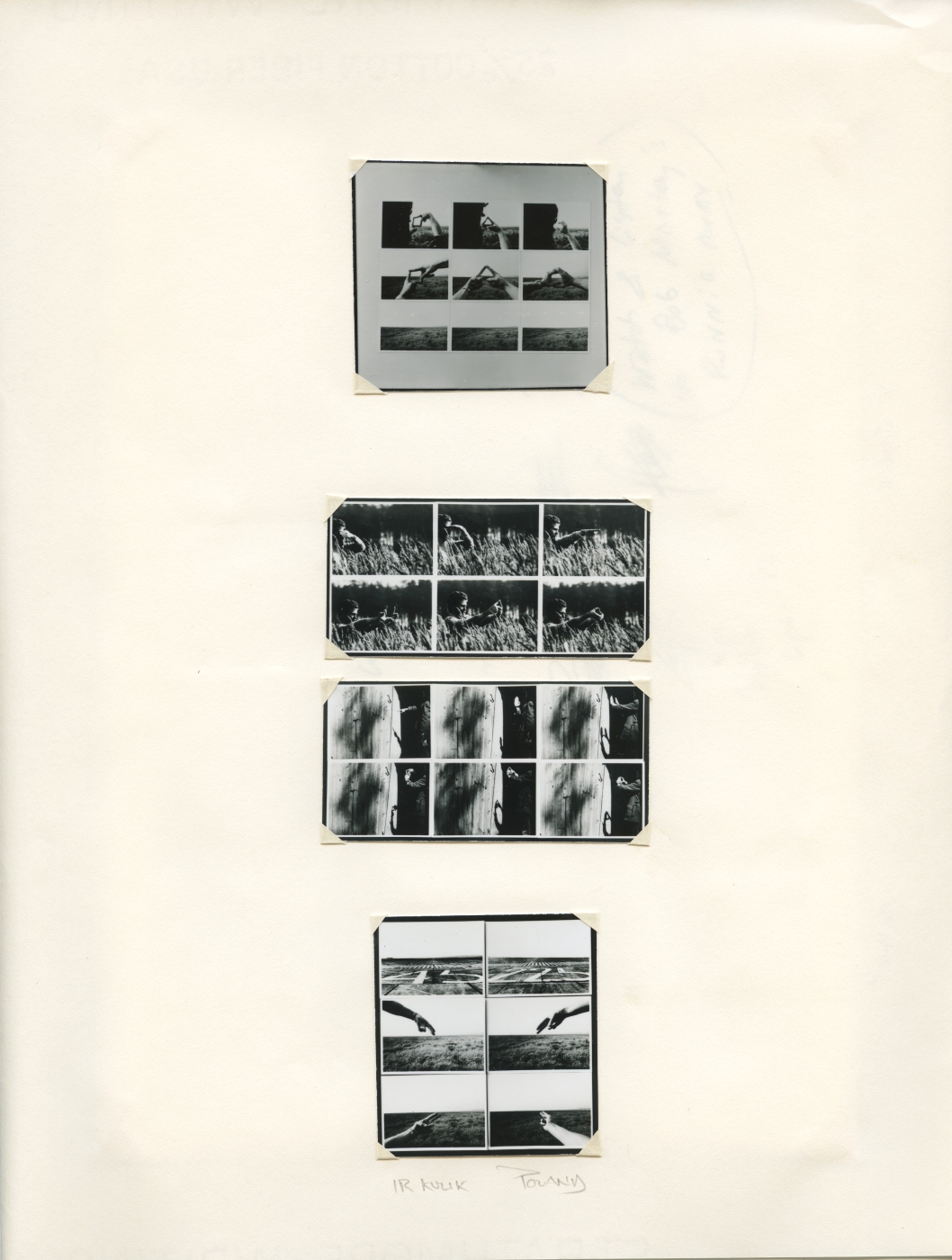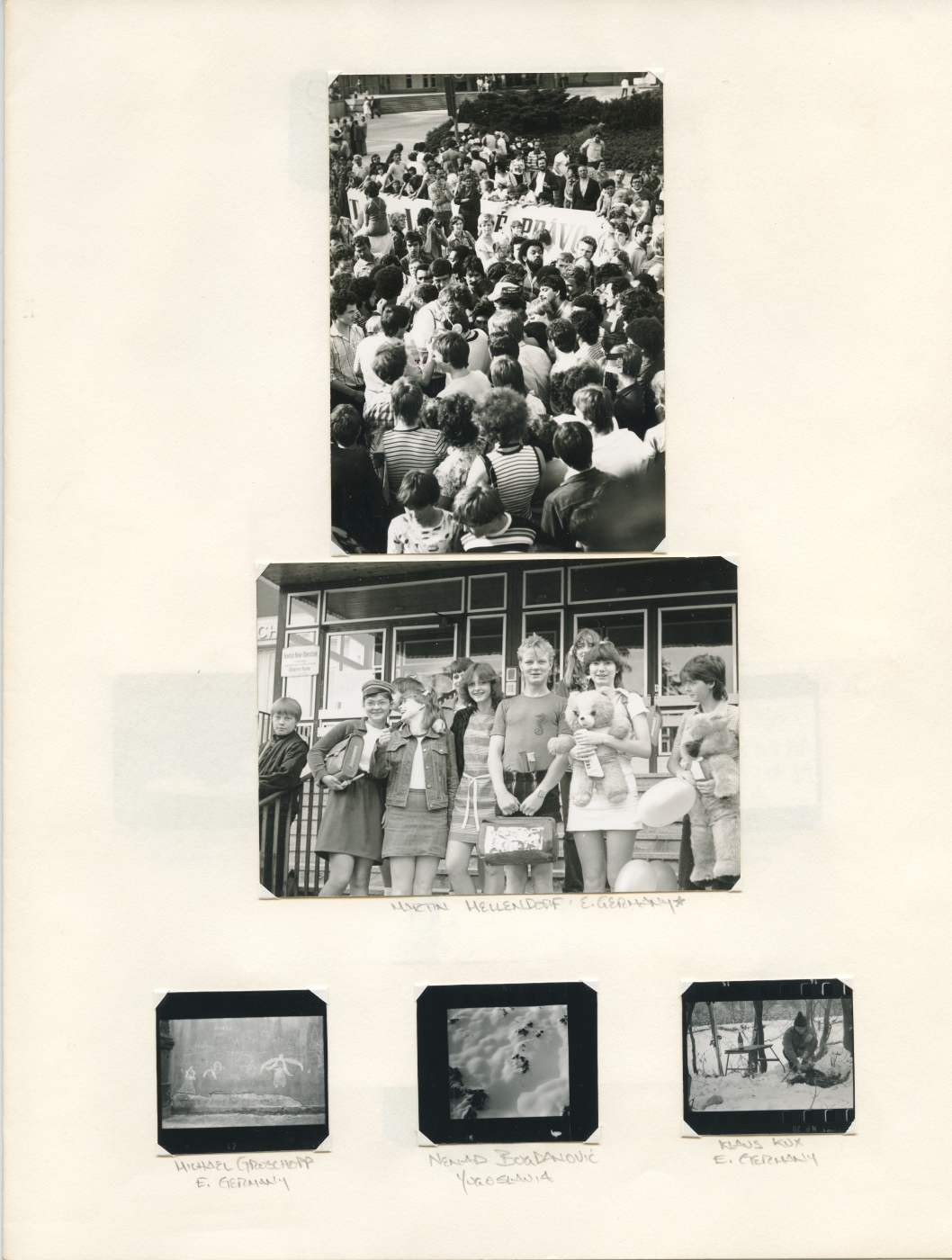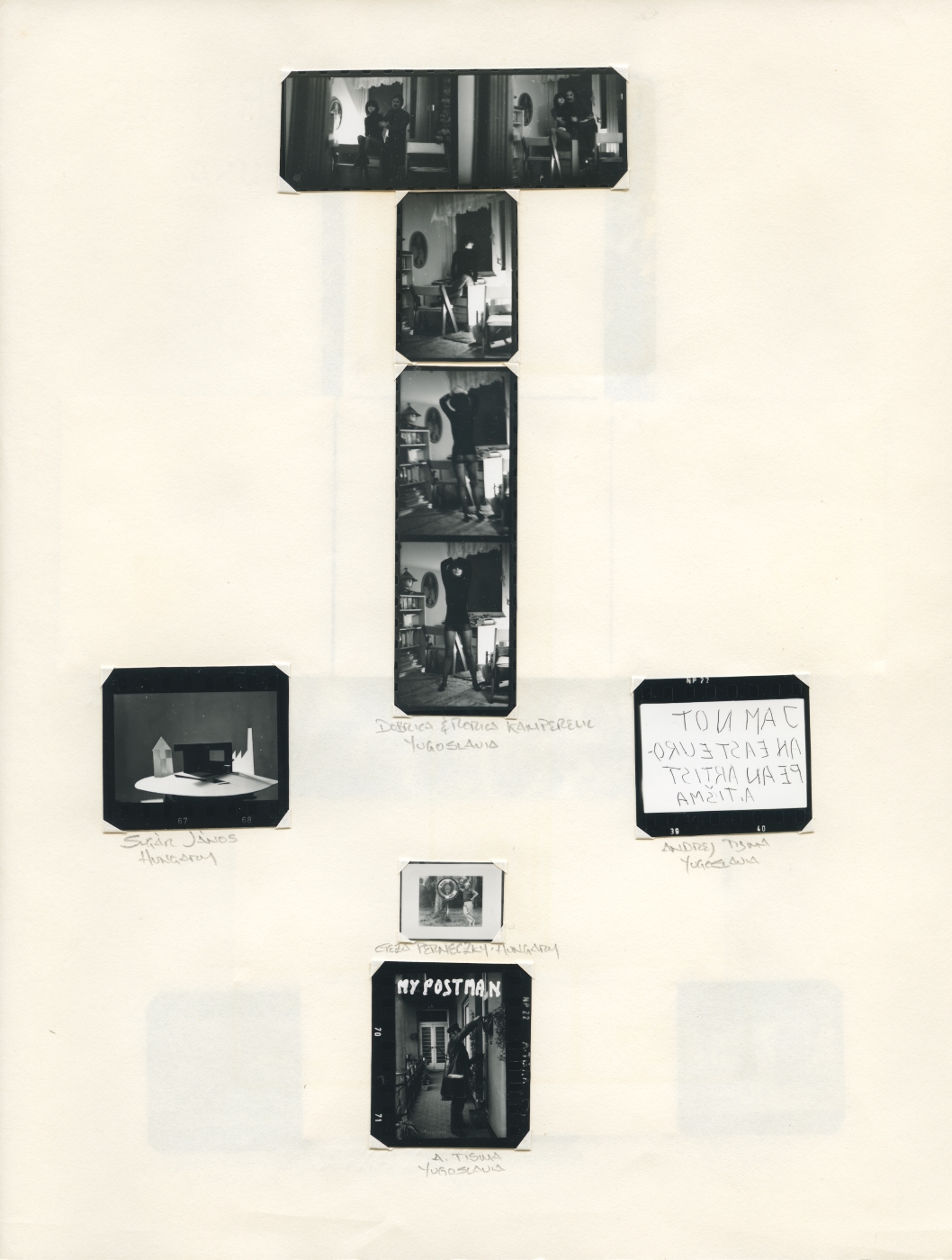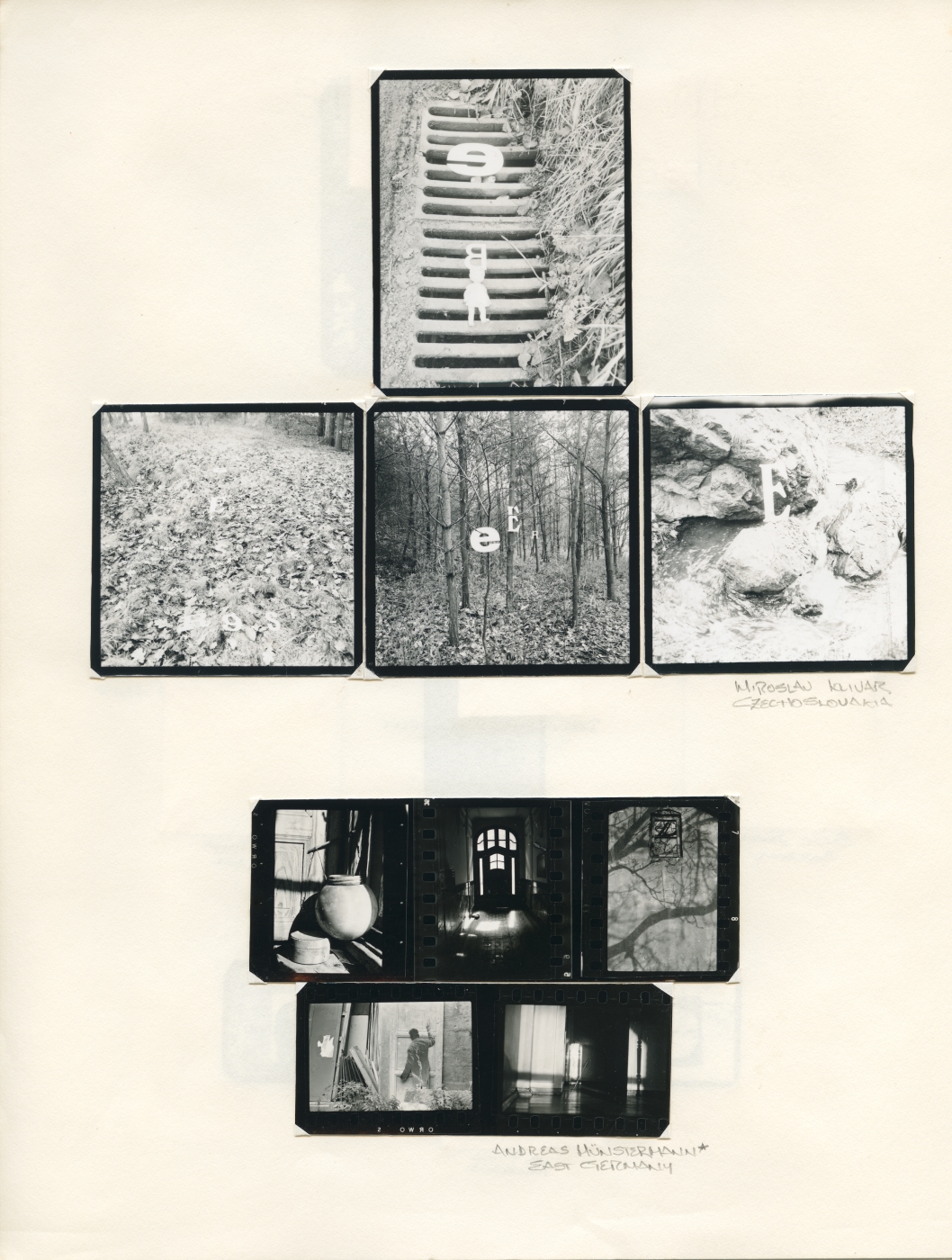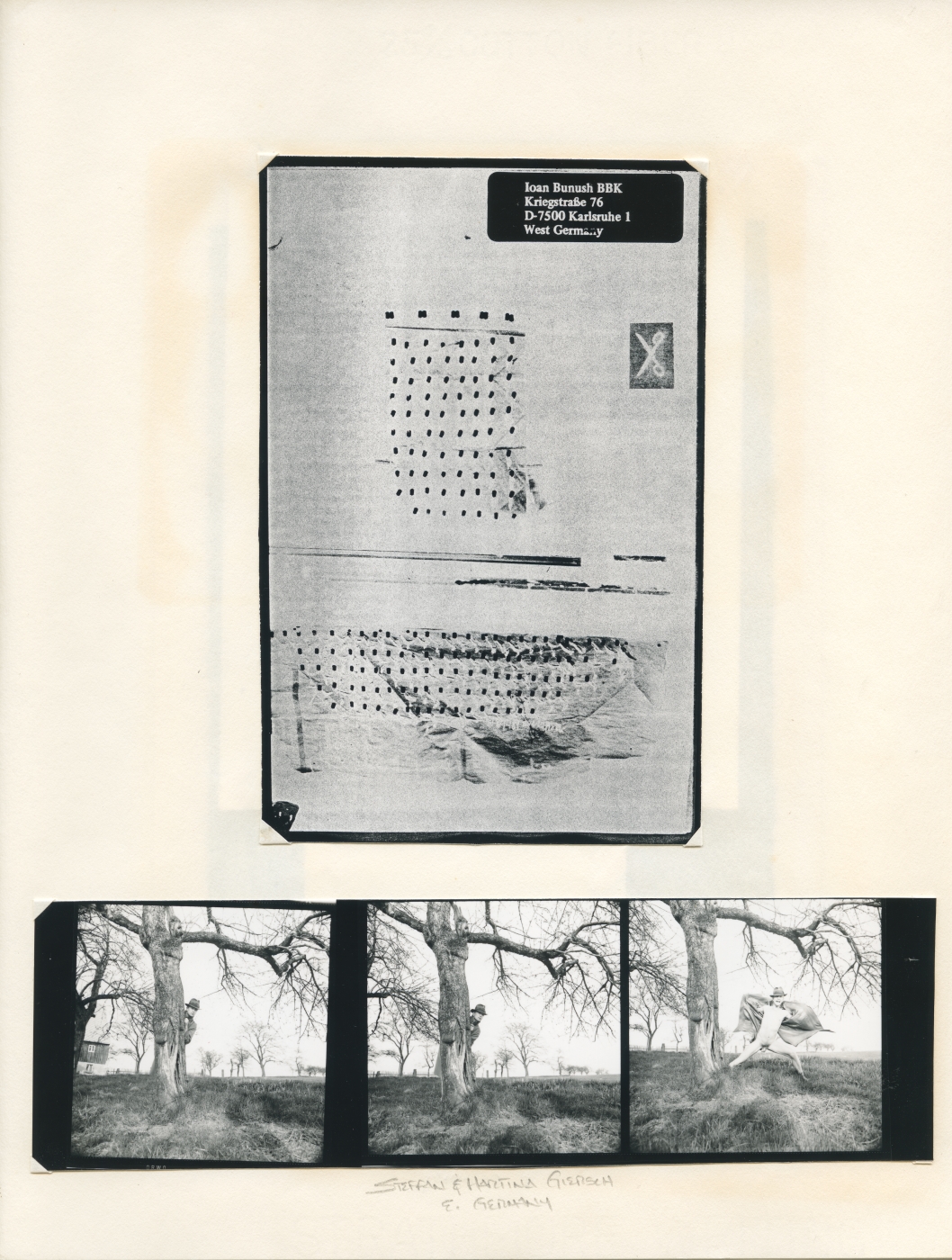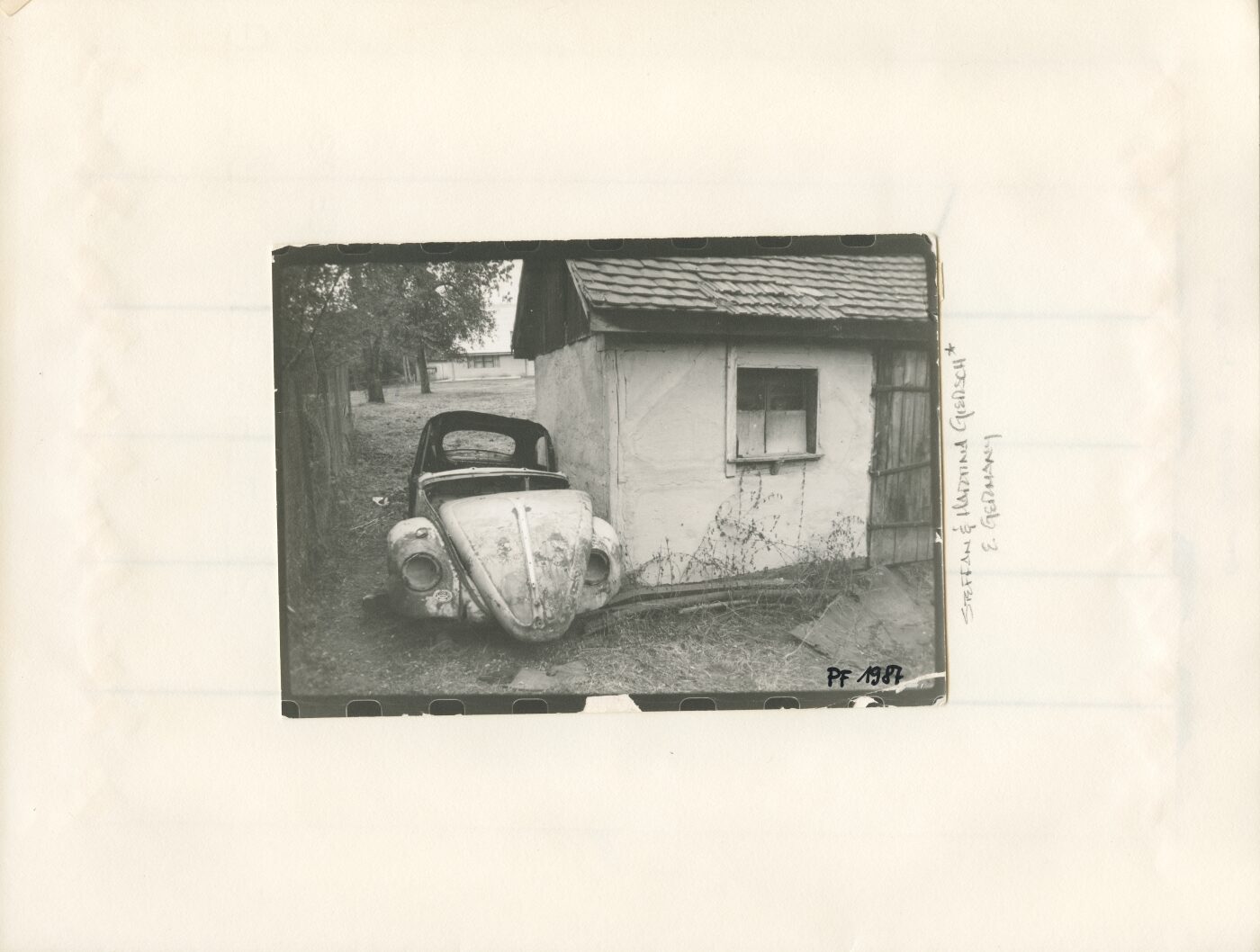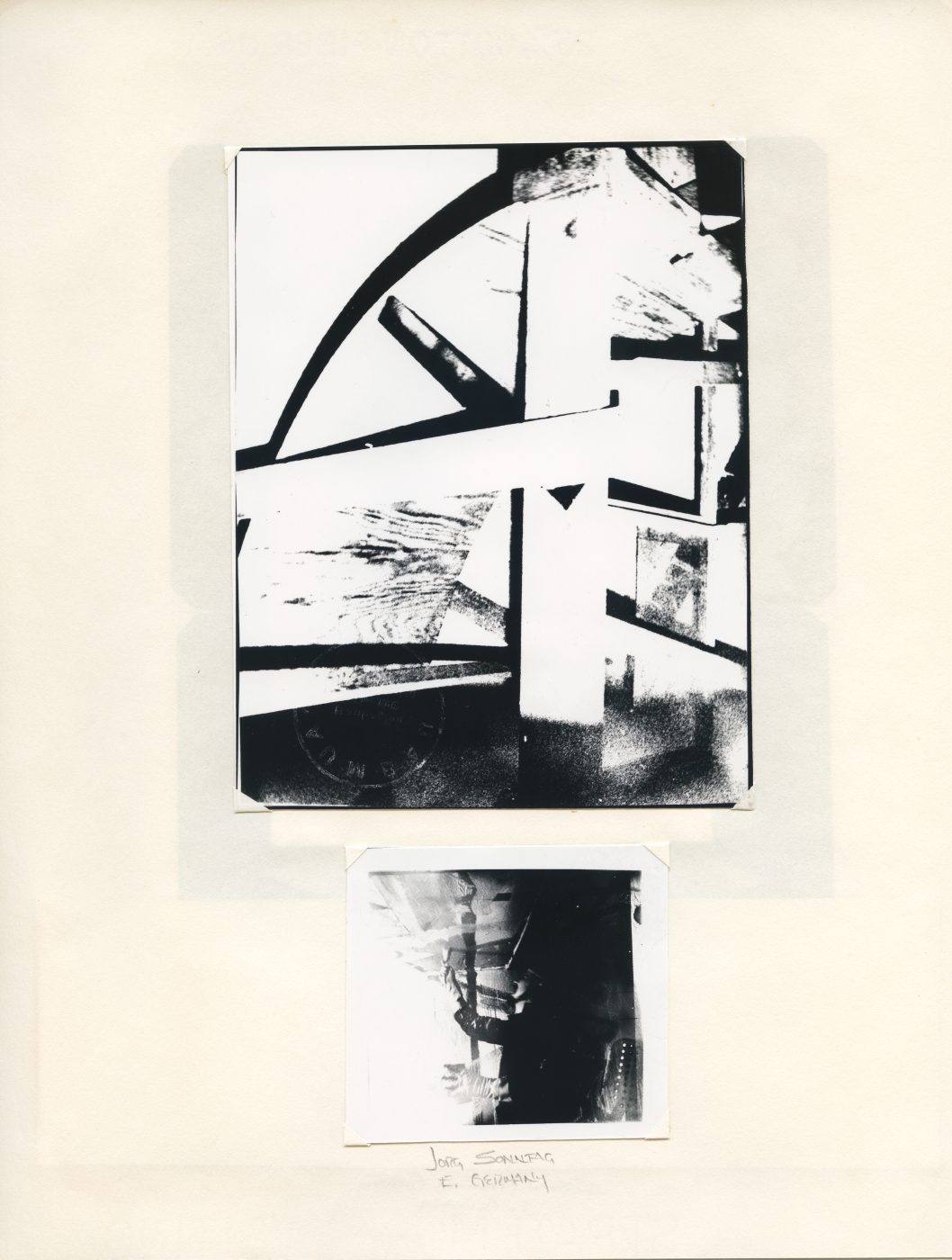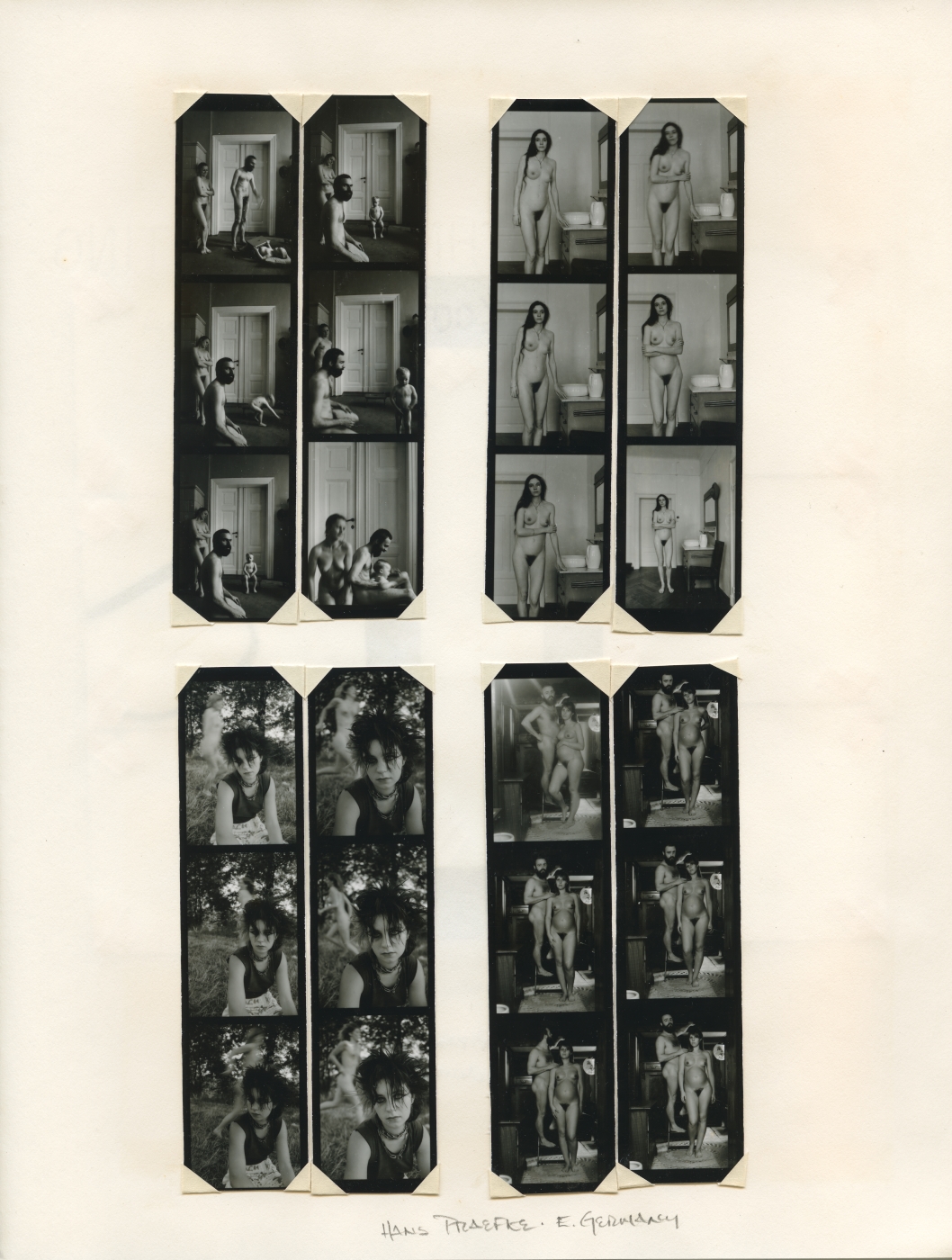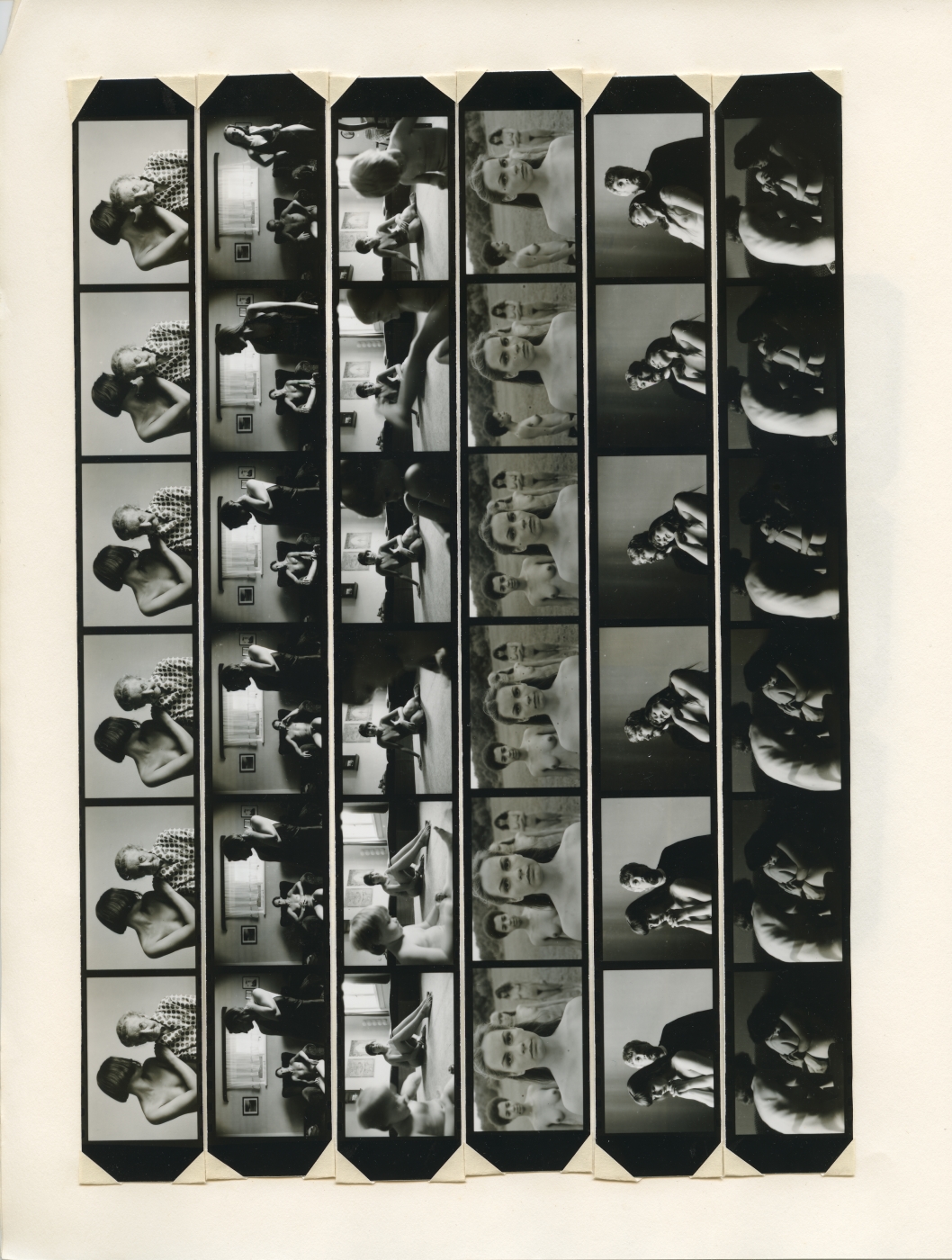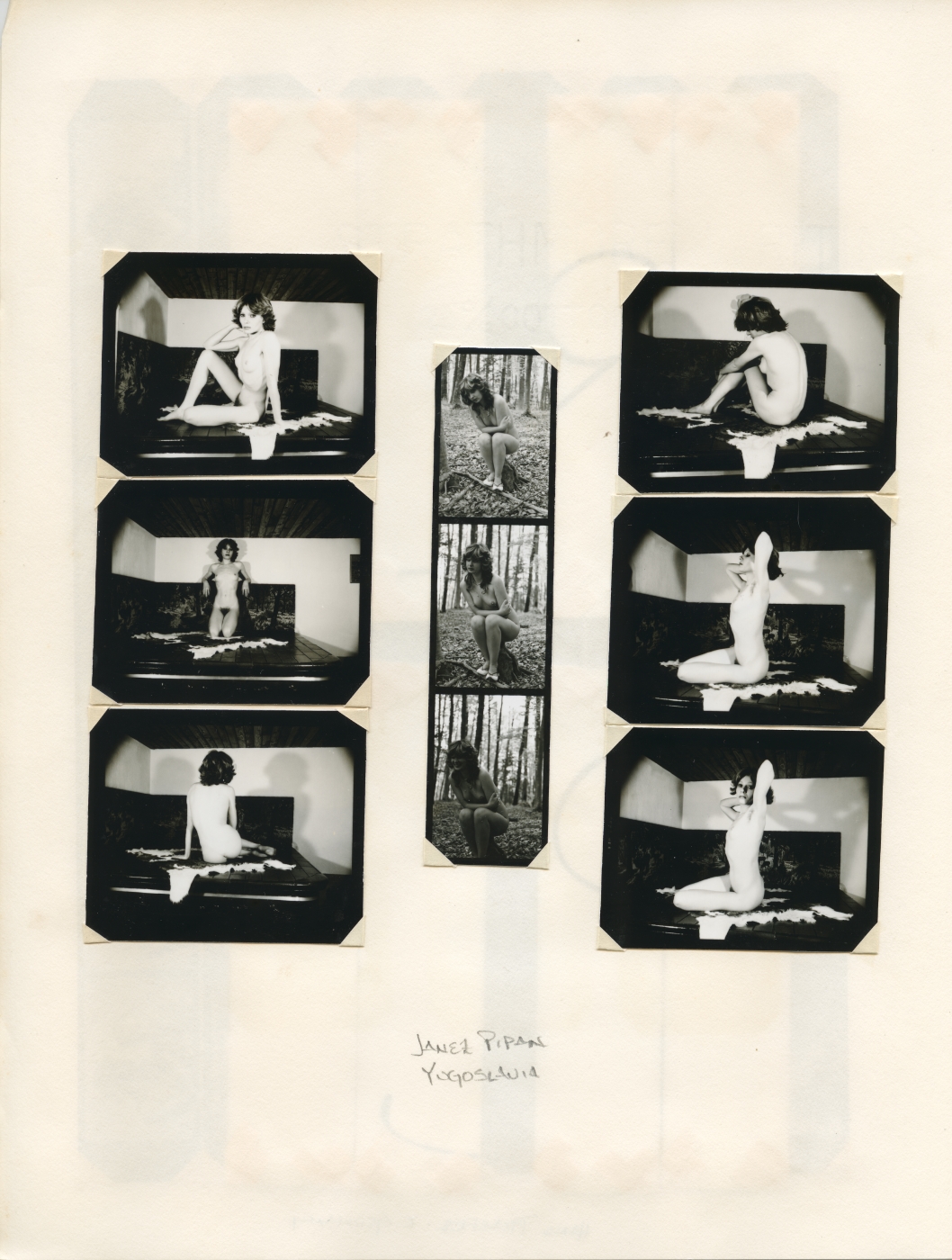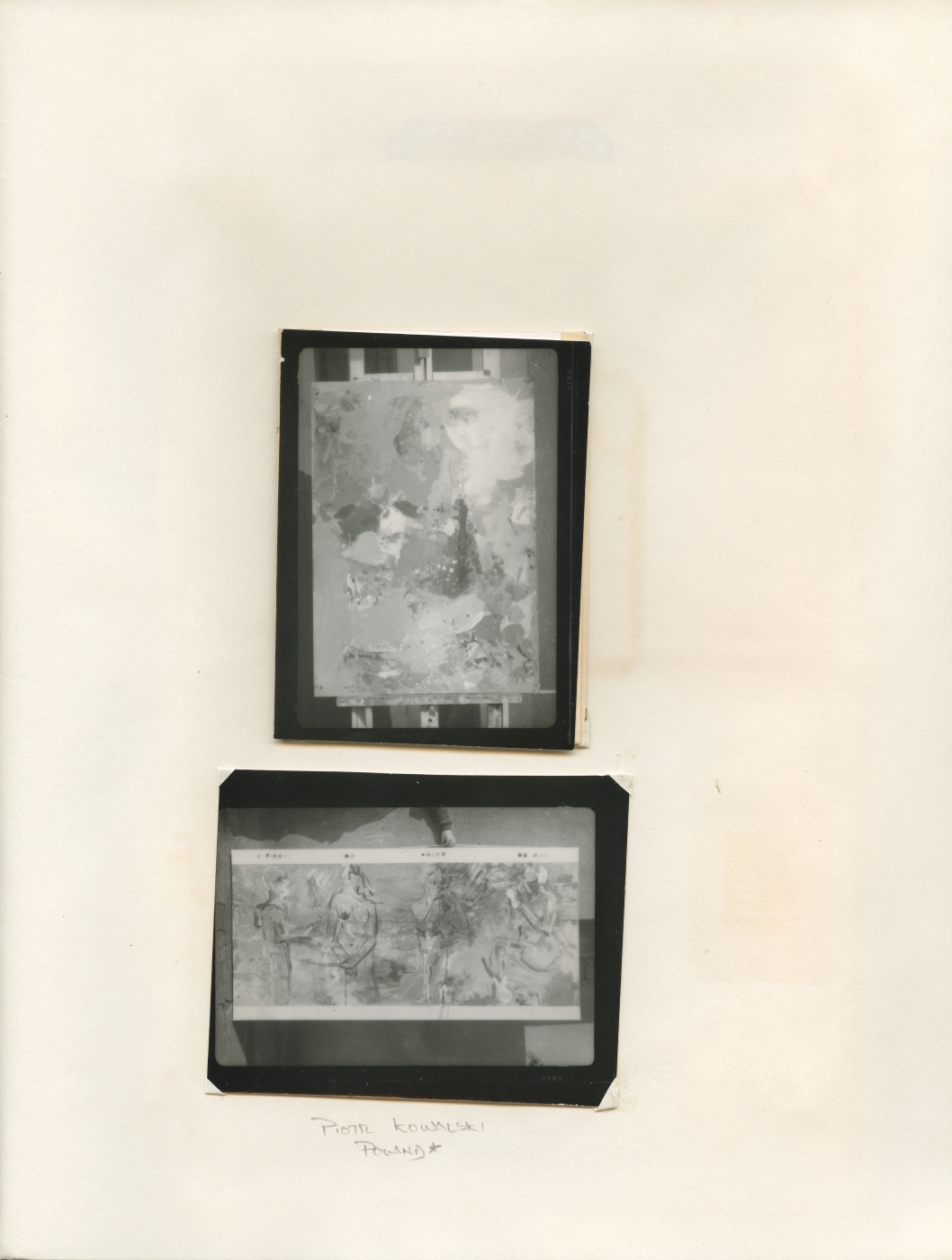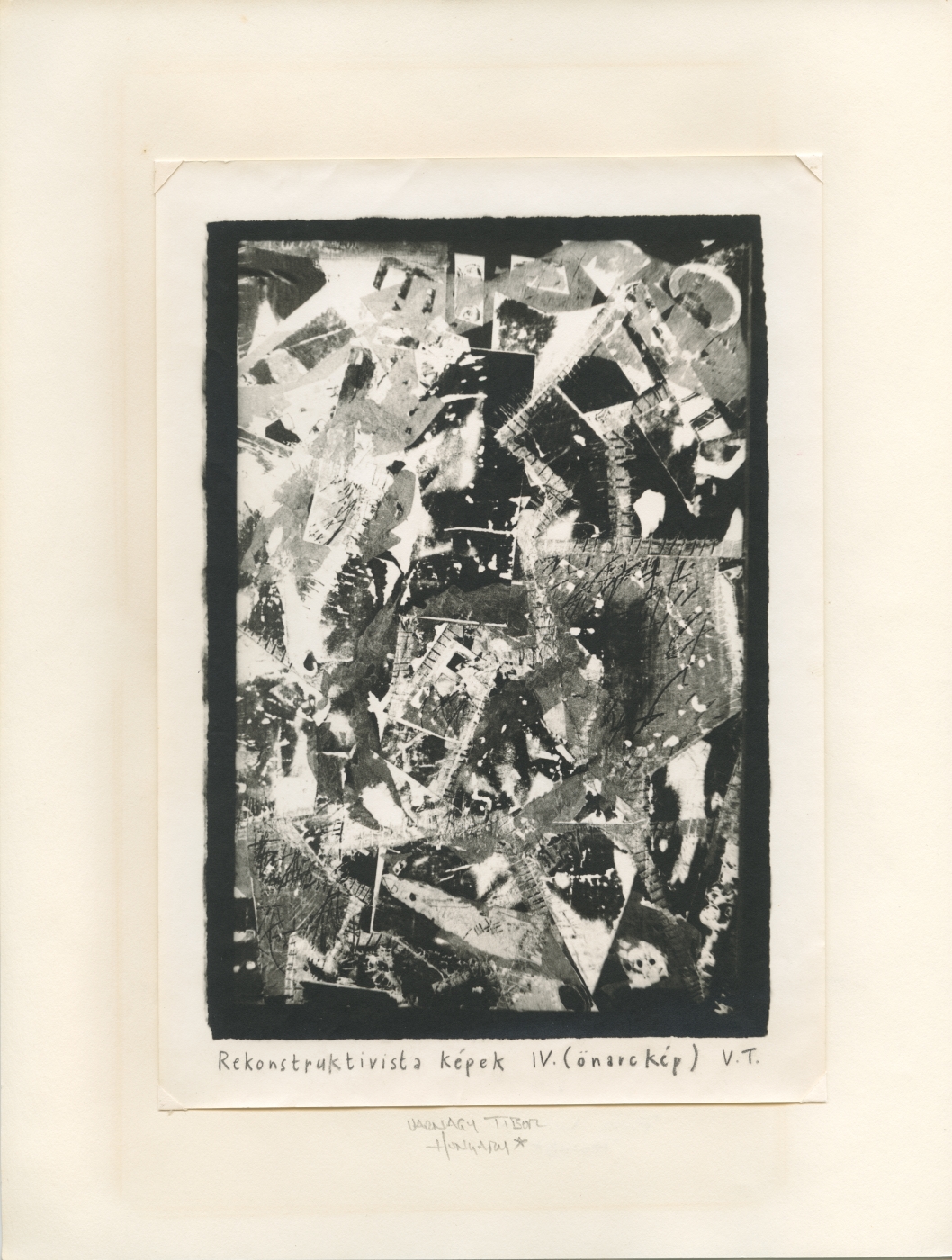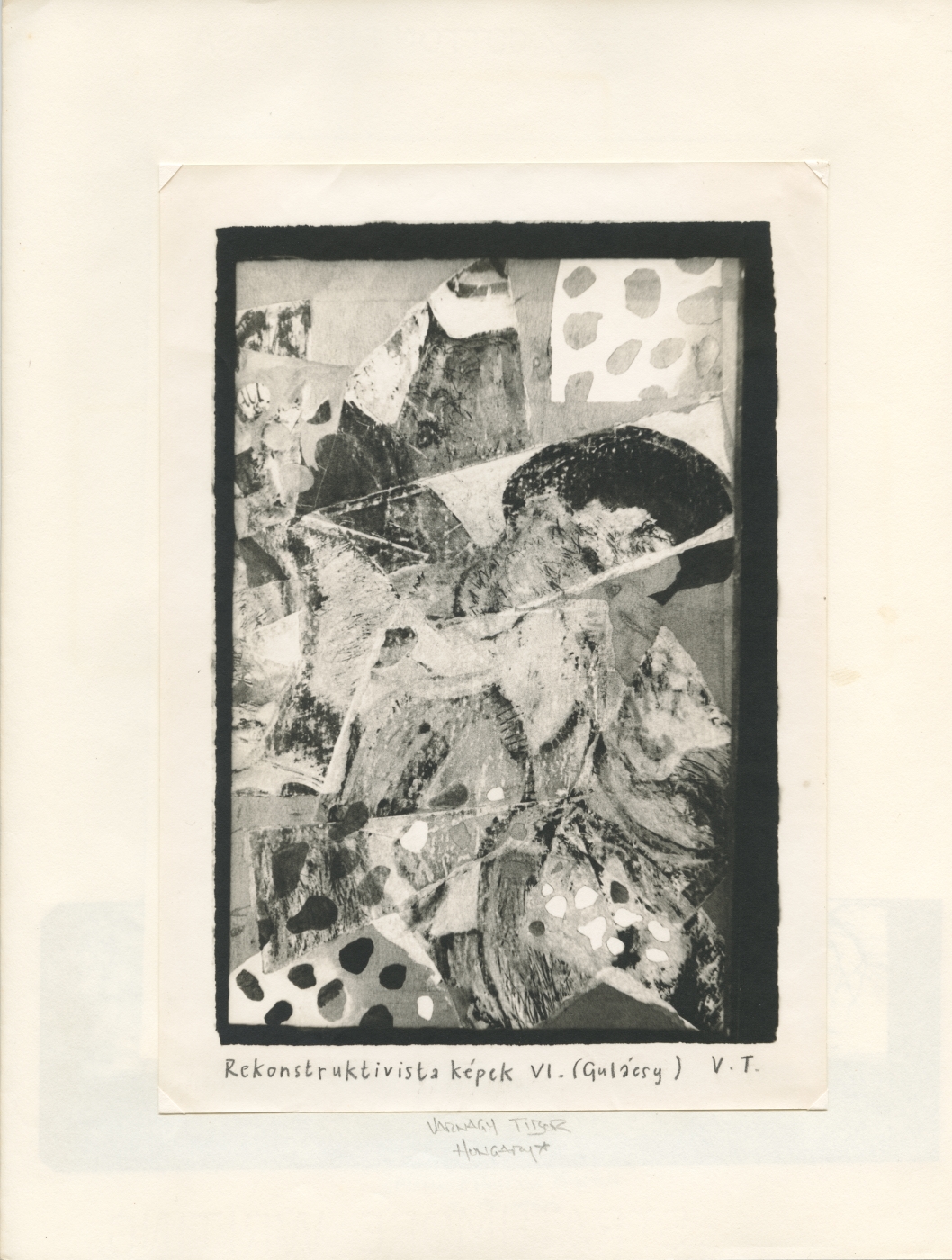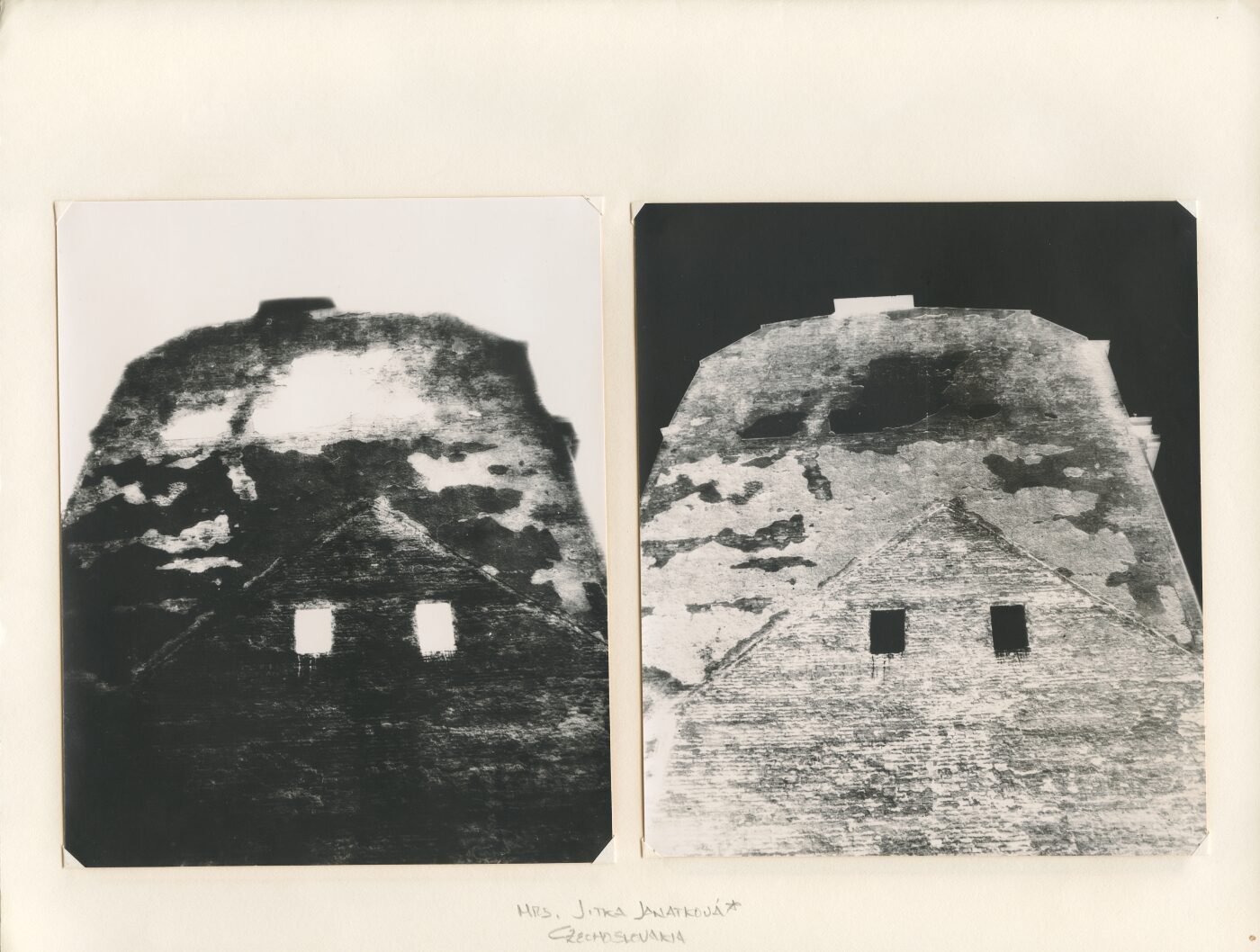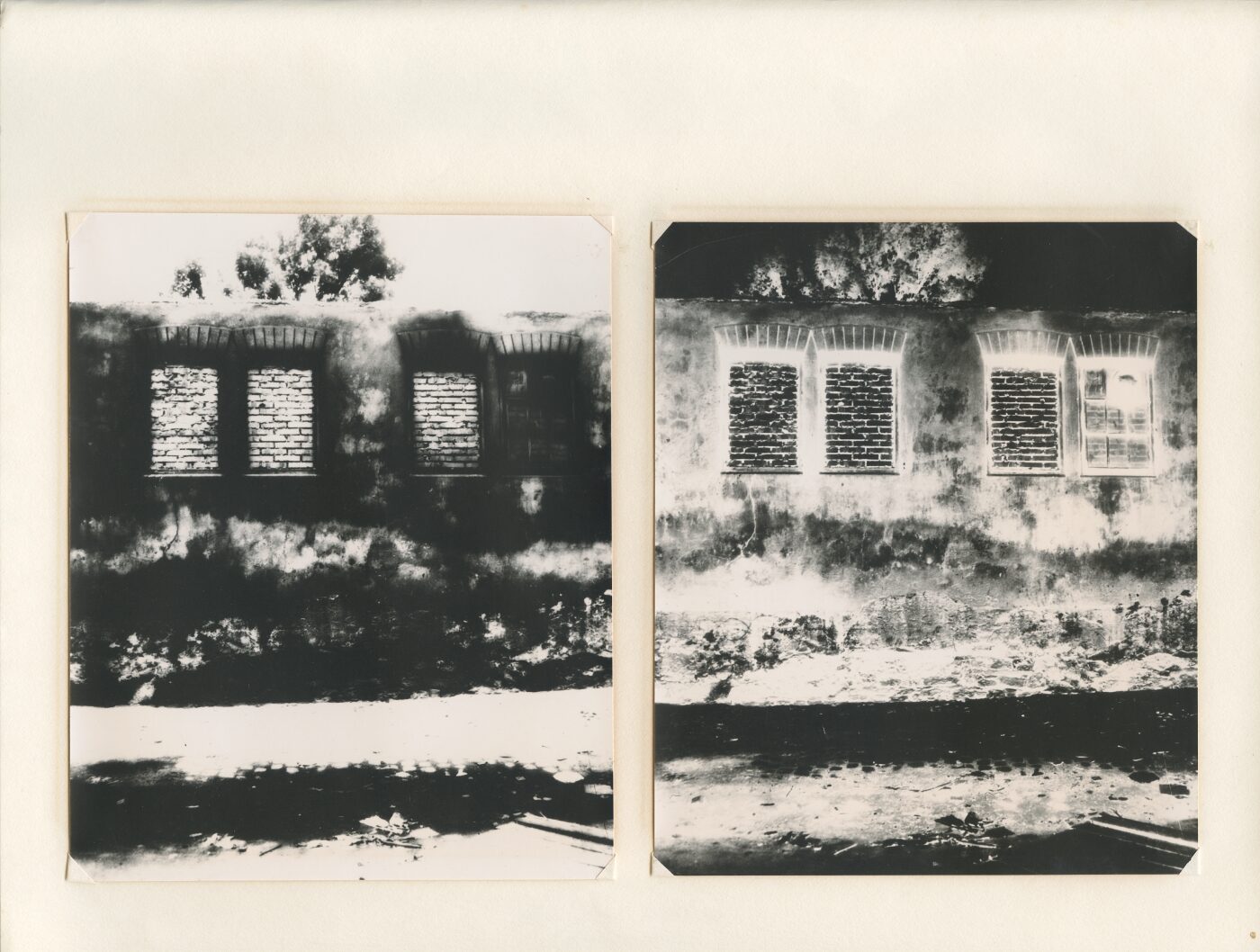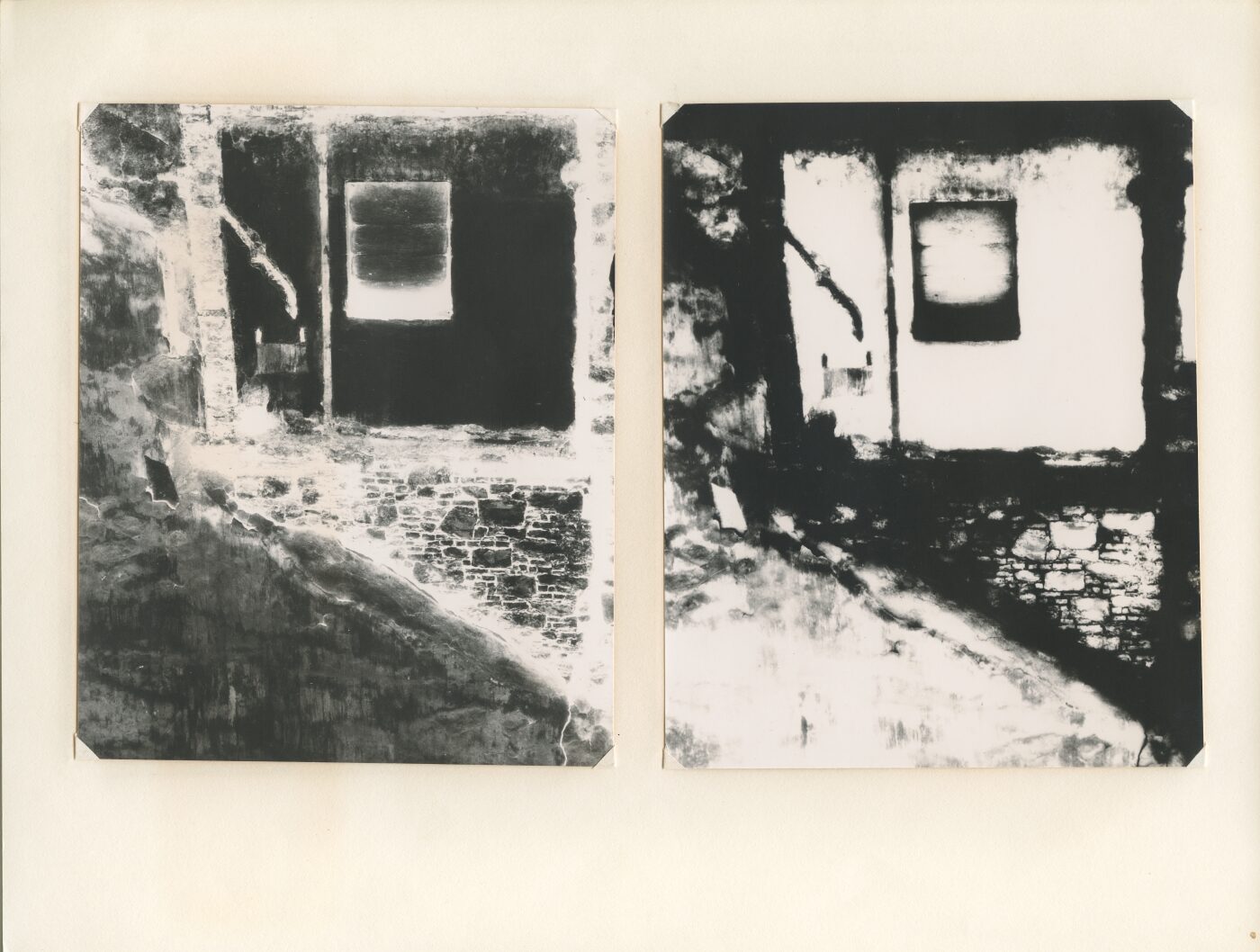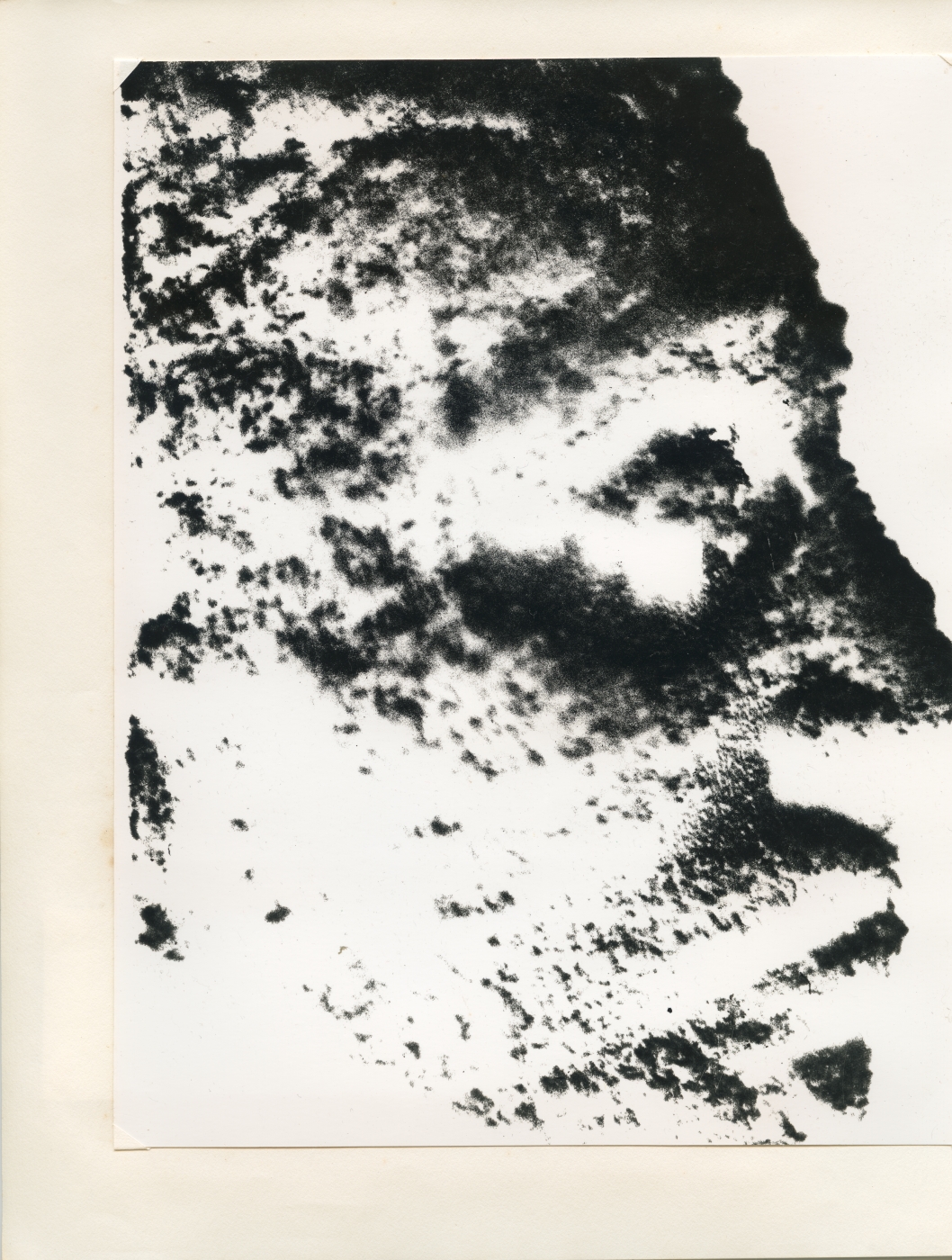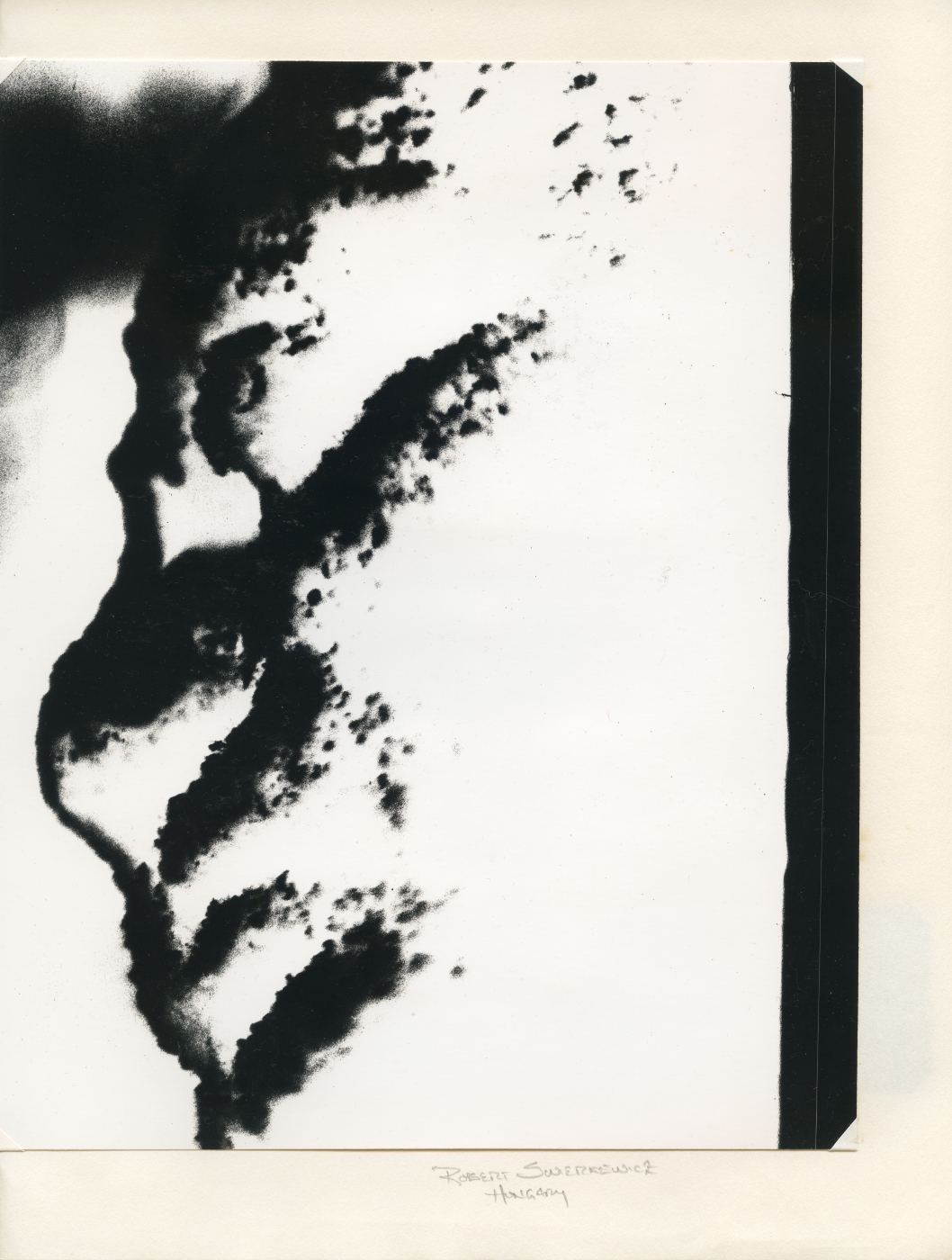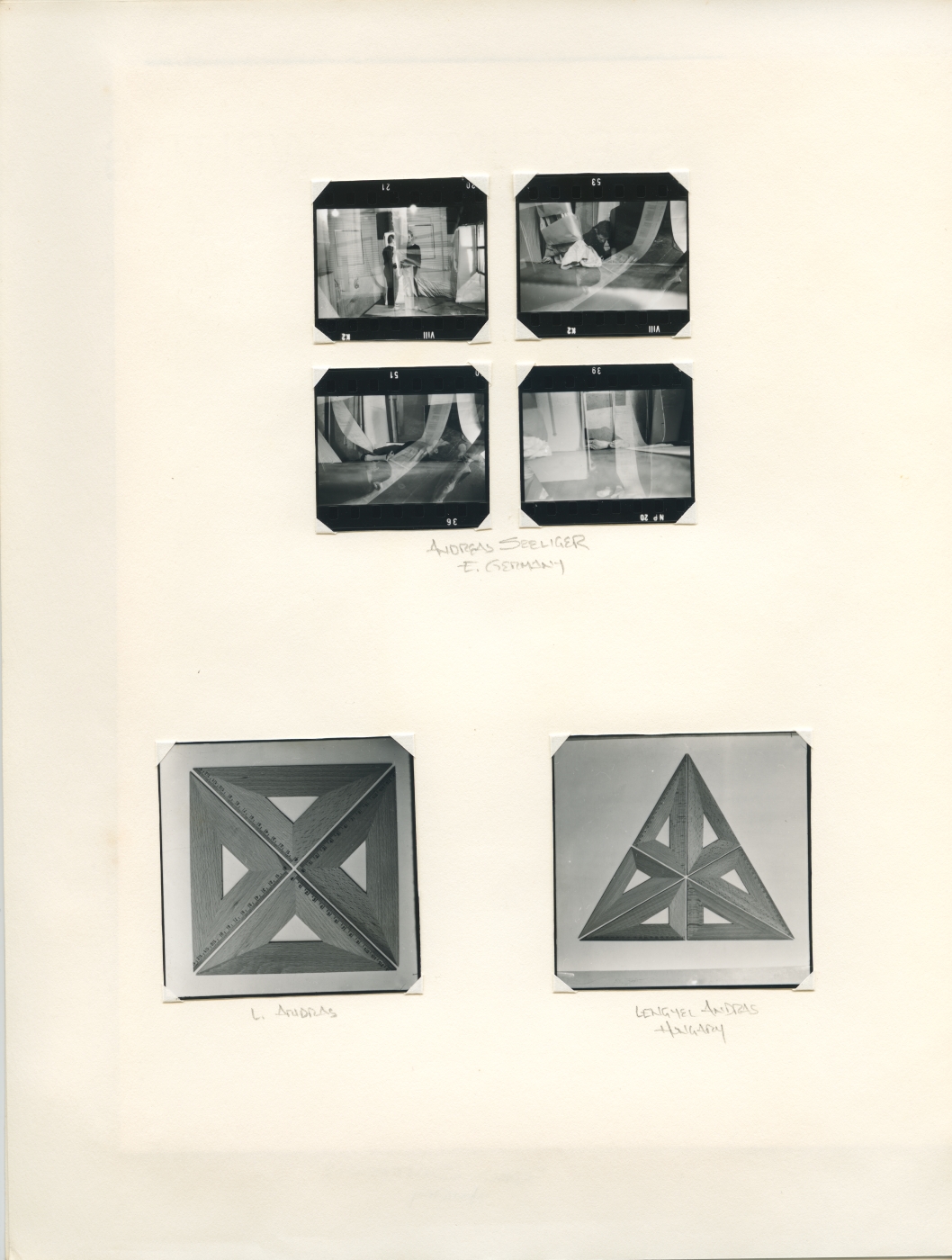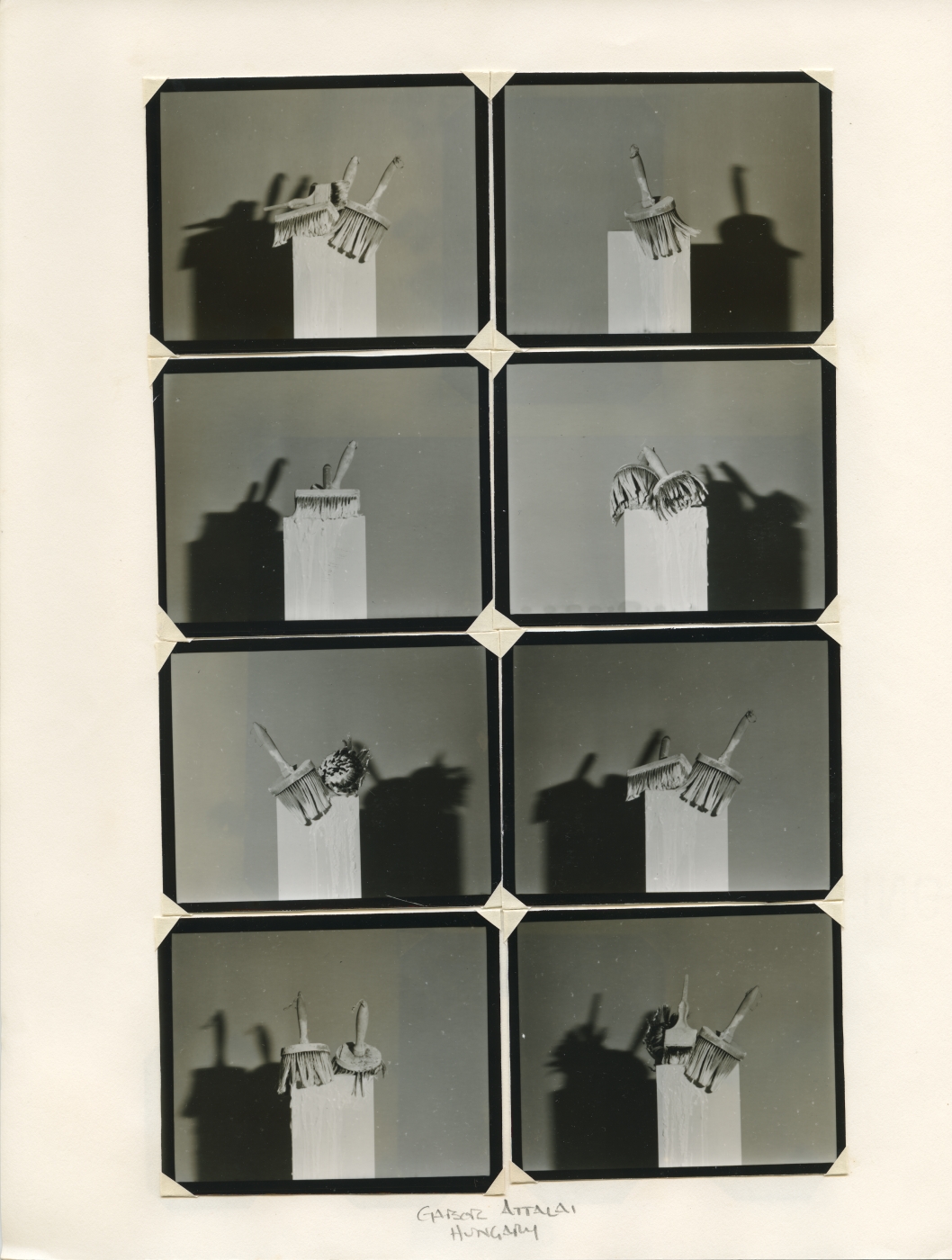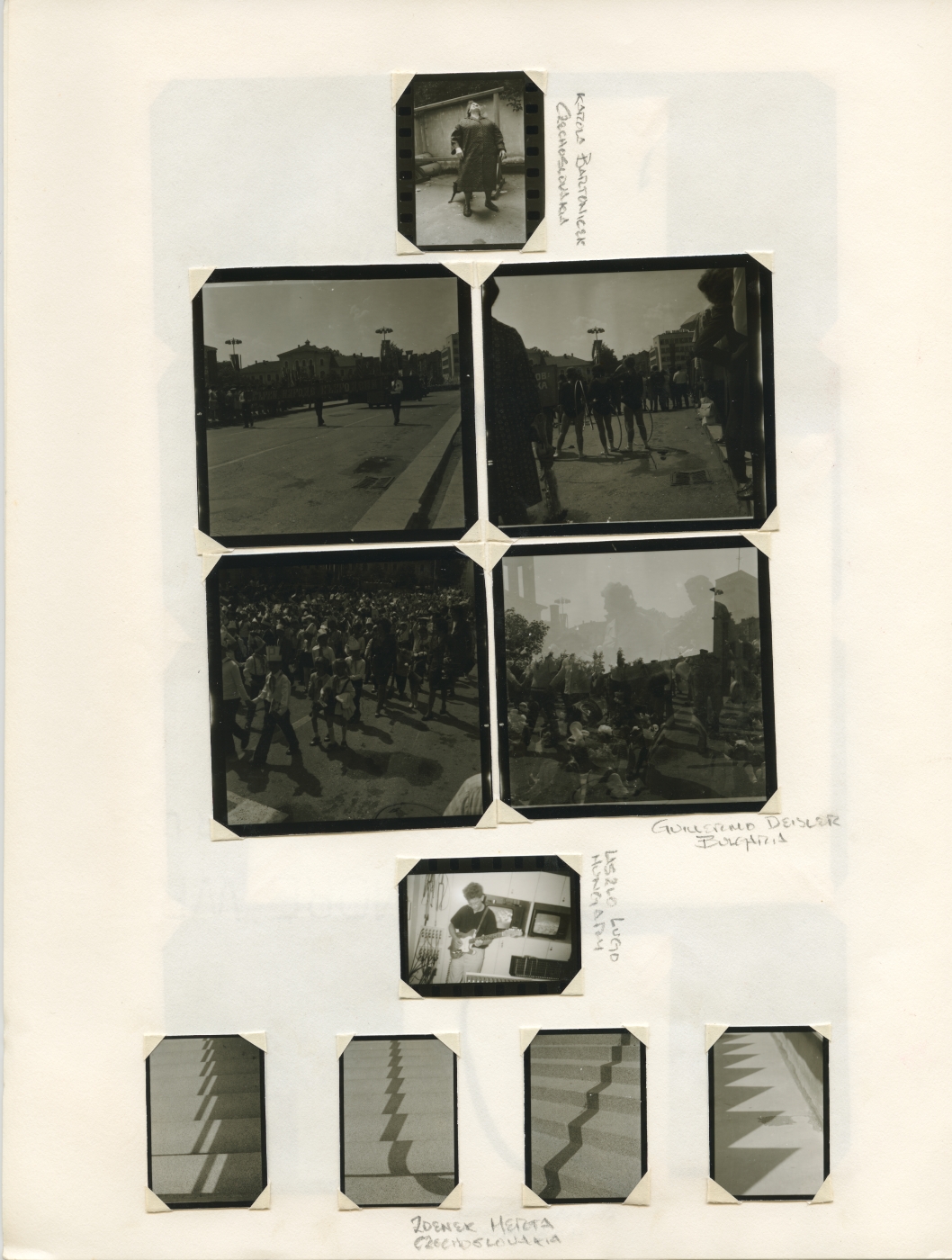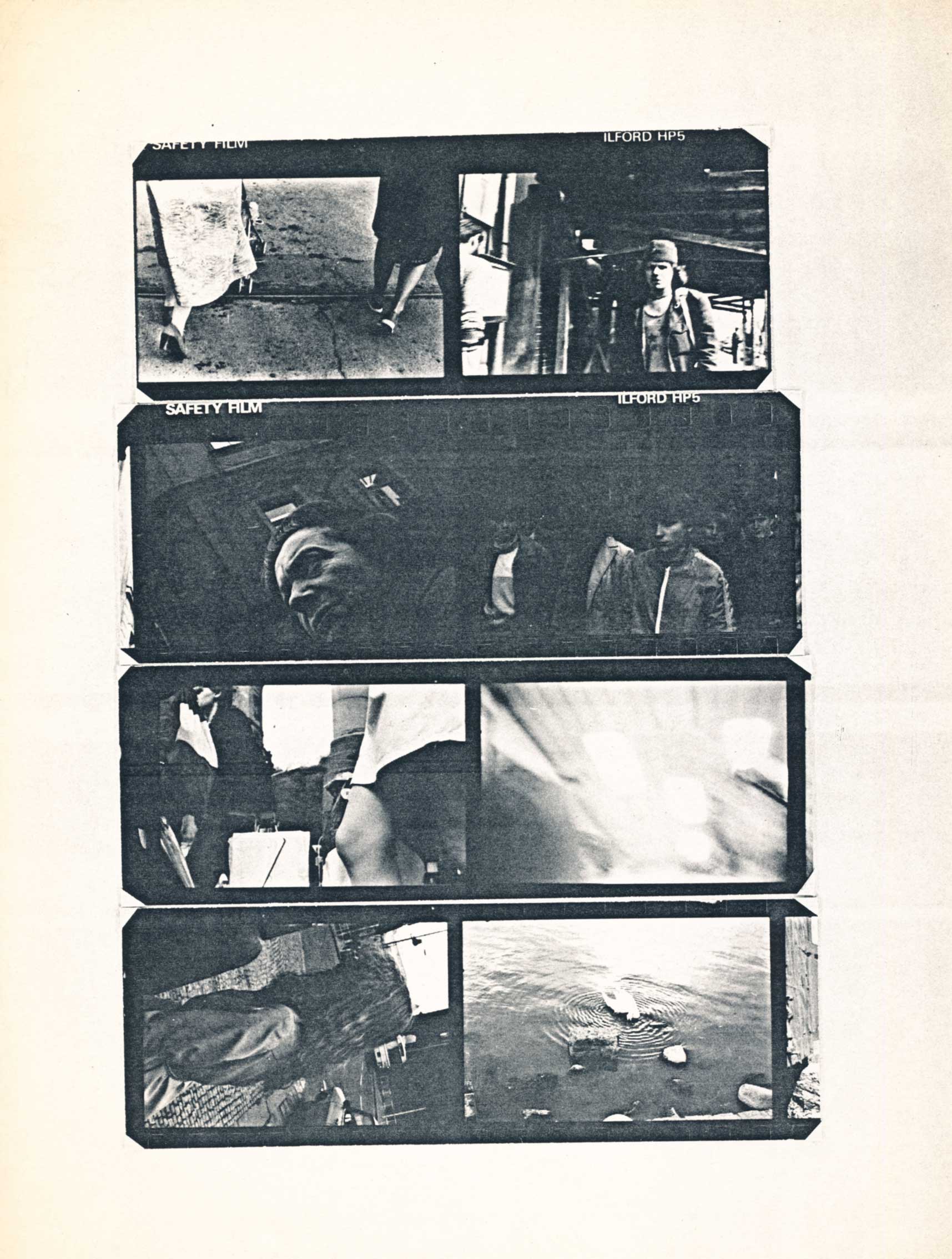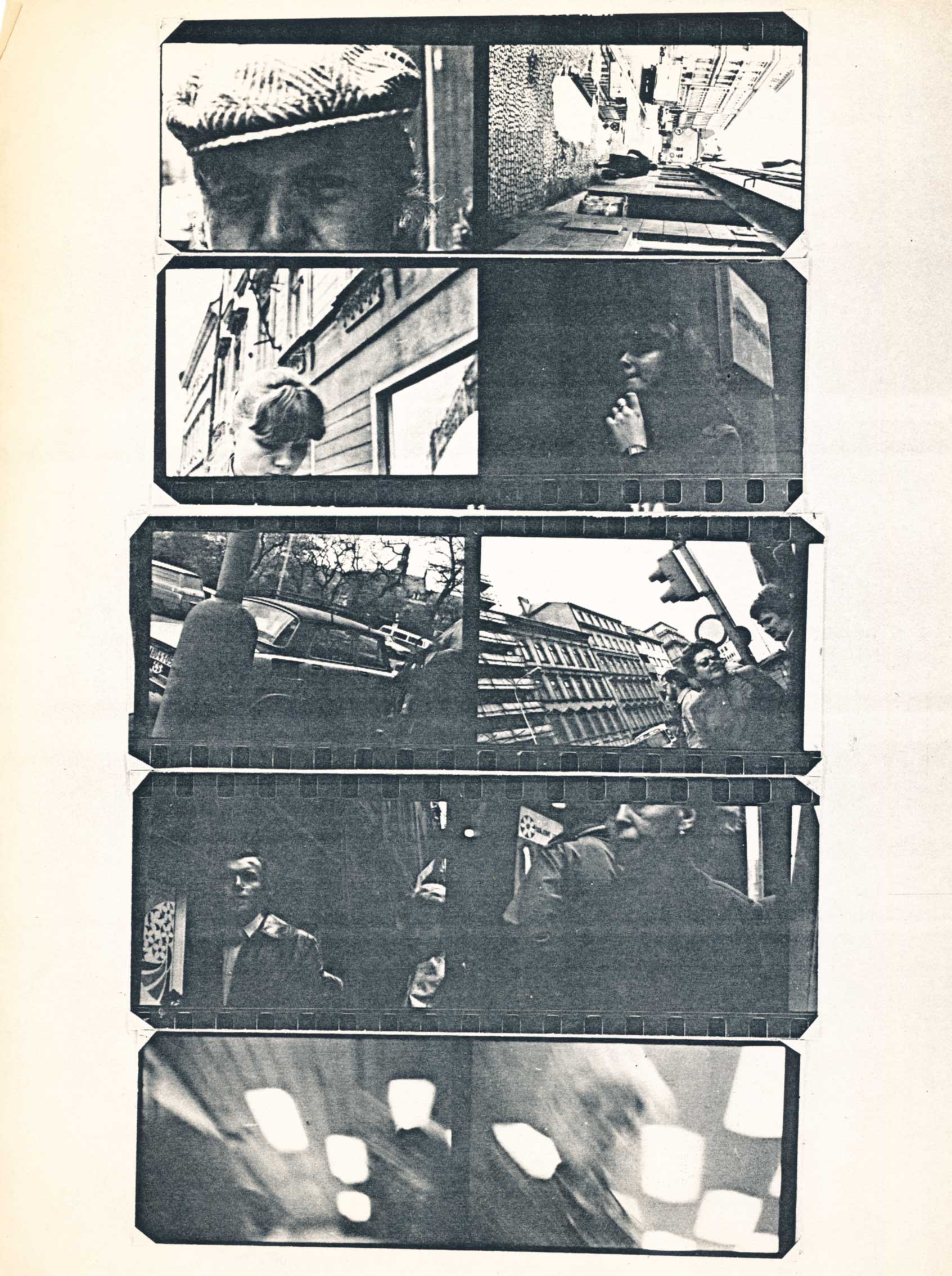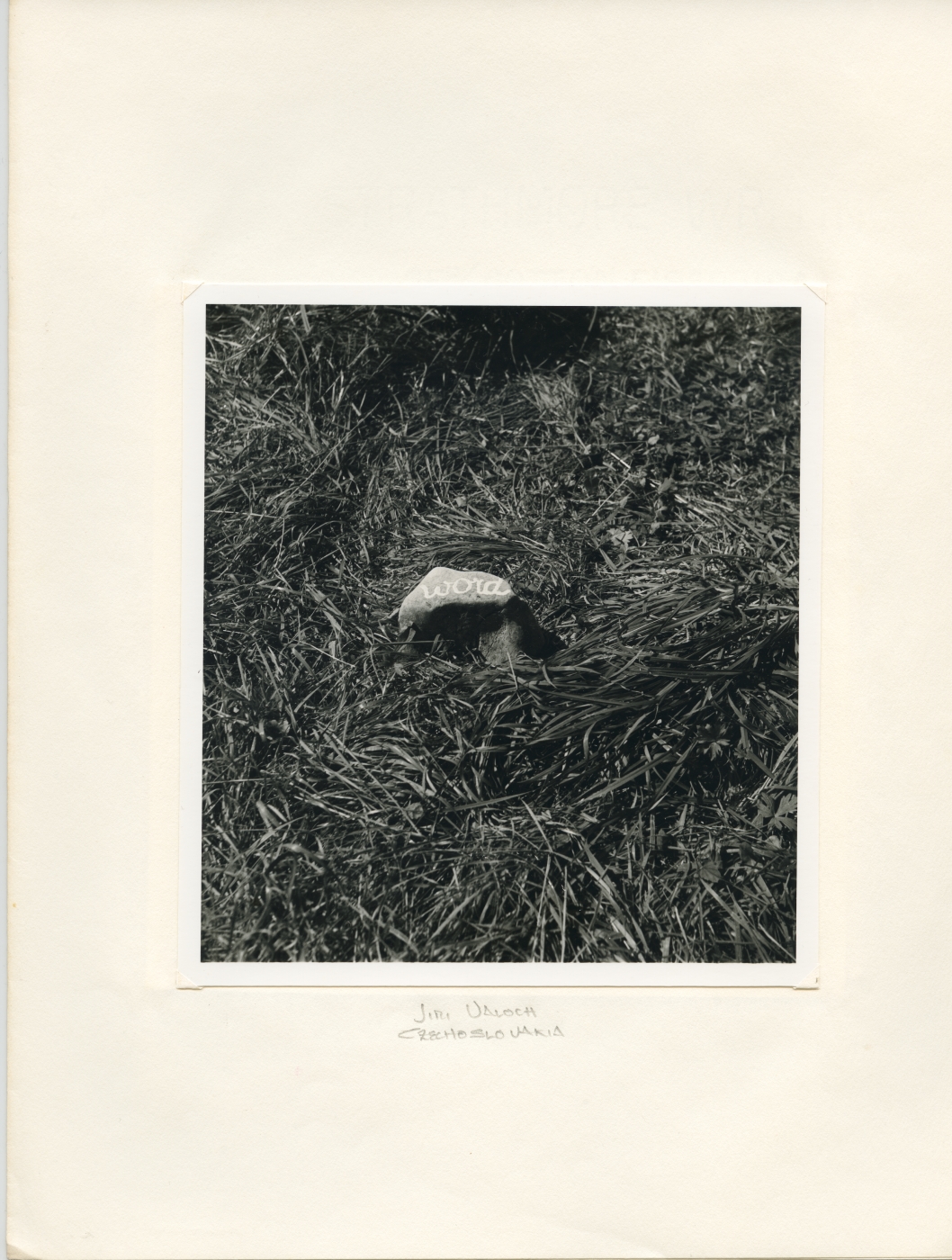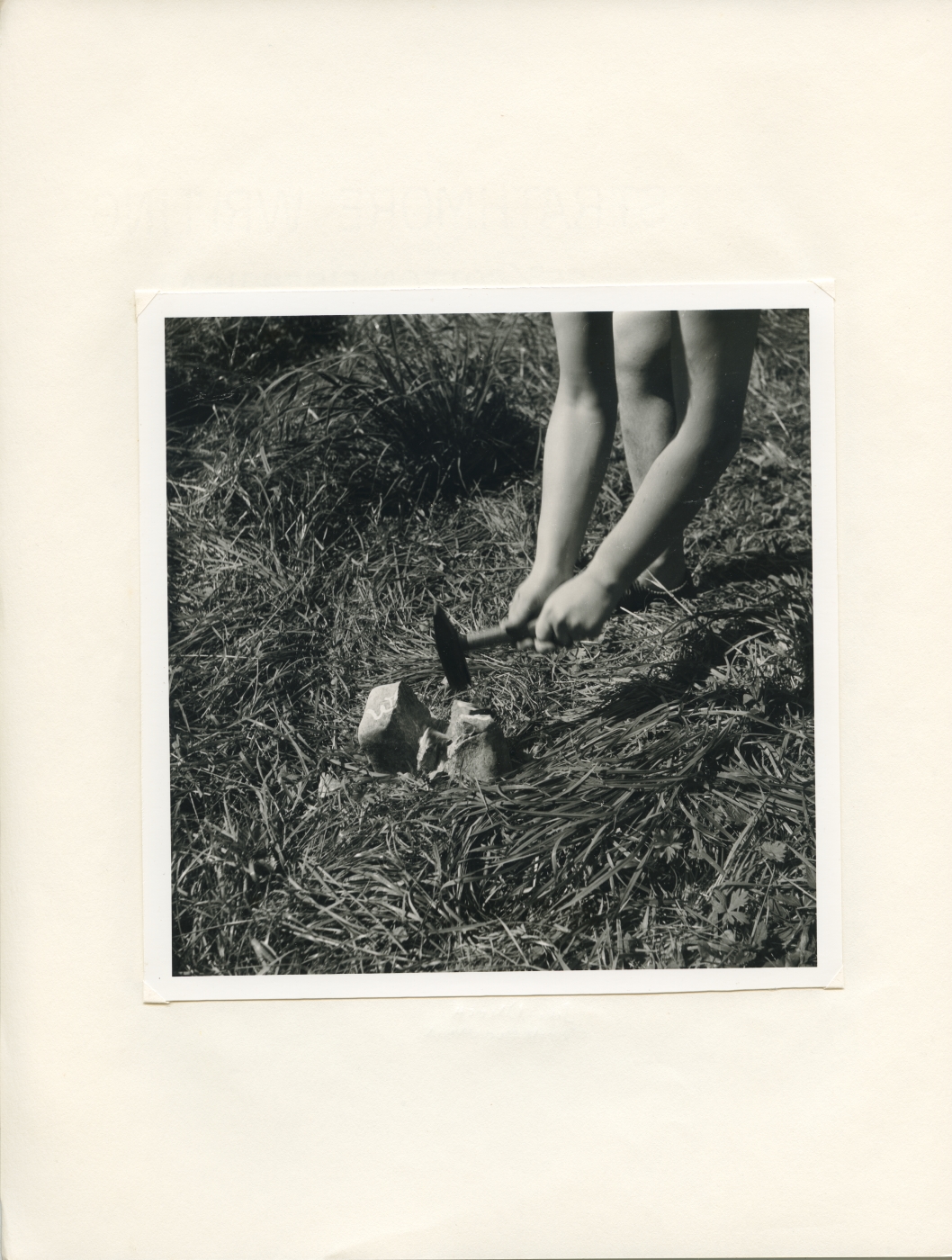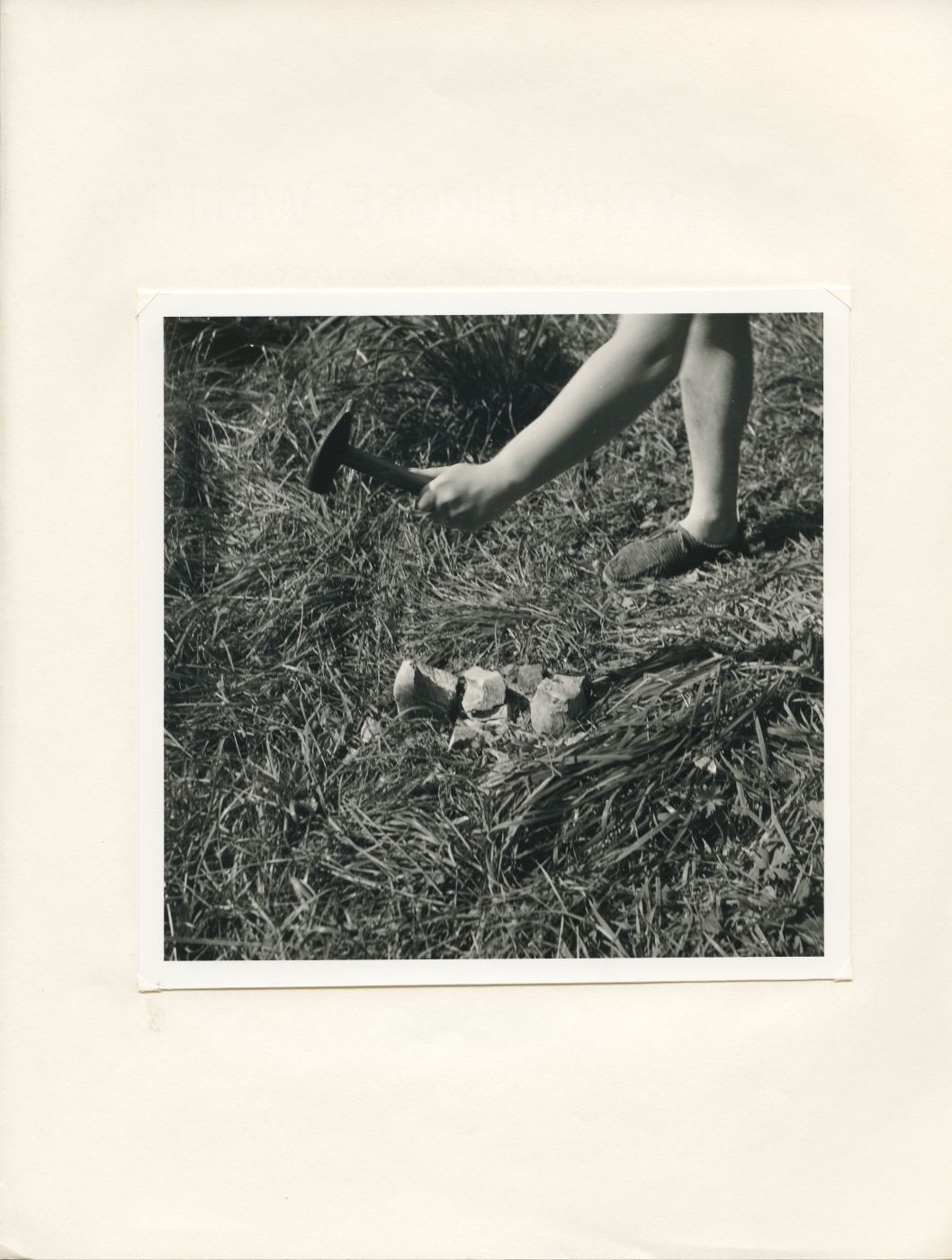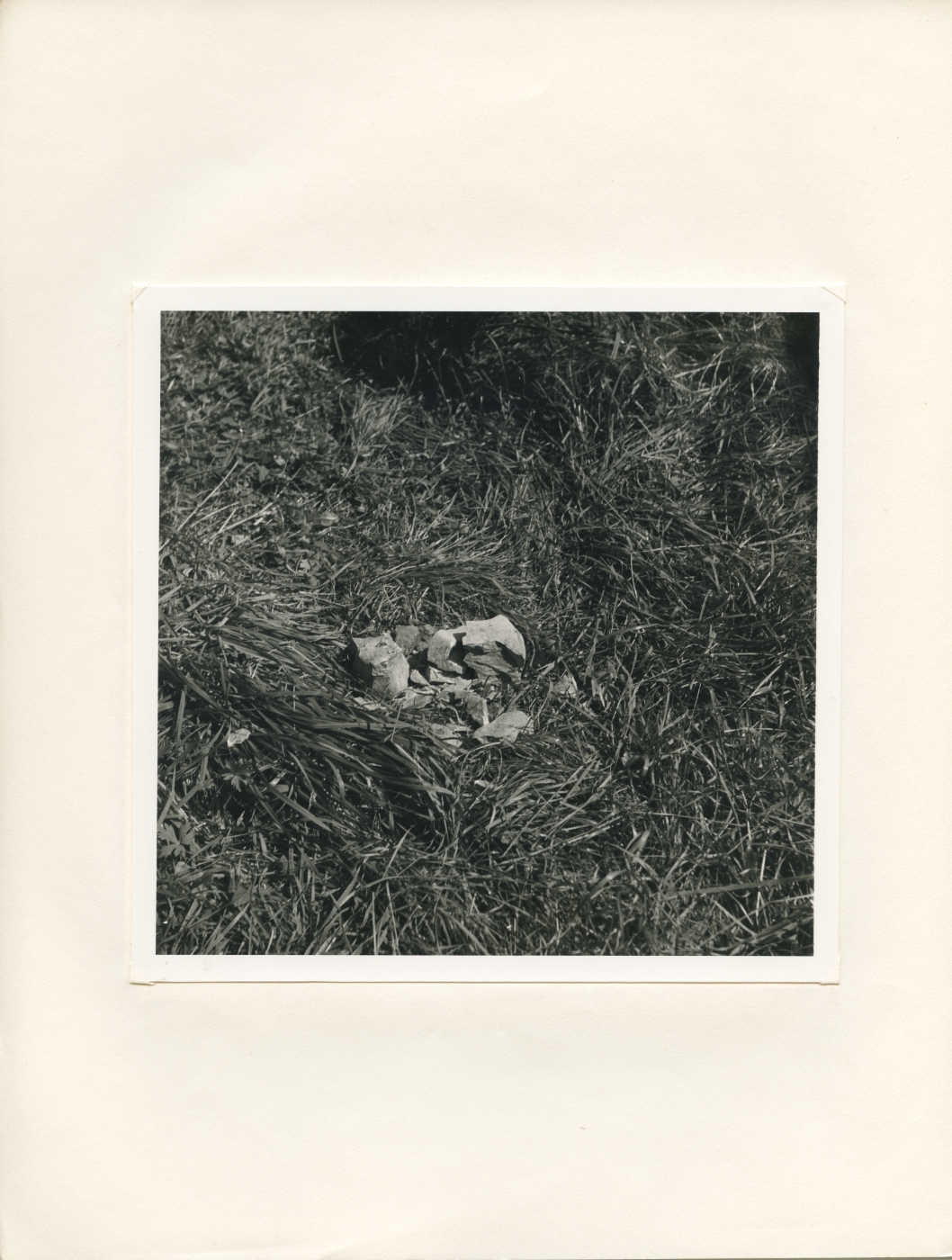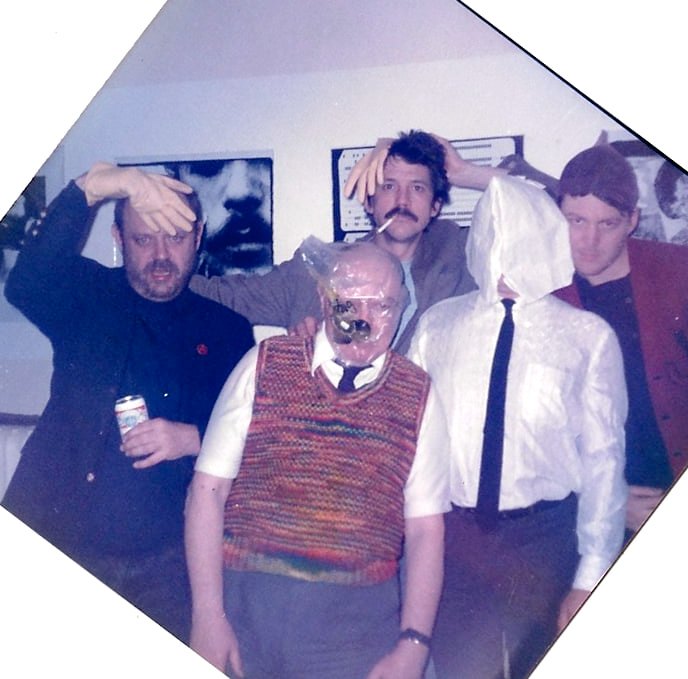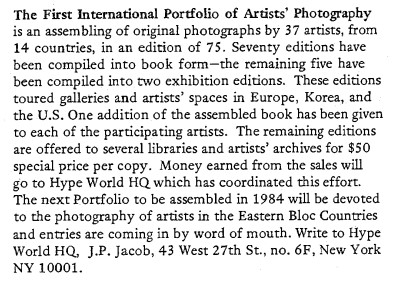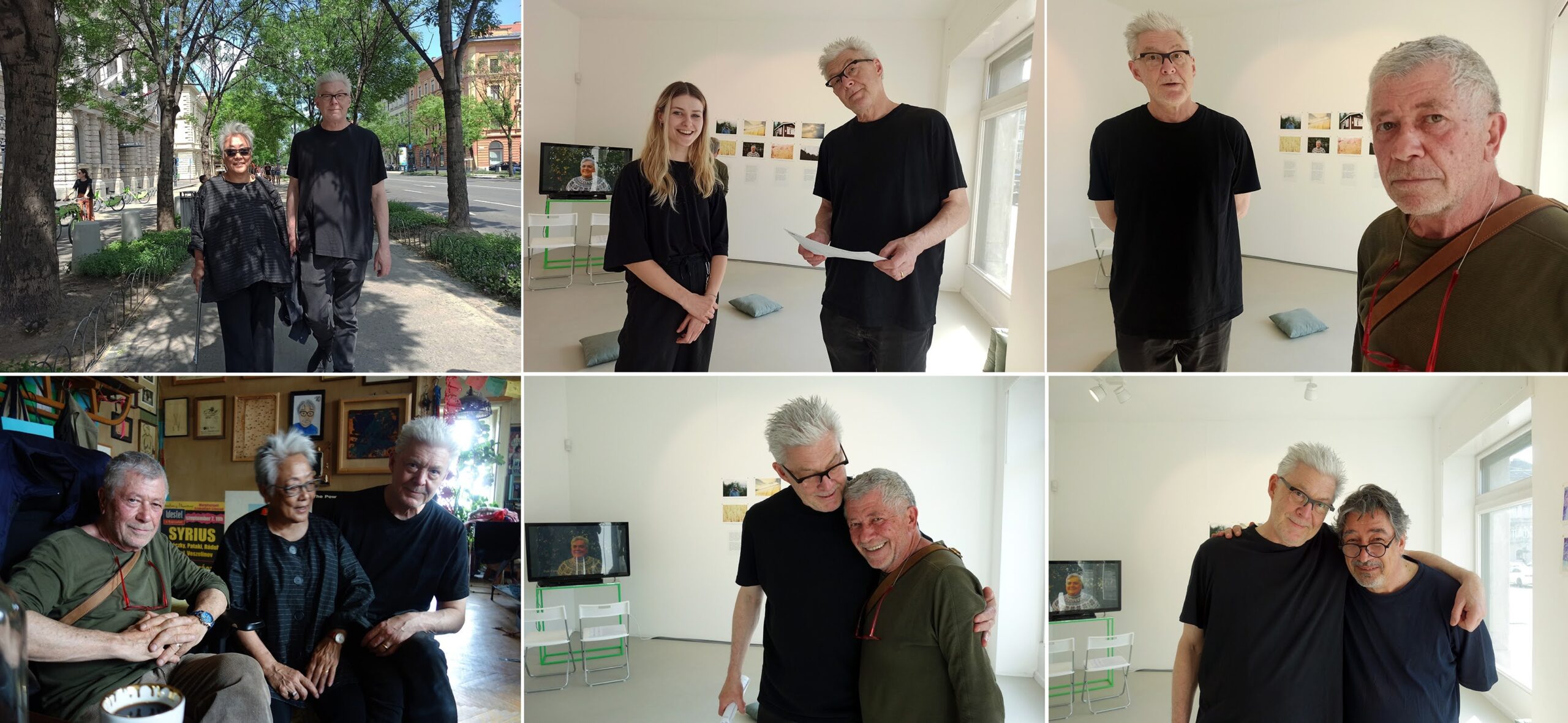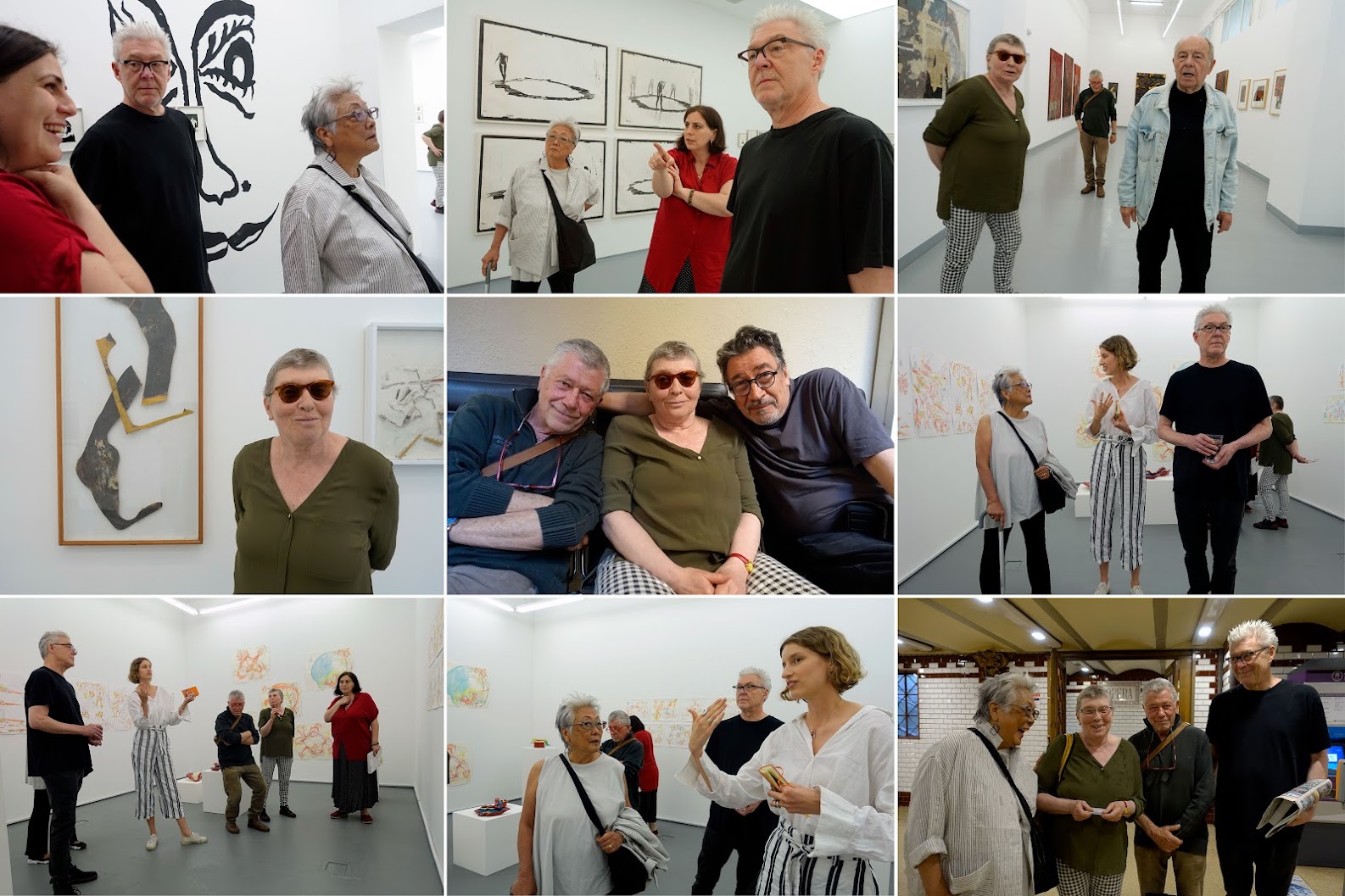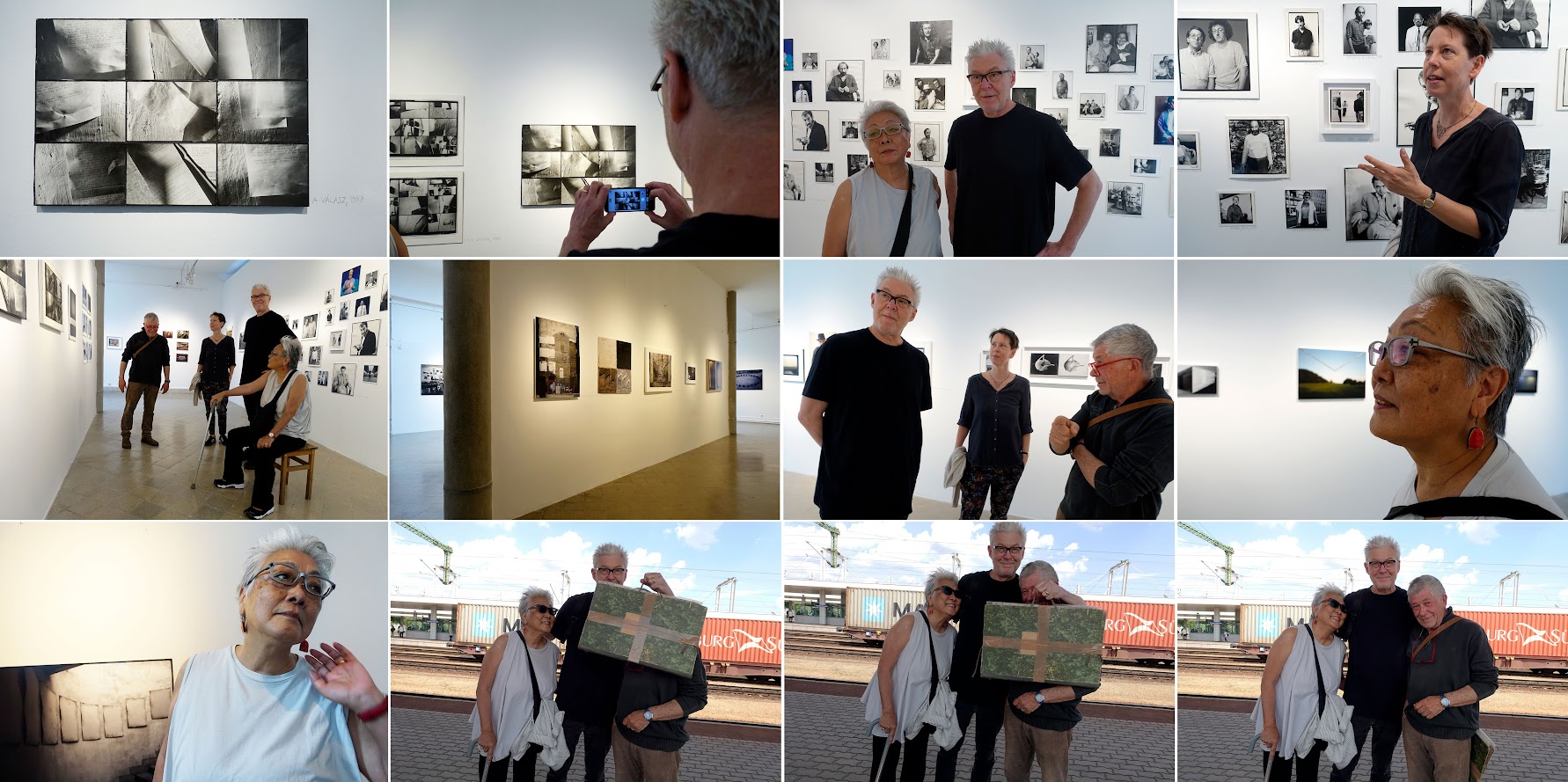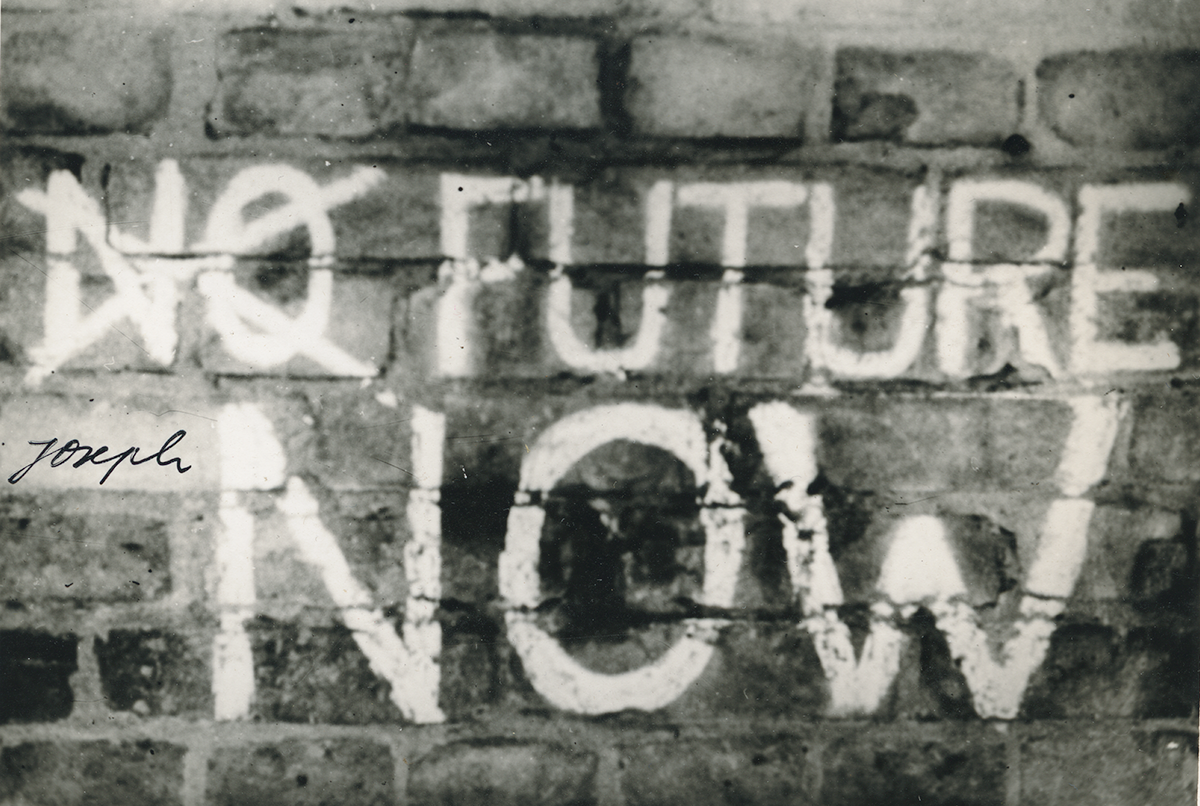This distinction between categories of networks active in the region had been noticed even in the early 1980s by J.P. Jacob, editor of American mail art magazine PostHype, which initiated a photographic art project by correspondence aimed at artists from Eastern Europe. -- Mădălina Brașoveanu, Independent Scholar, 2020
Introduction
The International Portfolio of Artists Photography was an assembling book project, conceived to explore the intersections of mail art, book art, and photography. Following the model of Richard Kostelanetz’ Assembling Press, for the First Portfolio Jacob invited contributors to submit seventy-five copies of an original photograph to be assembled into books. Contributions were solicited through the mail art network, in particular Judith Hoffberg’s Umbrella.
The “Notes” accompanying the First Portfolio announced the project as a ten-year effort, with subsequent volumes to focus on photography from specific geographical regions, appearing biennially. The Second Portfolio, scheduled for 1985, would focus on the the USSR and the Soviet Bloc countries of Eastern Europe; the Third on South America; the Fourth on Asia; and the Fifth, like the First, would be open to artists throughout the world.
Only the First Portfolio was completed as an artists’ book. Working on the Second Portfolio took Jacob to Eastern Europe and the USSR, and launched his career as a curator. The Second Portfolio is archived in two versions. The New York collection (shown on this page) compiles submissions sent to Jacob in New York City. The Budapest edition includes material sent directly to the Liget Galeria for exhibition in 1986, and preserved as the exhibition catalogue (shown here).
The Riding Beggar archive is housed with the John P. Jacob Collection at the Beinecke Rare Book and Manuscript Library, Yale University.
The First International Portfolio of Artists Photography
The First Portfolio included works by thirty-seven artists from fourteen nations. The photographs were bound into a tri-fold muslin folio that Jacob, then working as assistant to a women’s clothing designer in New York City, designed and hand-sewed. Two sets of prints were used as exhibition copies that traveled to venues in Europe, Asia, and in the US during 1983 and 1984.
In 2017, on its 35th anniversary, the First Portfolio was presented by contributor Robert Swierkeiwicz at the Liget Galeria, Budapest.
First International Portfolio of Artists Photography (Open/Download PDF)
Contributors (by country):
Australia: Peter Lyssiotis
Belgium: Guy Bleus, Charles Francois, Sjoerd Paridaen
Canada: G.X. Jupitter Larsen, Janice Peshke
Denmark: Steen Moller Rasmussen, Carsten Schmidt-Olsen
East Germany: Robert Rehfeldt
Hungary: Robert Swierkewicz
Italy: Vittore Baroni, Ubaldo Giacomucci, Serge Luigetti, Ruggero Maggi, Giancarlo Martina
Netherlands: Henryk Gajewski
Poland: Waclaw Ropiecki (missing)
Scotland: Pete Horobin
Sweden: Gert Wibe
Switzerland: H.R. Fricker
UK: Frank Oliver/Eric Finlay
USA: George B. Benington, Christopher Burnett, Russell Butler, Dennis Letbetter, Des McLean, Irma Perez, Victor Perez, Carlo Pittore/Mark Melnicove, Steve Random, Larry Rippel, Lon Spiegelman, Patrick T, B.J. Tisa, Emmett Walsh
West Germany: Jurgen Olbrich, Ioan Bunnus
Exhibition Venues:
* Buro fur Kunstlerische, Trogen, Switzerland, 10/1983; Department of Art, Sung Kyun Kwan University, Seoul, Korea, 11/1983; Kunoldstrasse 34, Kassel, West Germany, 12/1983; Media Gallery, Gent, Belgium, 2/1984; Artestudio, Bergamo, Italy, 4/1984; Memorial Gallery, Glassboro State College, Glassboro, NJ, USA, 9/1984
Liget Galeria, Budapest, Hungary, 2017
The Second Portfolio (NYC version)
The impetus to devote The Second Portfolio to Eastern Europe and the USSR arose from problems encountered during the making of the First Portfolio. Three artists from the region participated in that volume: Robert Rehfeldt from East Germany, Waclaw Ropiecki from Poland, and Robert Swierkewicz from Hungary. Rehfeldt, a graphic designer and illustrator, was prohibited by East German law from making multiples without authorization, therefore he submitted a negative that Jacob printed for him. Ropiecki’s submission disappeared in the mail, a common form of state censorship. He is listed among the First Portfolio participants as “Missing.” Only Swierkewicz, working under the somewhat less repressive cultural laws of 1980s Hungary, succeeded in submitting materials as requested in the invitation to participate.
Through correspondence with these three, as well as addresses shared by mail artists Volker Hamann and Henryk Gajewski, Jacob expanded his list of contacts in East Germany, Hungary, and Poland. From addresses shared by Fluxus collector Jean Brown and emigre artists Rimma Gerlovina and Valeriy Gerlovin, he made contact with artists in Czechoslovakia and the Soviet Union. Jacob began to solicit contributions for the Second Portfolio in 1984. Taking advantage of an already vital mail art network in Eastern Europe, each invitee was asked to share the invitation with other artists, and the map of participants expanded to Bulgaria and Romania. To limit postal censorship, and to lower costs for contributors, artists were asked to mail a single photograph or negative in an ordinary envelope, which Jacob would reproduce or print for the Second Portfolio. In 1984, Jacob printed and exhibited selections of the works received for the East European Art Exhibition at No Se No Gallery, the Galleria dell’Occhio, and 43 West 27th Street.
Following Jacob’s participation in the International Day Art mail art exhibition at the Liget Galeria, Budapest, in 1985, director Várnagy Tibor proposed an exhibition of the Second Portfolio in Budapest. Noting that it would be difficult, and possibly illegal, for such an exhibition to be locally organized, Várnagy invited Jacob to transport and present the Second Portfolio as his personal collection. Várnagy also solicited contributions to be sent directly to the gallery in Budapest. The exhibition opened in May, 1986.
Not long before Jacob traveled to Eastern Europe for the exhibition in Budapest, he was contacted by a well-known American curator who had heard about the Portfolio and asked to see it. Jacob later wrote of that encounter as a key to the Second Portfolio project:
During the Cold War era that Tibor Várnagy and I were born into, the obstacles separating West from East were razor-wire and ill-will. Geopolitical borders limited our movement, and those limits shaped our capacity to imagine. I wanted to see through the iron curtain. Based in New York City then, in the early 1980s I developed a mailing list of Eastern European artists working with photography and used the postal system to exchange my photographs for theirs. That’s how we met. Tibor Várnagy was one of those artists, and the connection of one like-mind to another was immediate, personal, and long-lasting. I planned to publish his work and the other collected material as a limited-edition portfolio of my Riding Beggar Press. One day, not long before I traveled to Eastern Europe the first time, I was contacted by a well-known American curator. He’d heard about the portfolio and asked to see it. After reviewing the photographs in silence, he delivered his assessment. “Art flourishes under democracy,” he said. “Where there is no freedom of expression, there can be no art as we understand the term.”
I’ve thought about that conversation many times since. The curator seemed relieved that nothing in the portfolio challenged our understanding of the term art. Street scenes, portraits, performance documentation, etc.; the photographs looked familiar, and could thus be dismissed as imitative. They affirmed our understanding of what art is under democracy by failing to affirm what it is under socialism, i.e., by not visualizing its constraints on self-expression. But is the rule of art that it must be freely expressed, or a demonstrable expression of freedom? If so, what might an art that acknowledges the constraints of socialism look like? How might I, having no direct experience of those constraints, recognize an art that acknowledges them? The lesson I took from my conversation with the curator was that our understanding of what art is blinded us to what else it might be. I was trying to look at the world through an Eastern European lens. I learned from our conversation that Eastern Europe is difficult to see.
Second Portfolio, ed. New York (Open/Download PDF)
Contributors (by country):
CSSR: Karel Bartonicek, Jitka Janatkova, Miroslav Klivar, Milan Knizák, Zdenek Merta, Jaroslav Richter, Jiri Valoch
East Germany: Guillermo Deisler, Stefan and Martina Giersch, Michael Groschopp, Joseph Huber, Stephan Jacob, Birger Jesch, Klaus Kux, Martin Mellendorf, Andreas Munstermann, Hans Praefke, Robert Rehfeldt, Karla Sachse, Jurgen Schoberl, Andreas Seeliger, Jorg Sonntag, Fredrich Winnes
Hungary: Gabor Attalai, Zoltan Bogdandy, Peter Bokros/Inconnu, Gyorgy Galantai/Artpool, Laszlo 2. Hegedus, Zsigmond Karoli, Istvan Laczky, Andras Lengyel, Laszlo Lugo, Geza Perneczky, Karoly Schmal, Janos Sugar, Robert Swerkiewicz, Gabor Toth, Tibor Varnagy
Poland: Bieszczady, Anna Bohdziewicz, Henryk Bzdok, Piotr Kowalski, Ir Kulik, Andrej Kwietnewski, Anna Plotnycka, Waclaw Ropiecki, Tomasz Sikorski
Romania: Ioan Bunus
Yugoslavia: Nenad Bogdanovic, Dobrica and Rorica Kamperelic, Janez Pipan, Jaroslav Supek, Andrej Tisma, Miroljub Todorovic
Postscript
The catalog of the Second Portfolio exhibition in Budapest is as close as Jacob came to completing the intentions announced in the First, of a multi-year project surveying photographic activities from disparate geographic regions. Its importance is less to any of the genres that Jacob sought to integrate than to its inadvertent participation in the cultural opening of Eastern Europe in the late 1980s. The Second Portfolio stands as the point of origin for a series of subsequent exhibitions and publications by Jacob and Várnagy which examine that opening and photography’s centrality to it.
The Riding Beggar archive is housed with the John P. Jacob Collection at the Beinecke Rare Book and Manuscript Library, Yale University.
